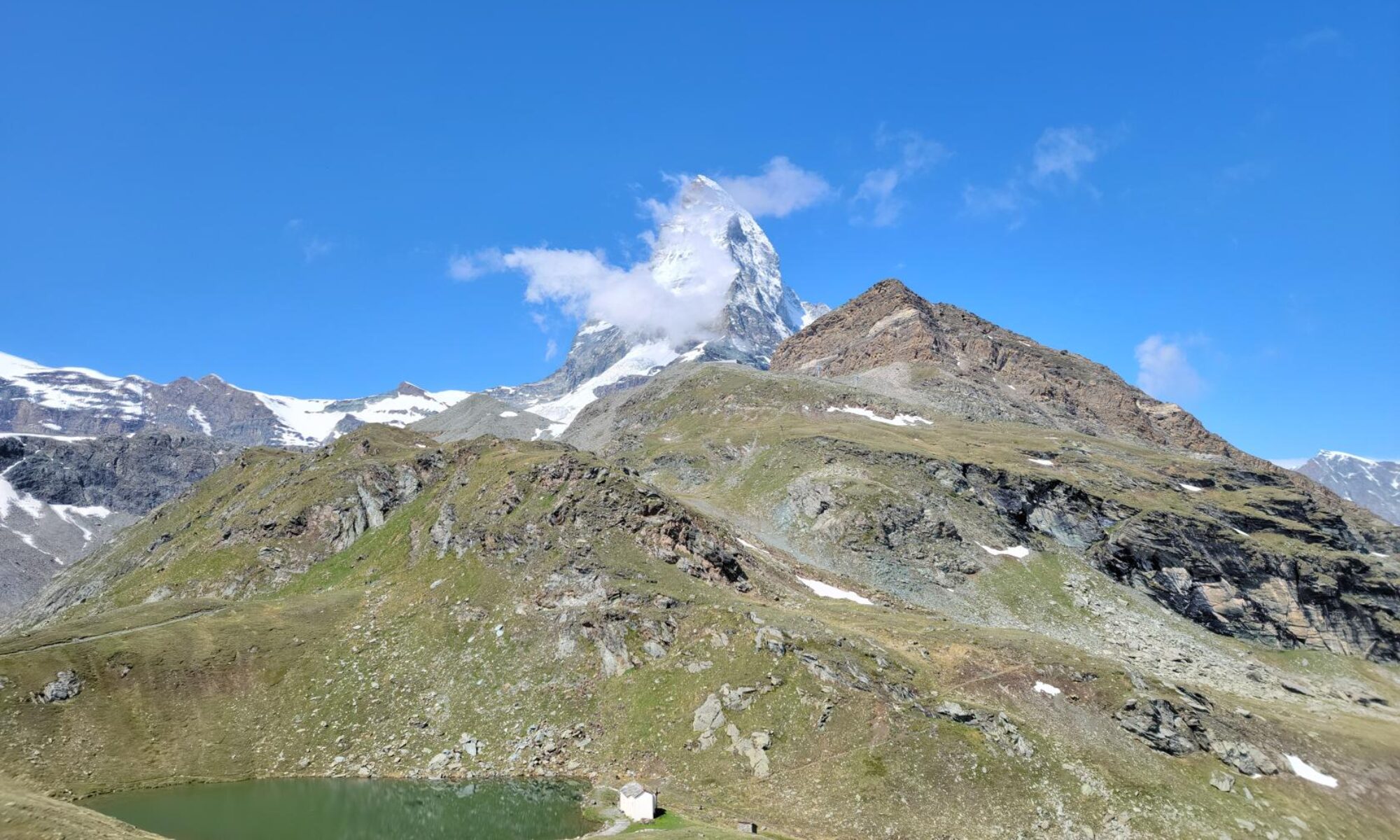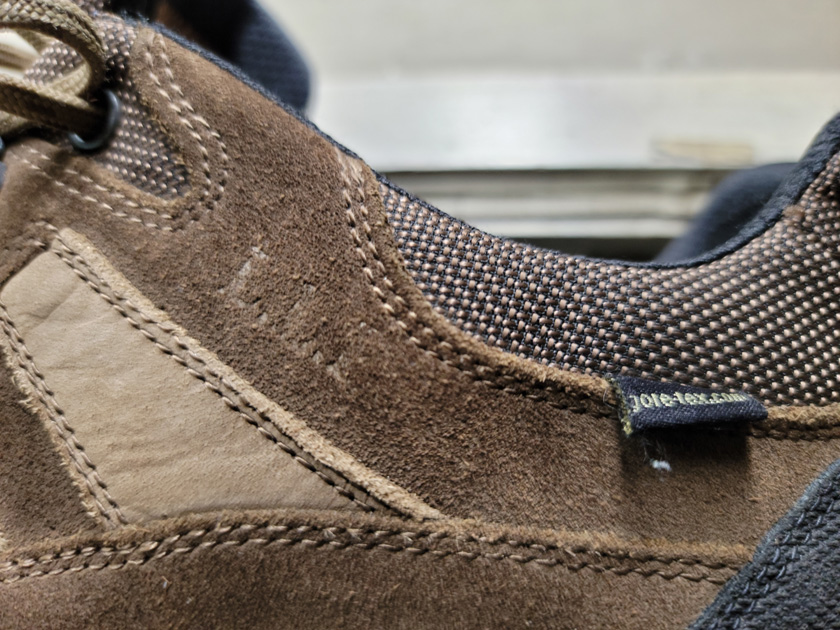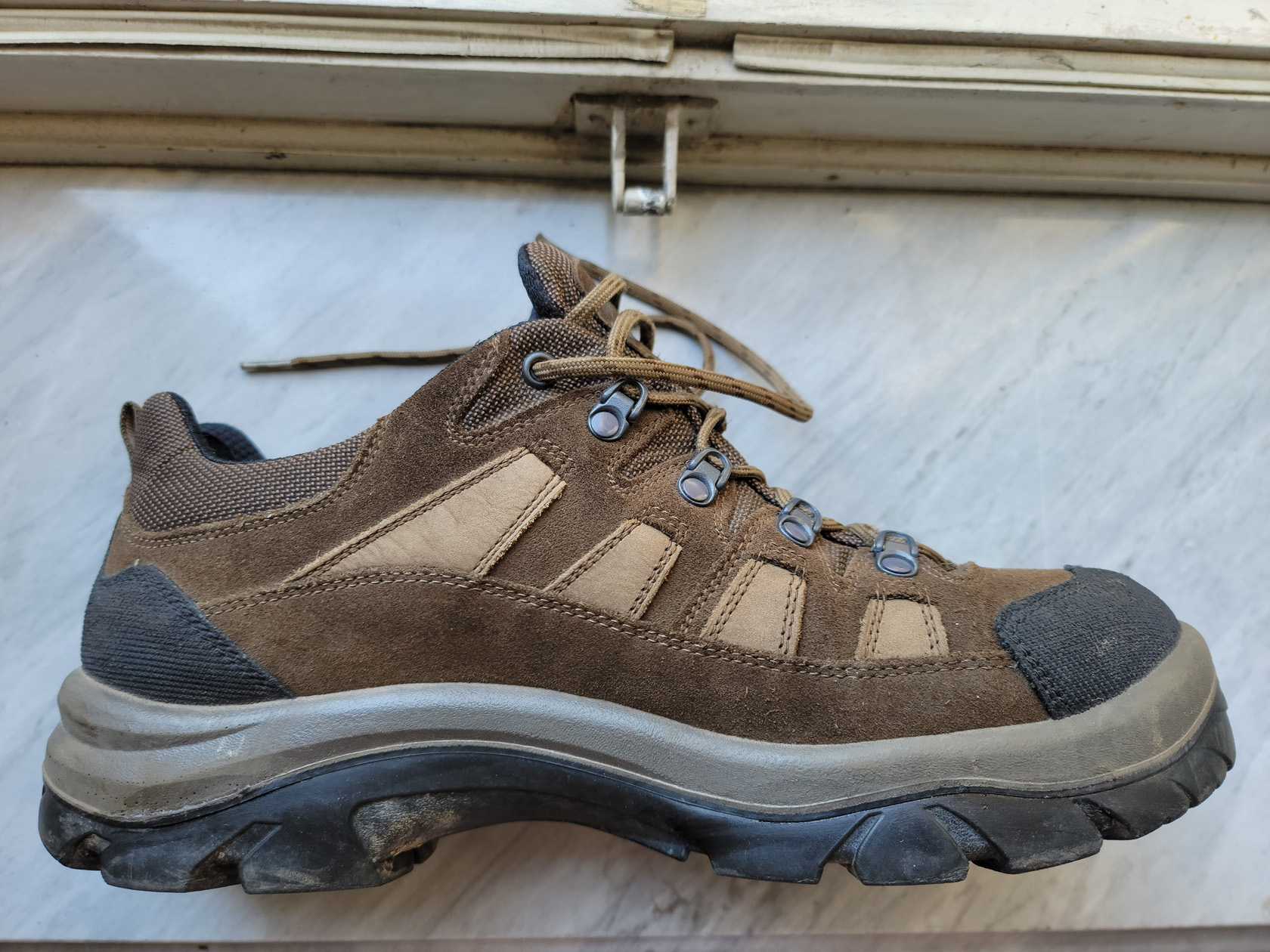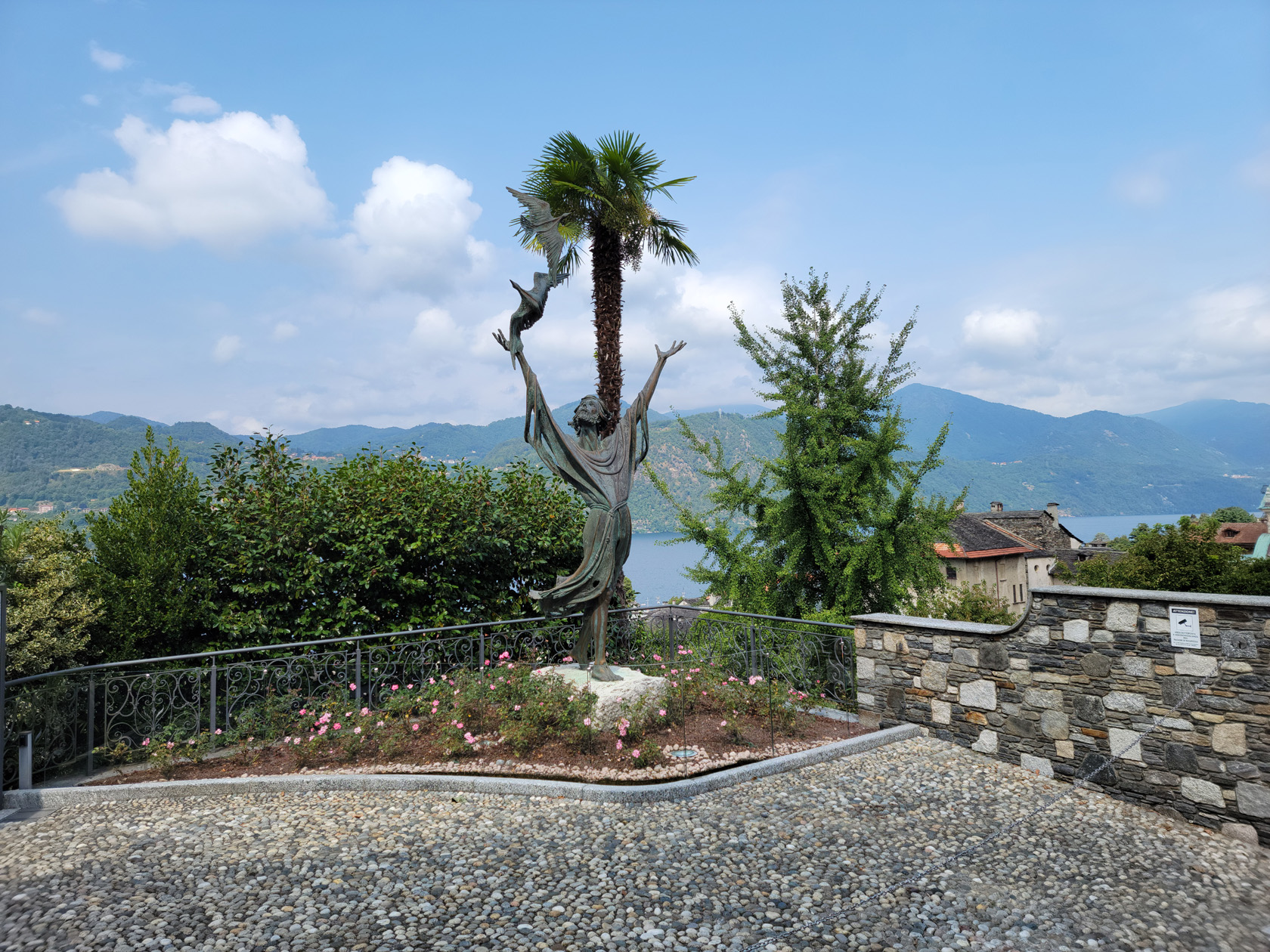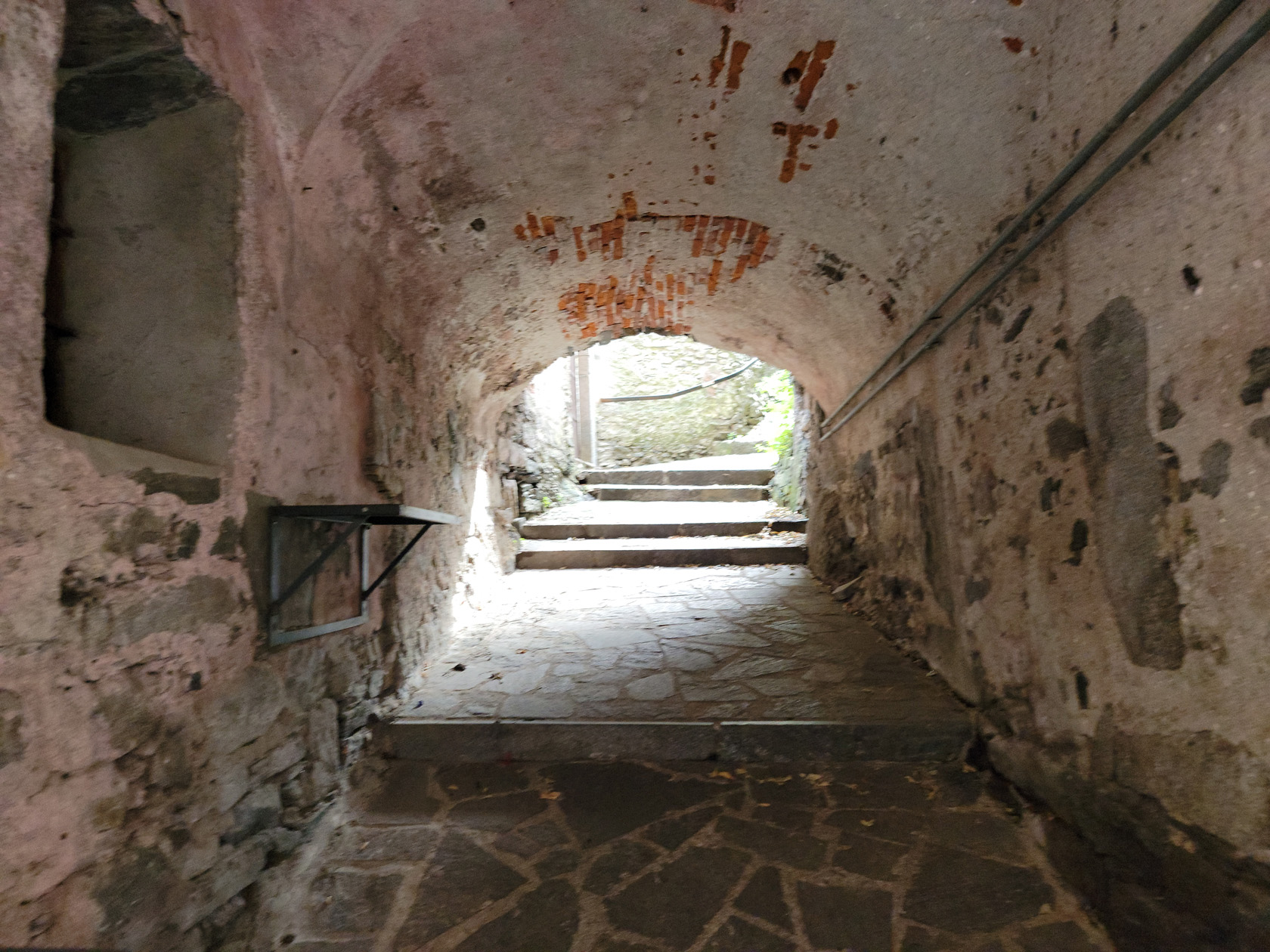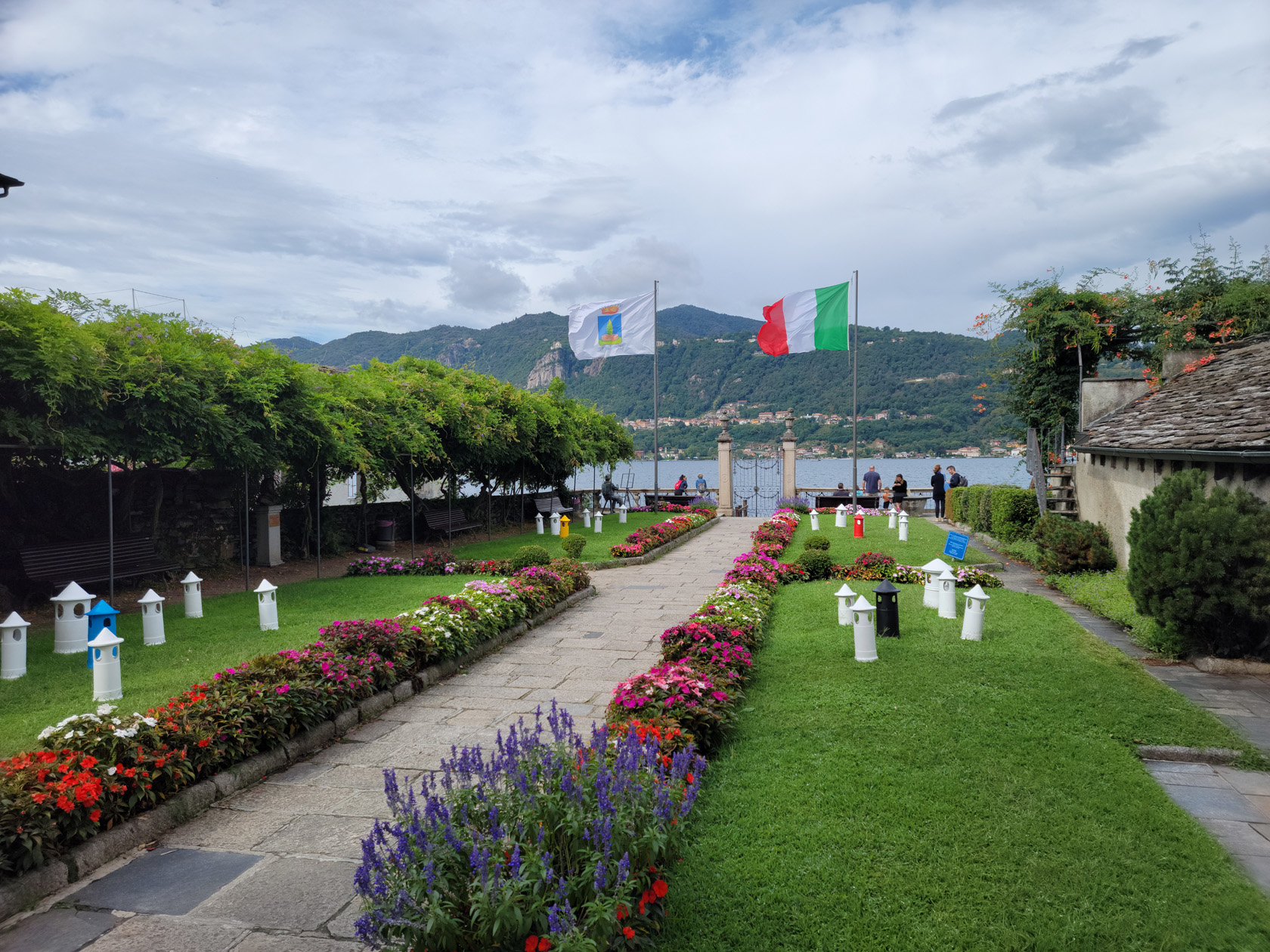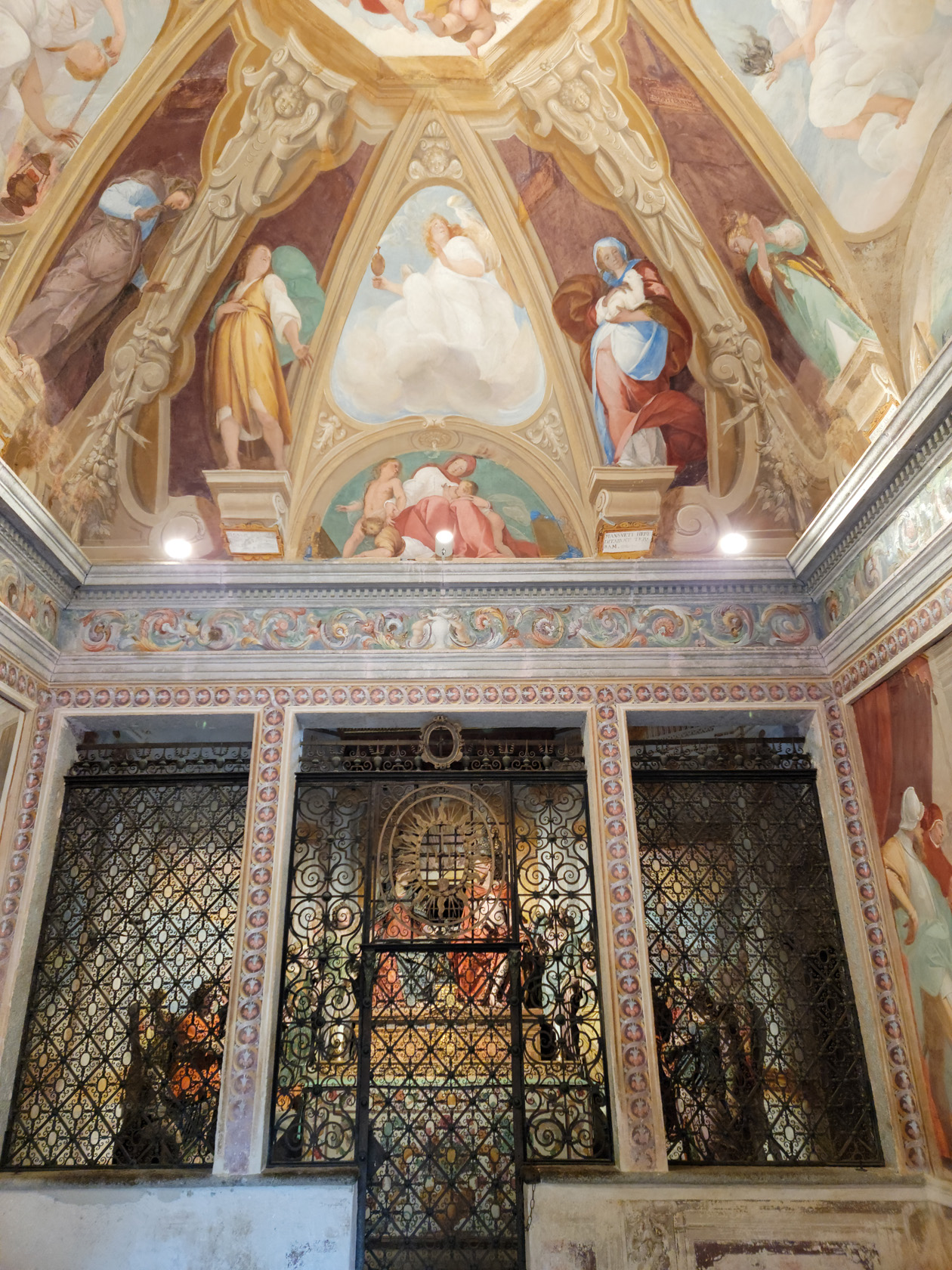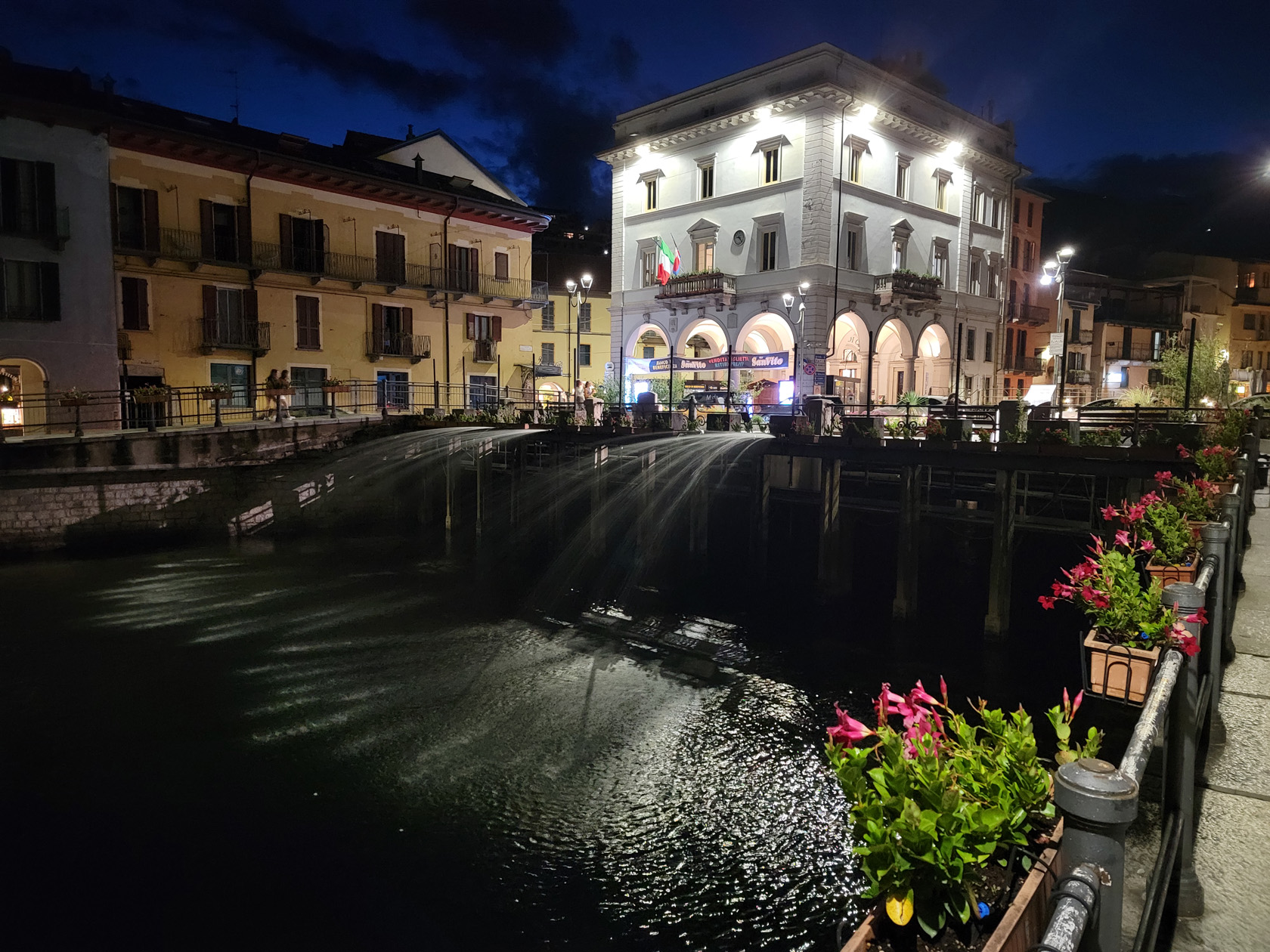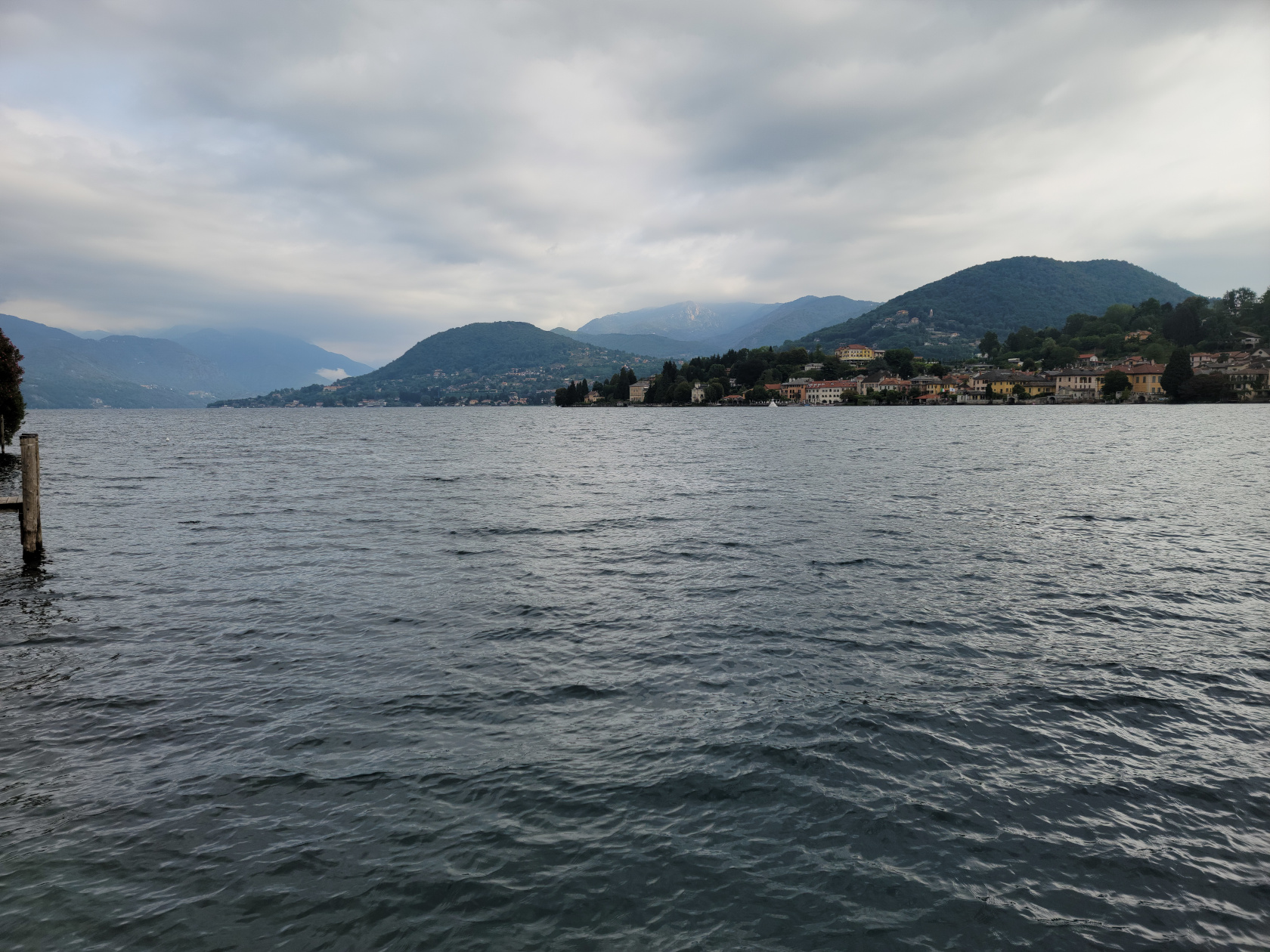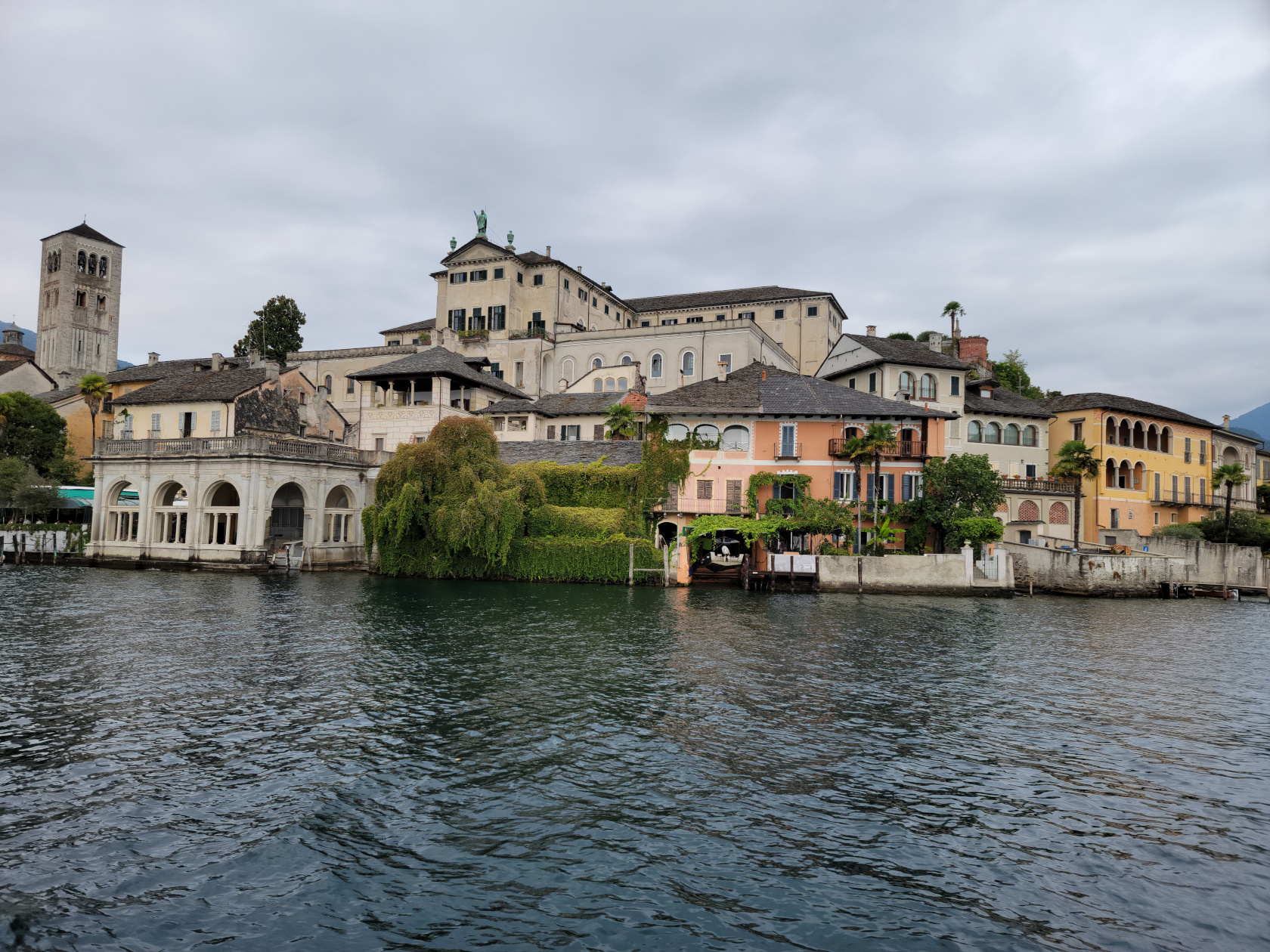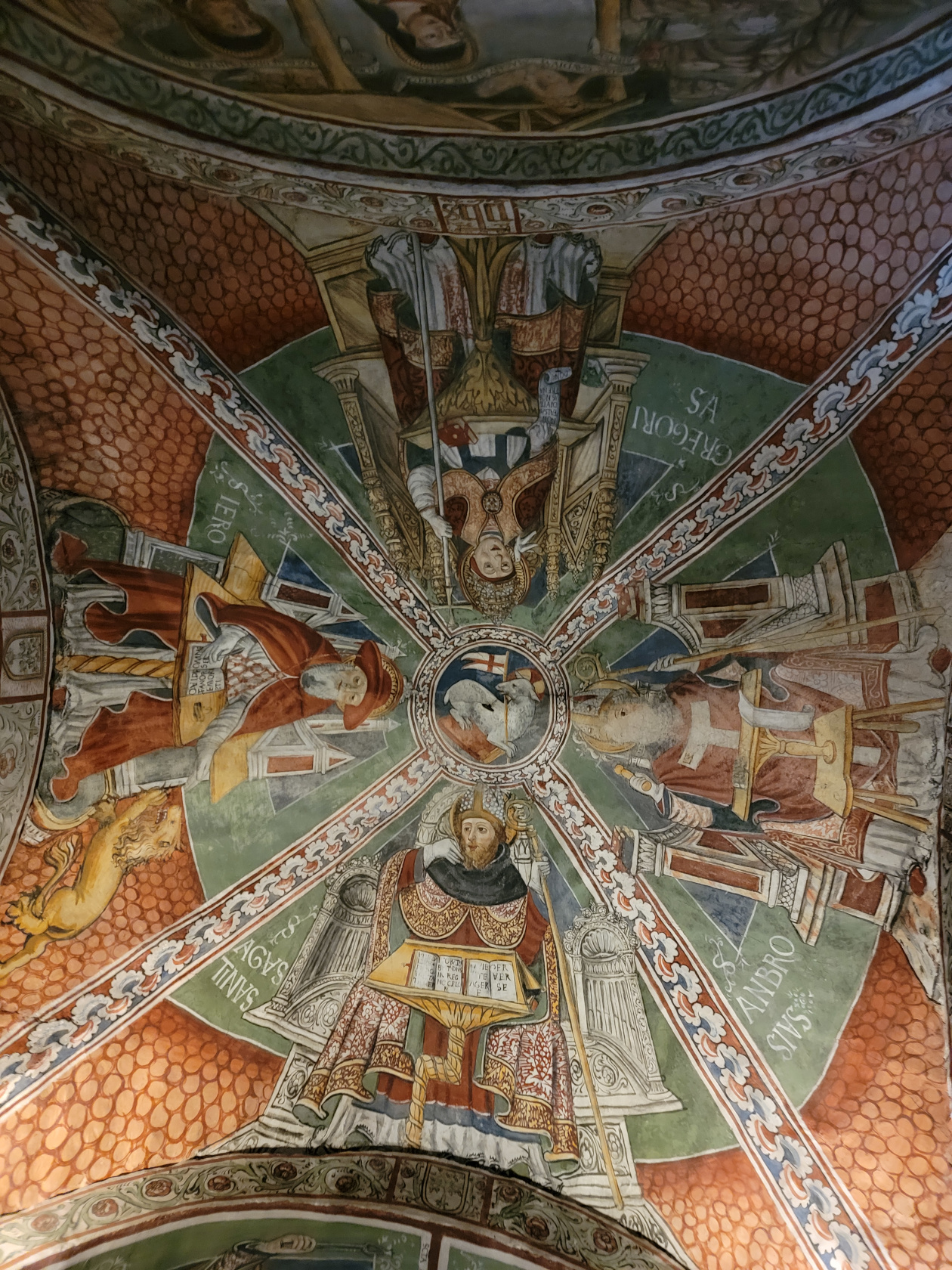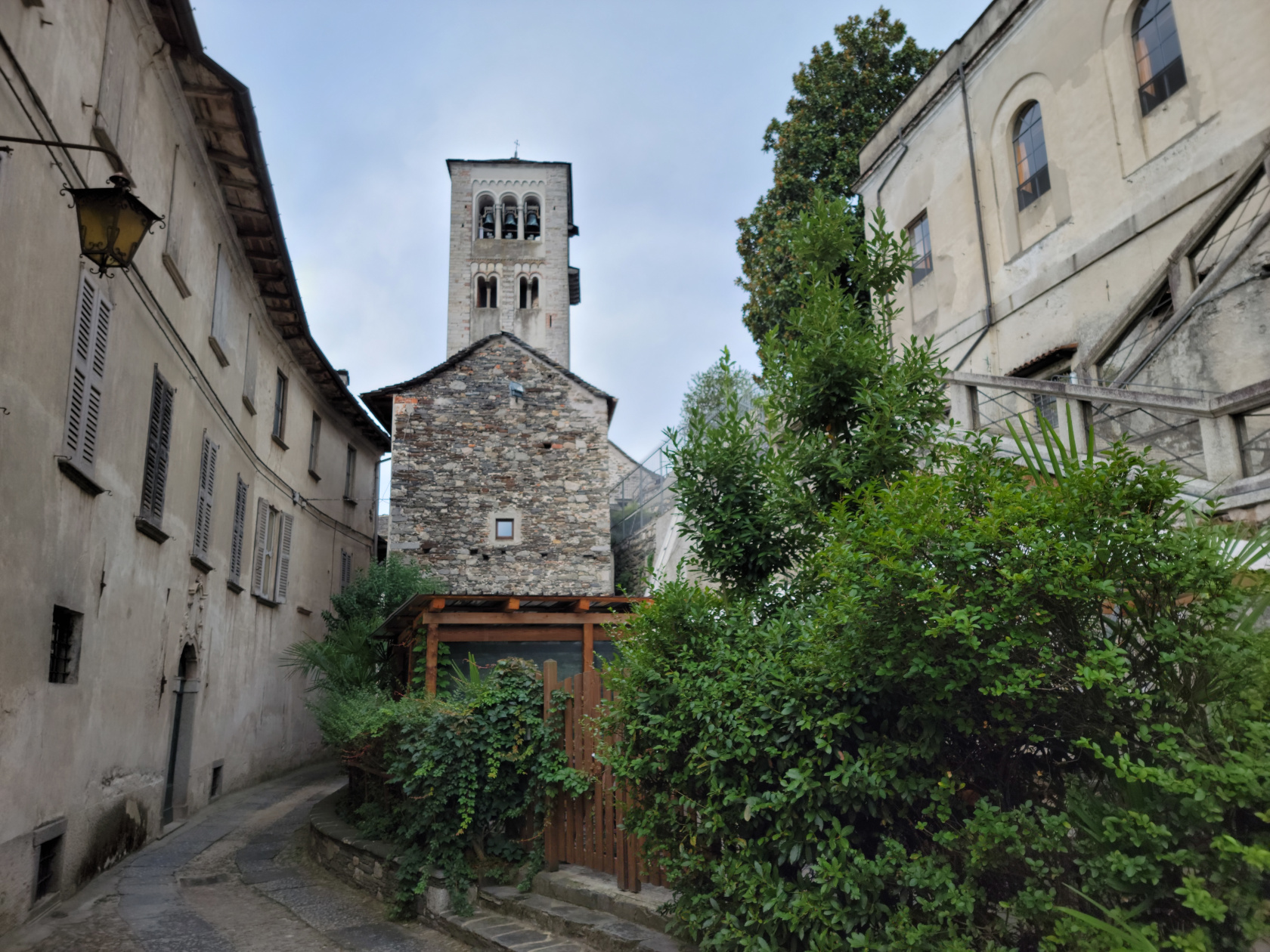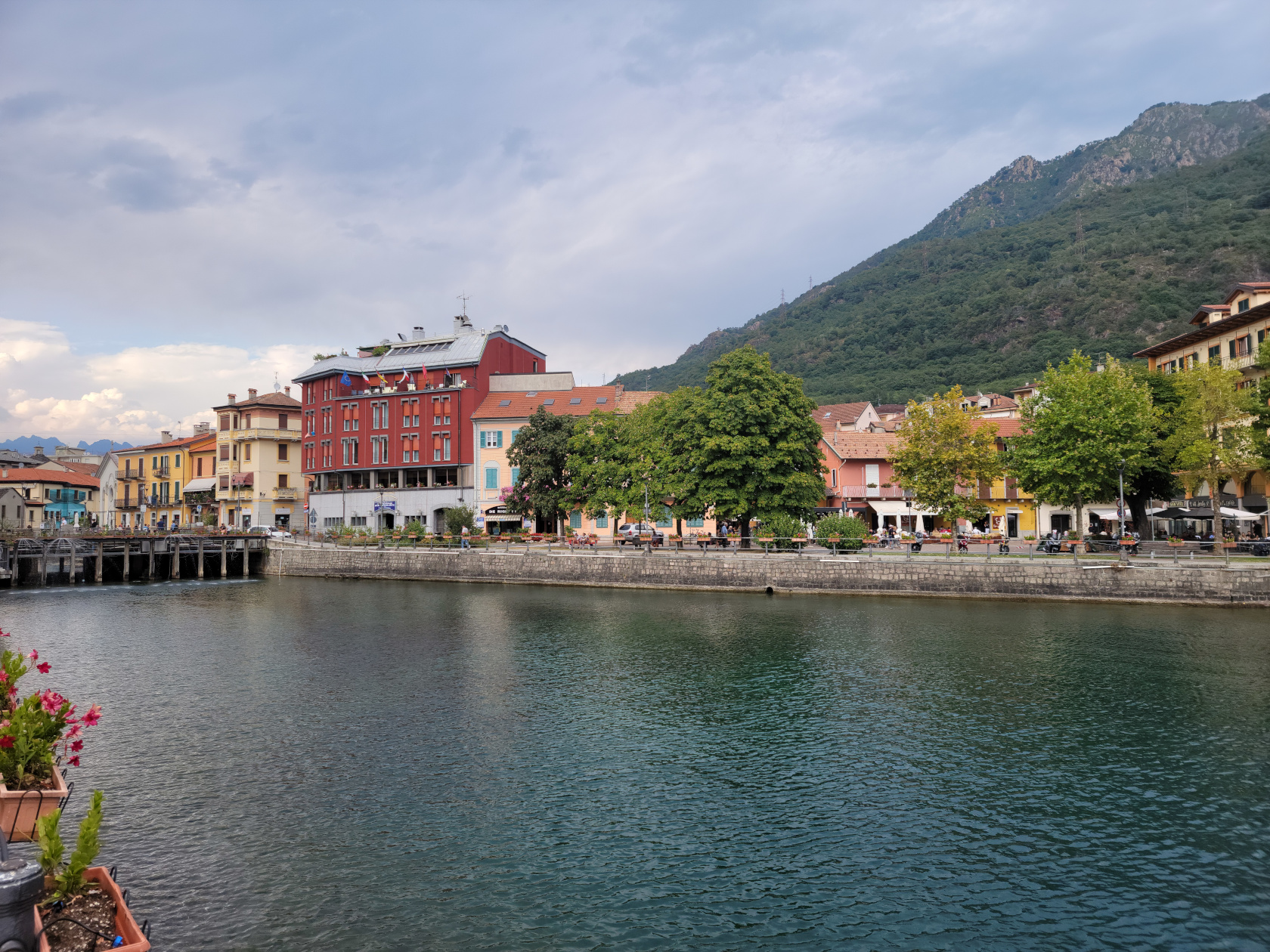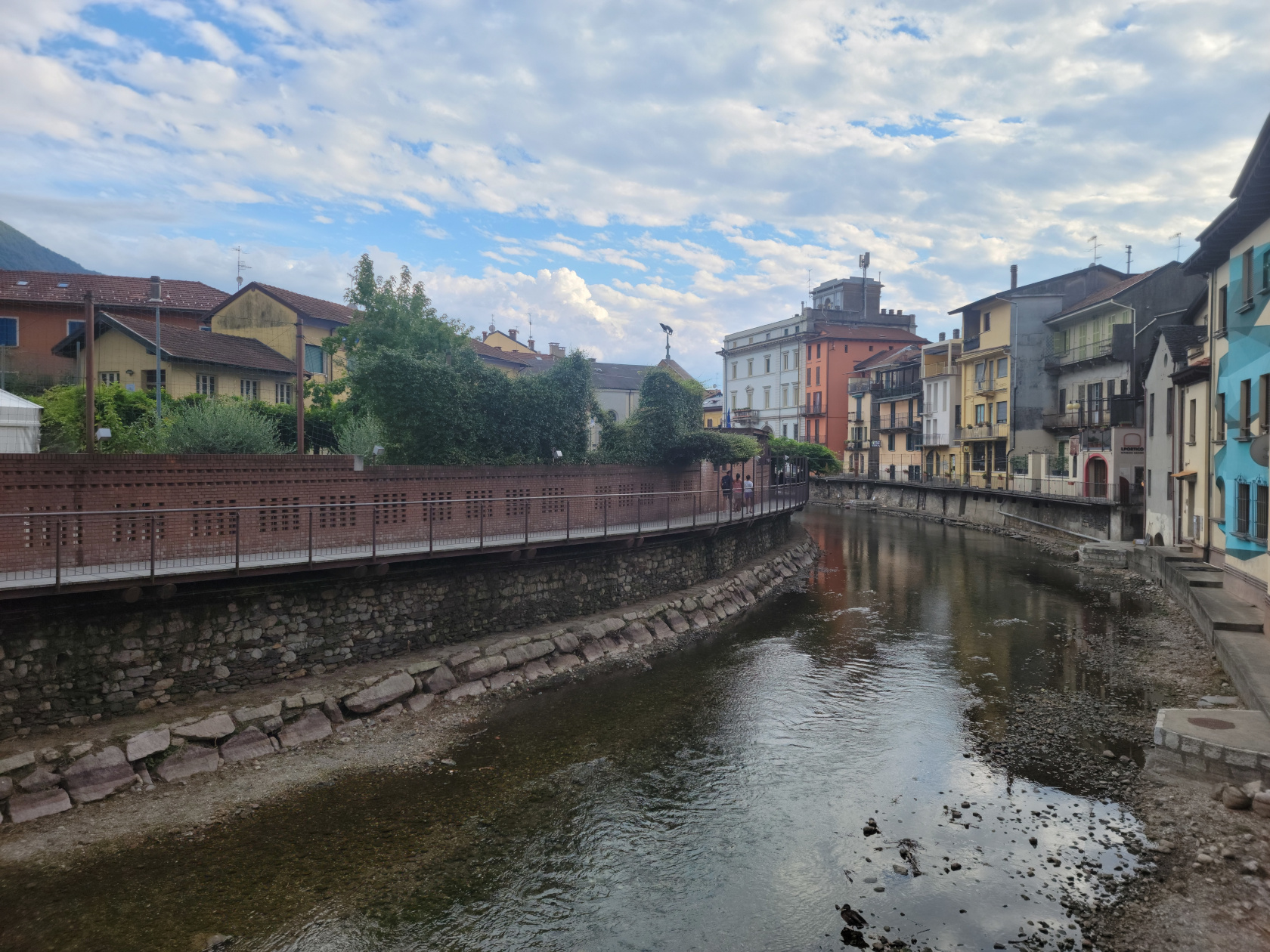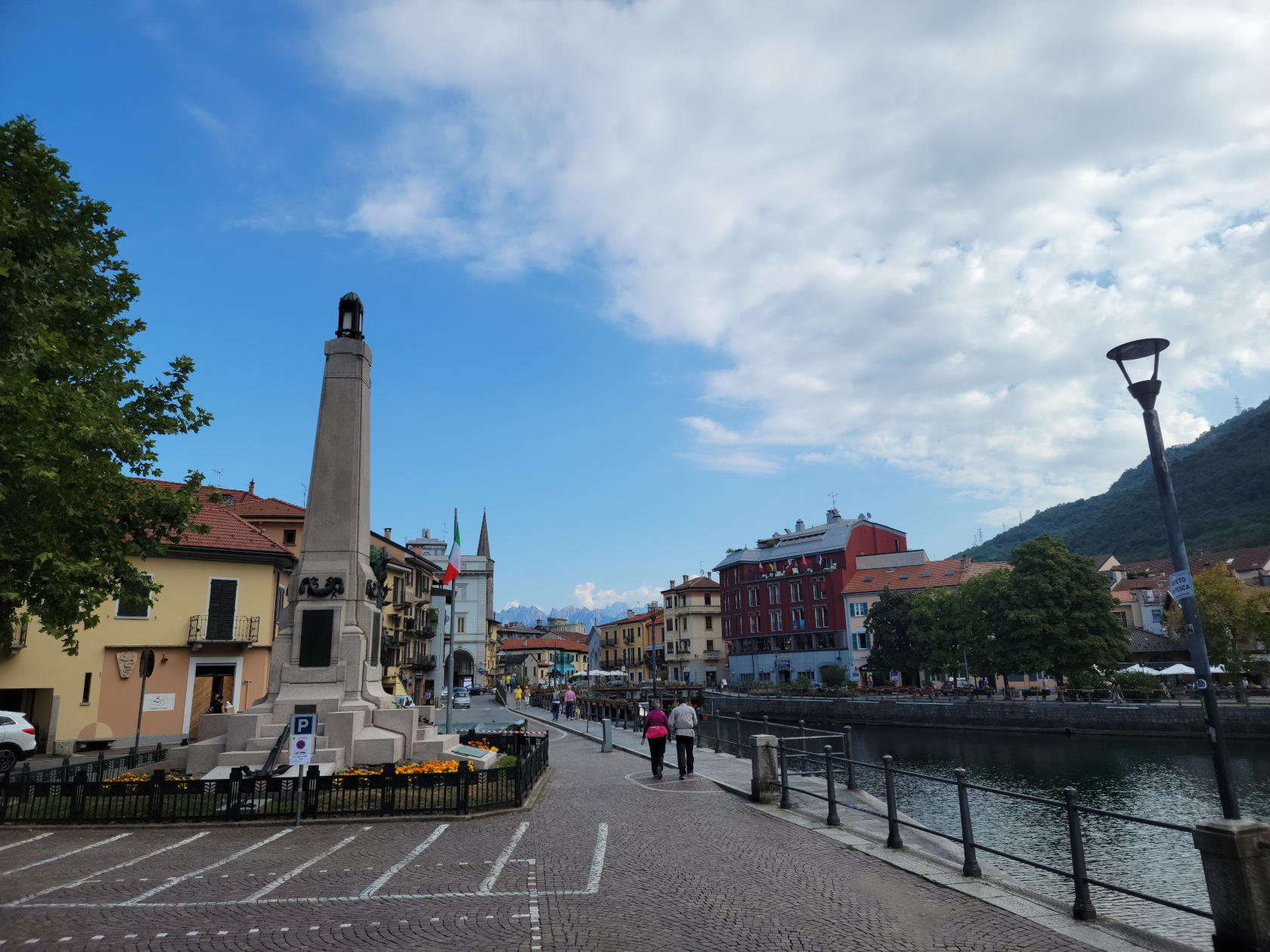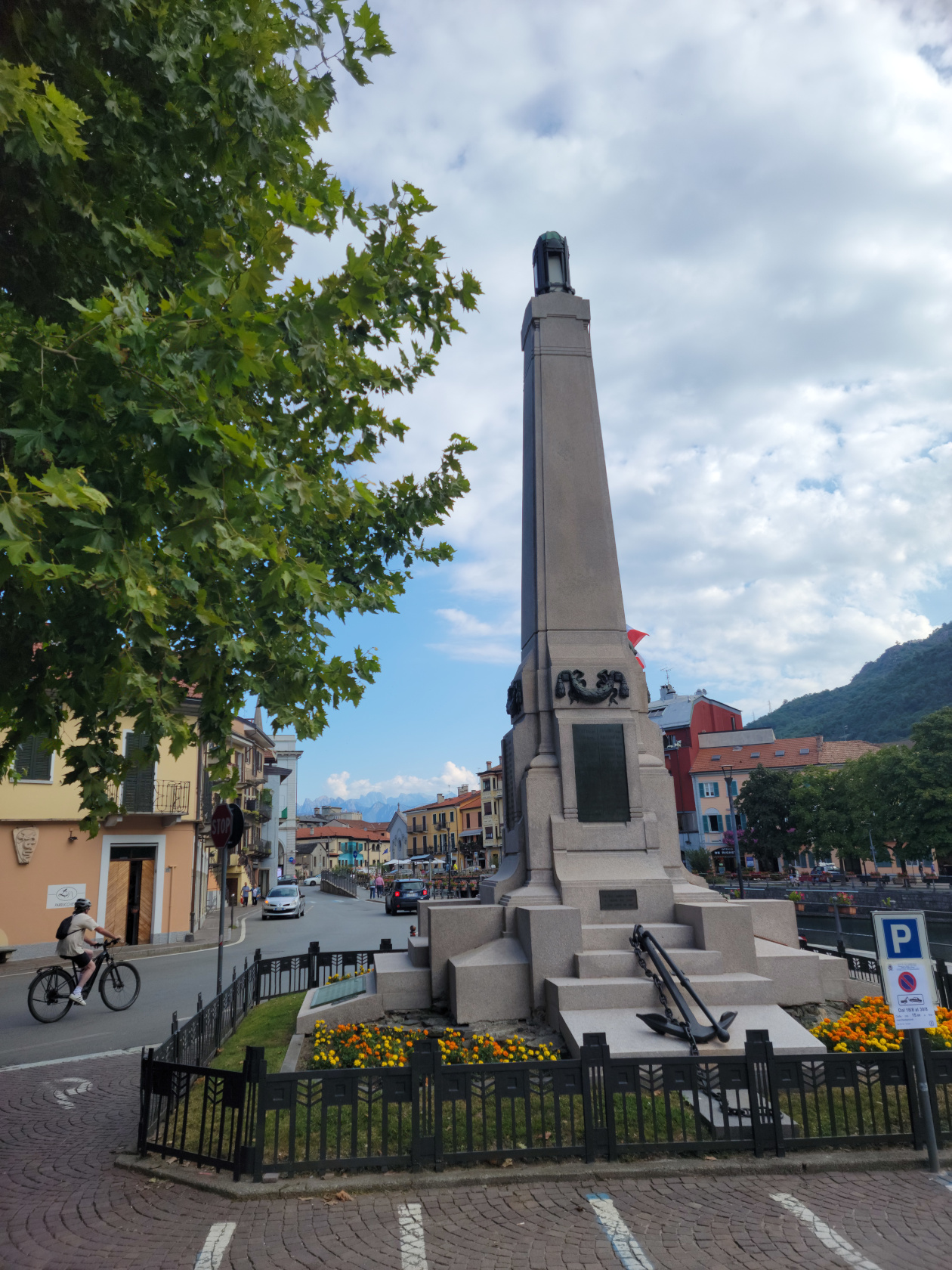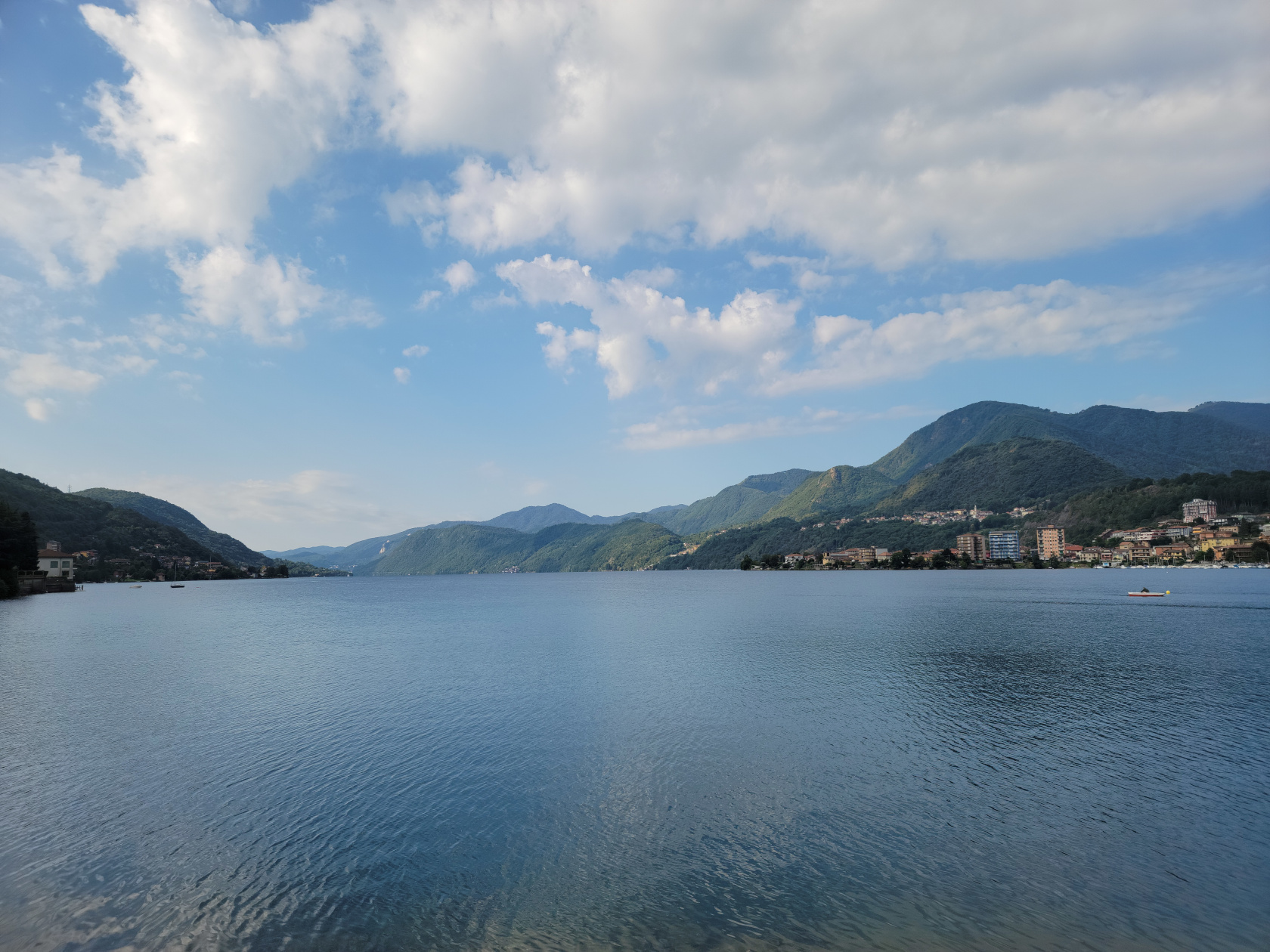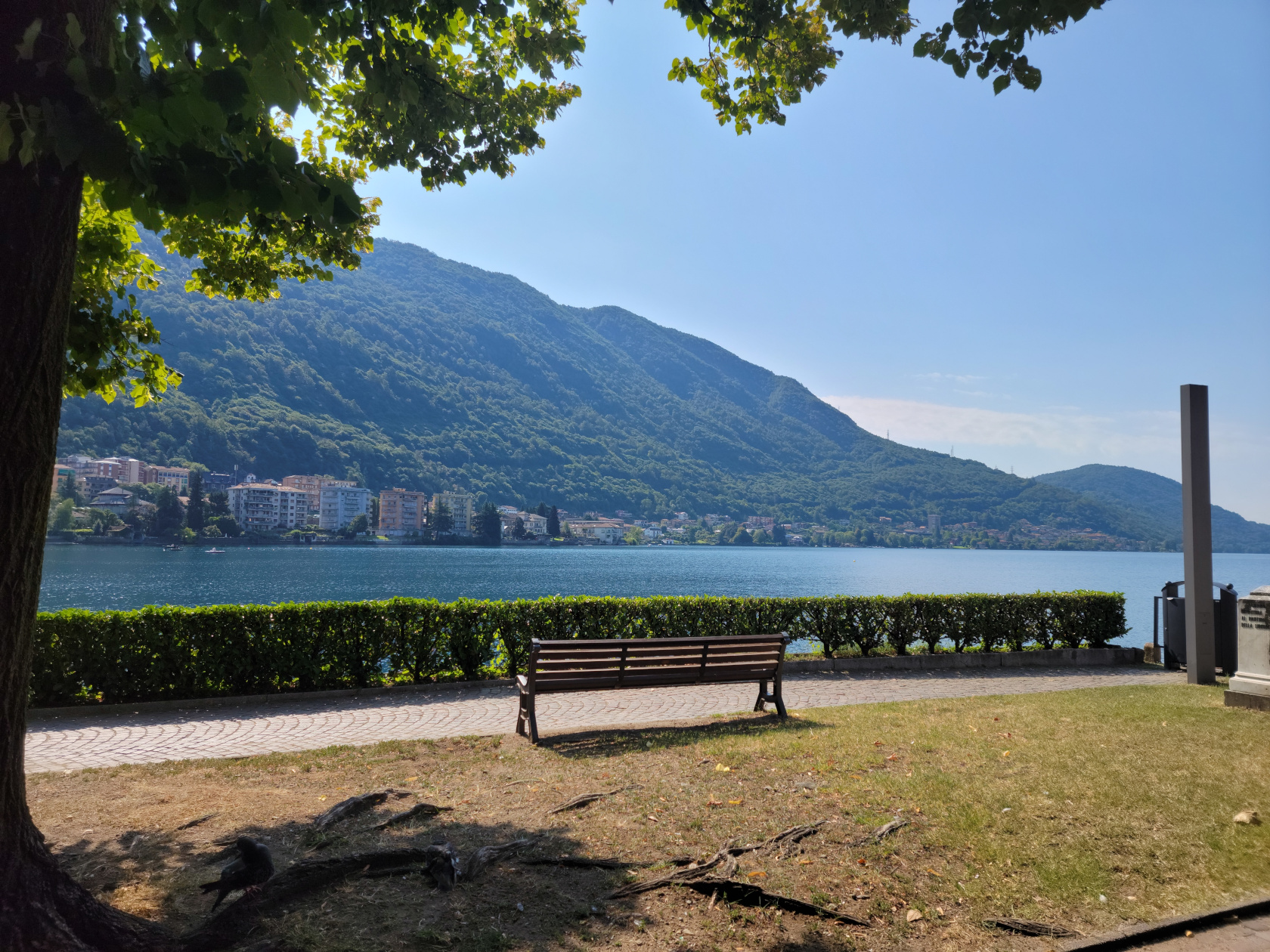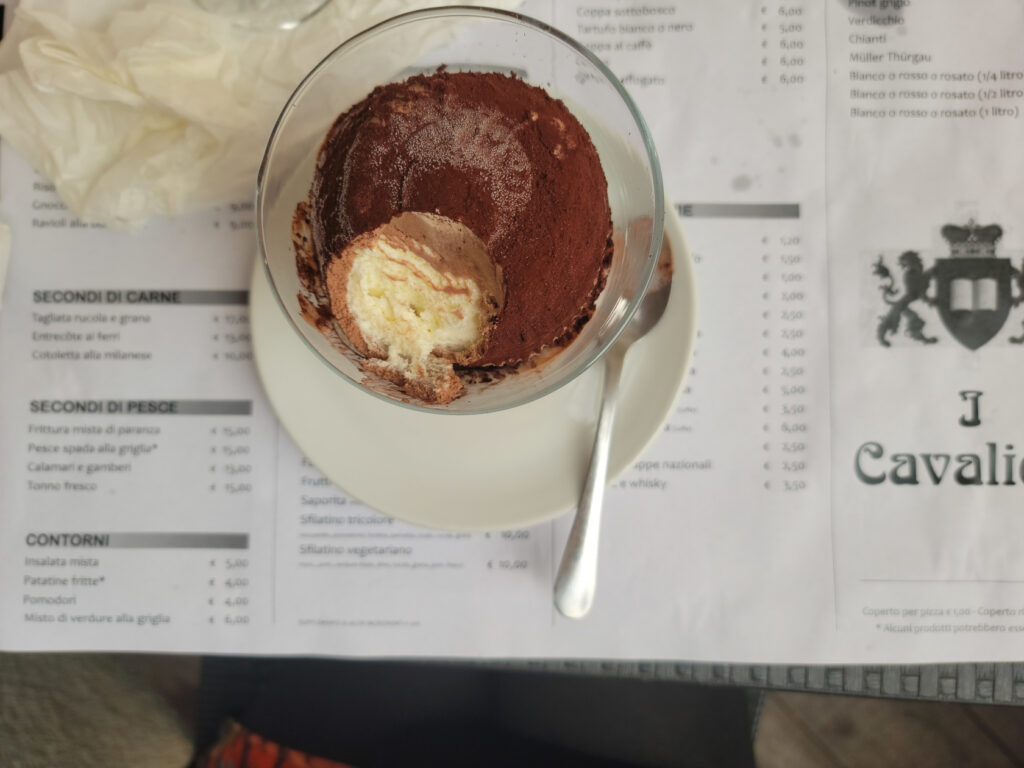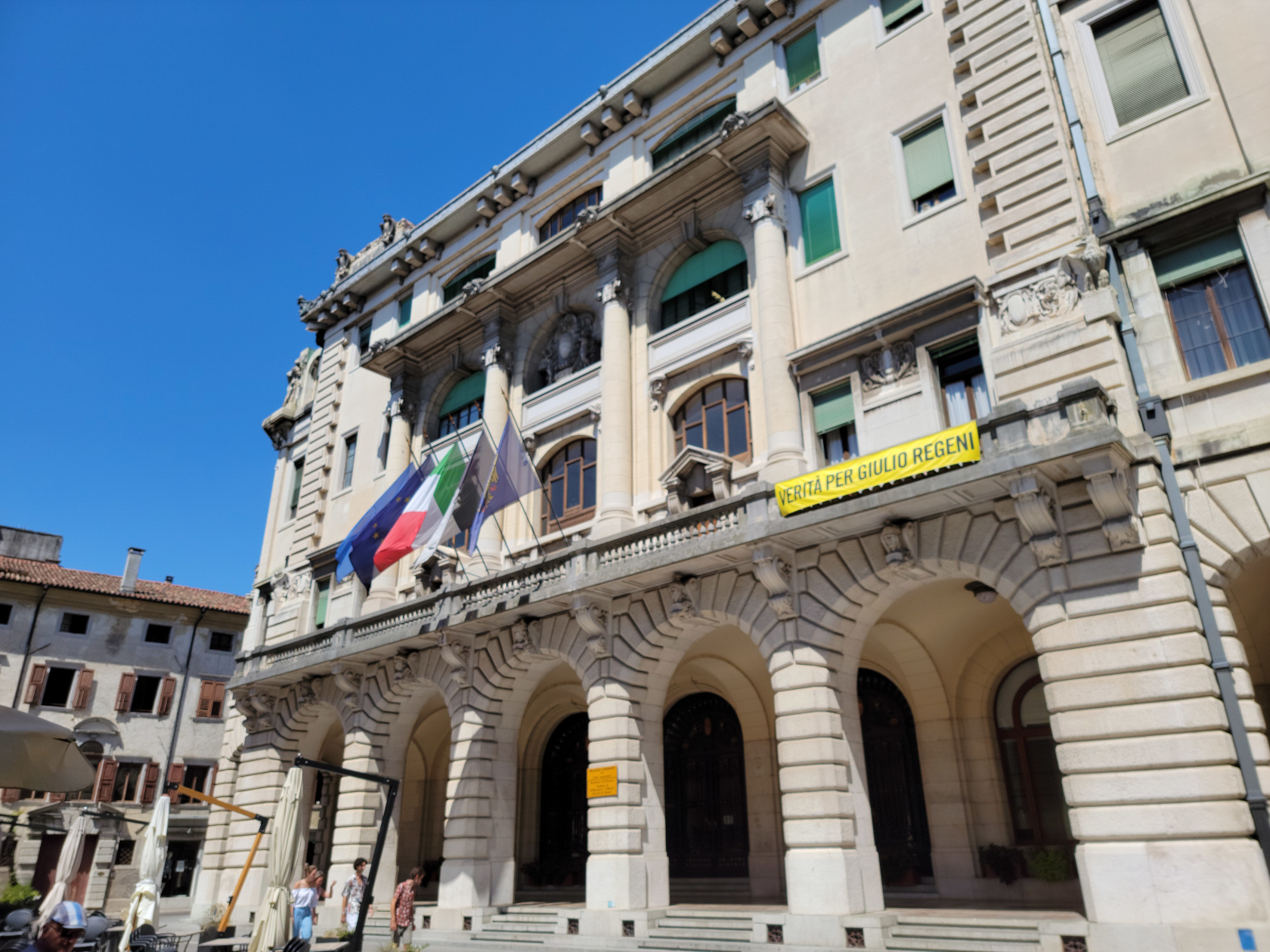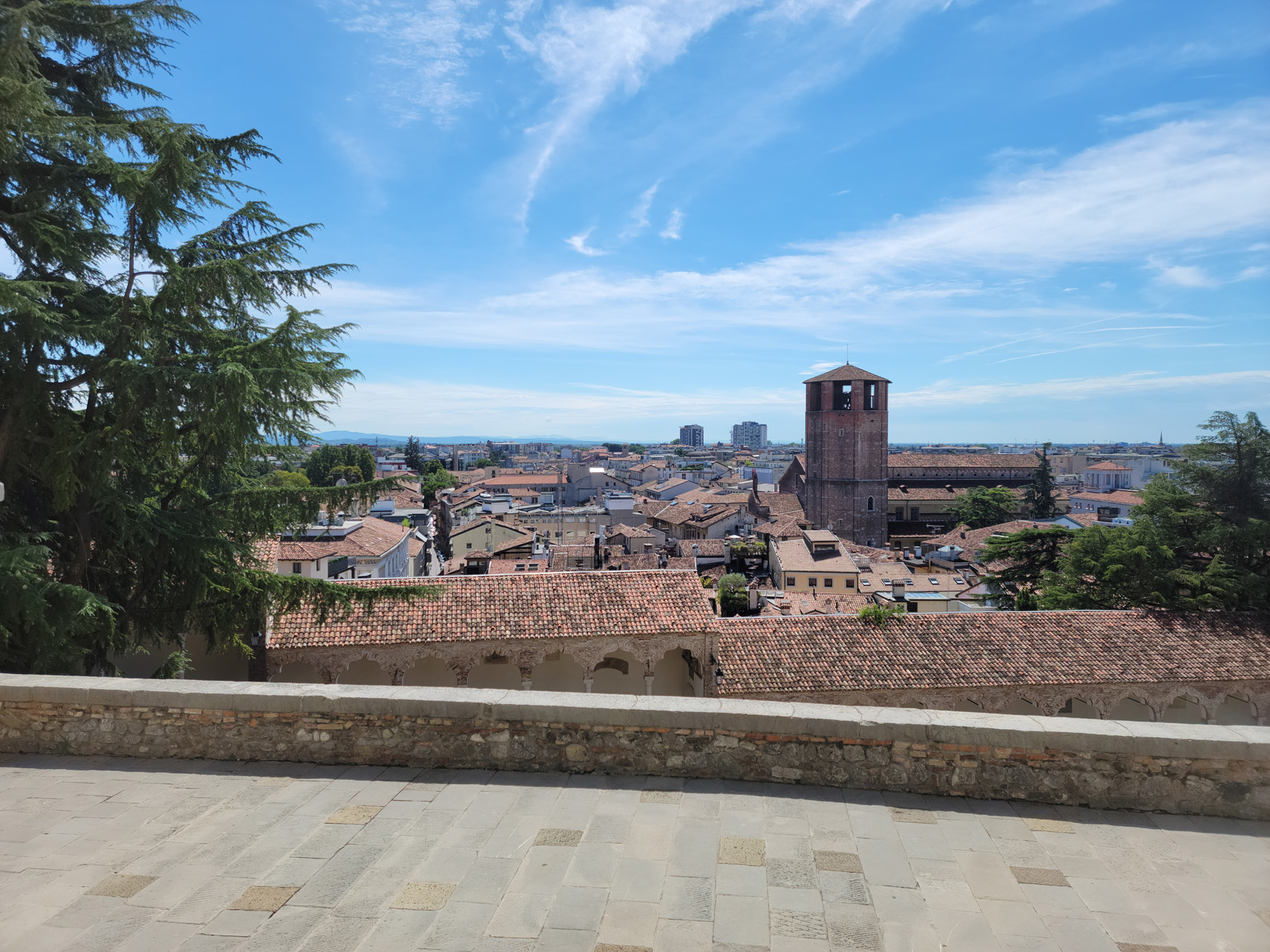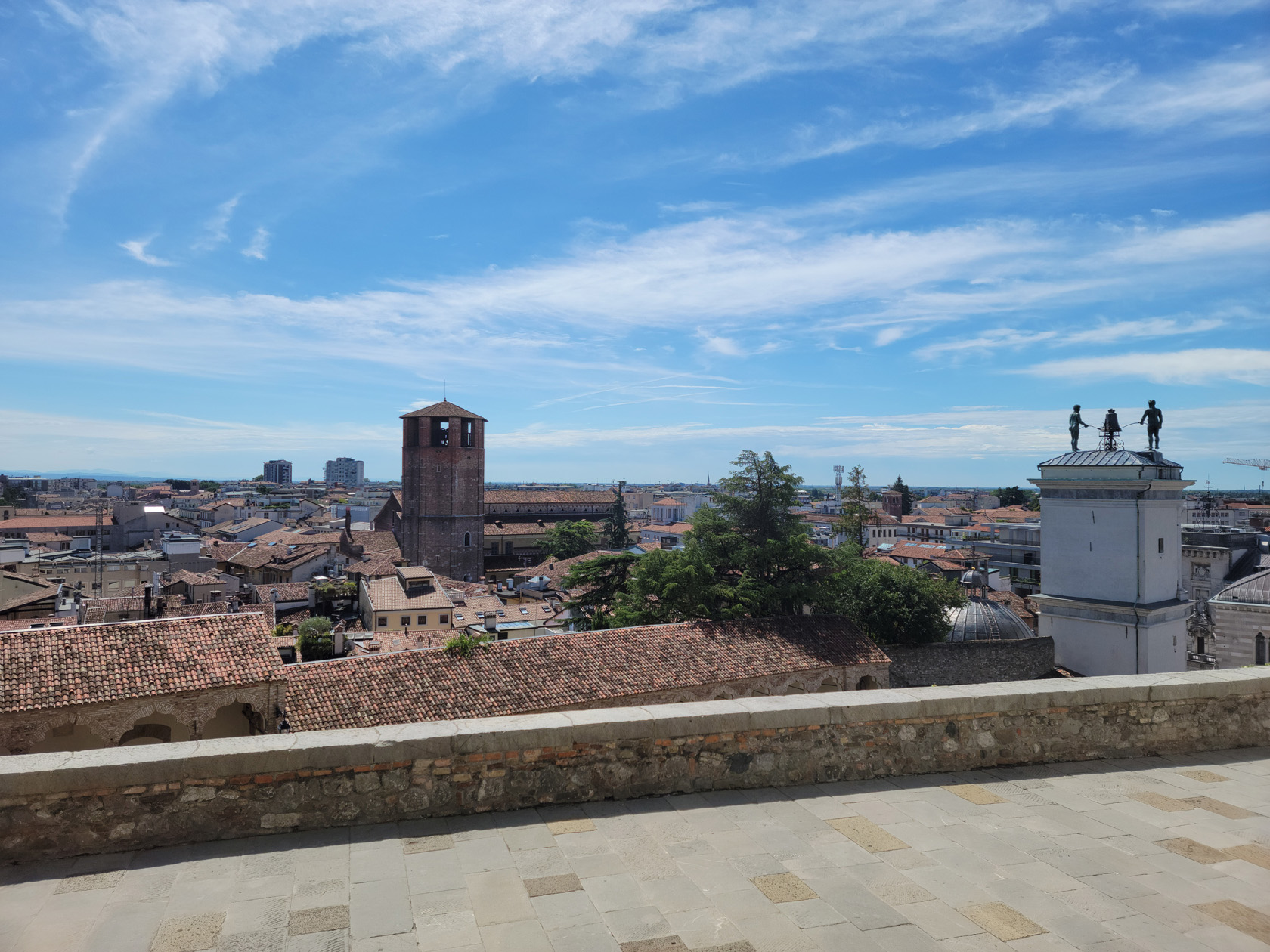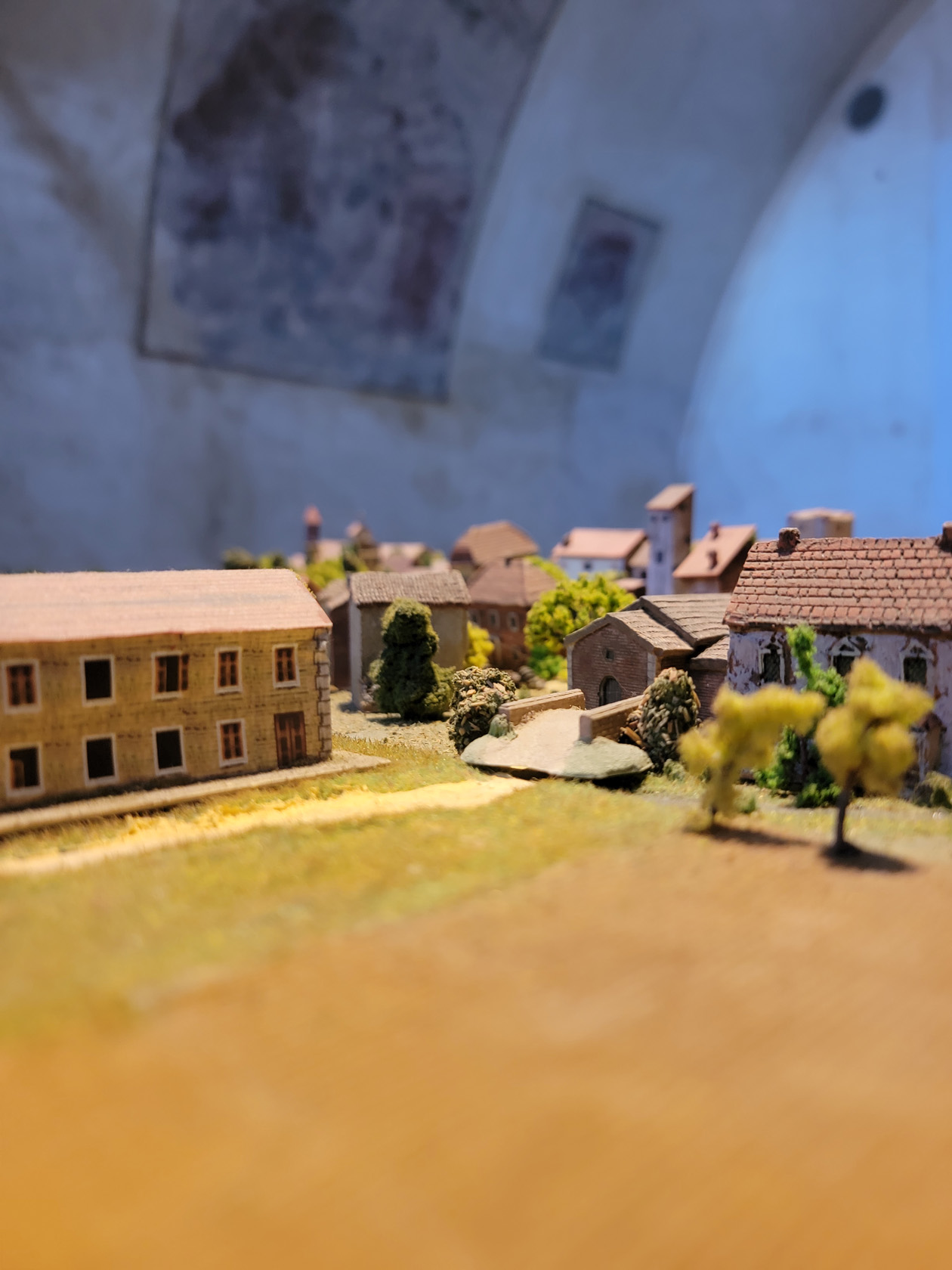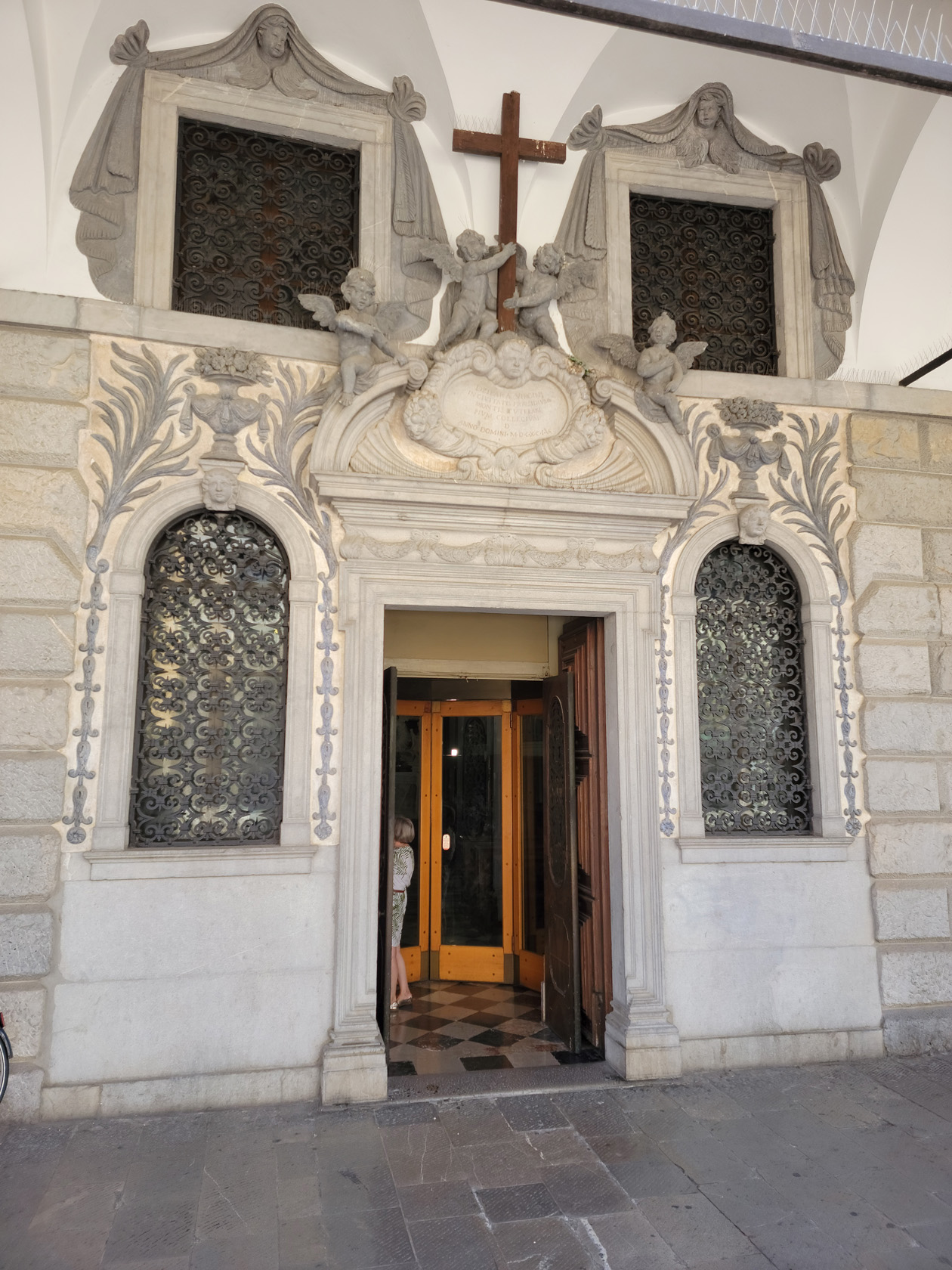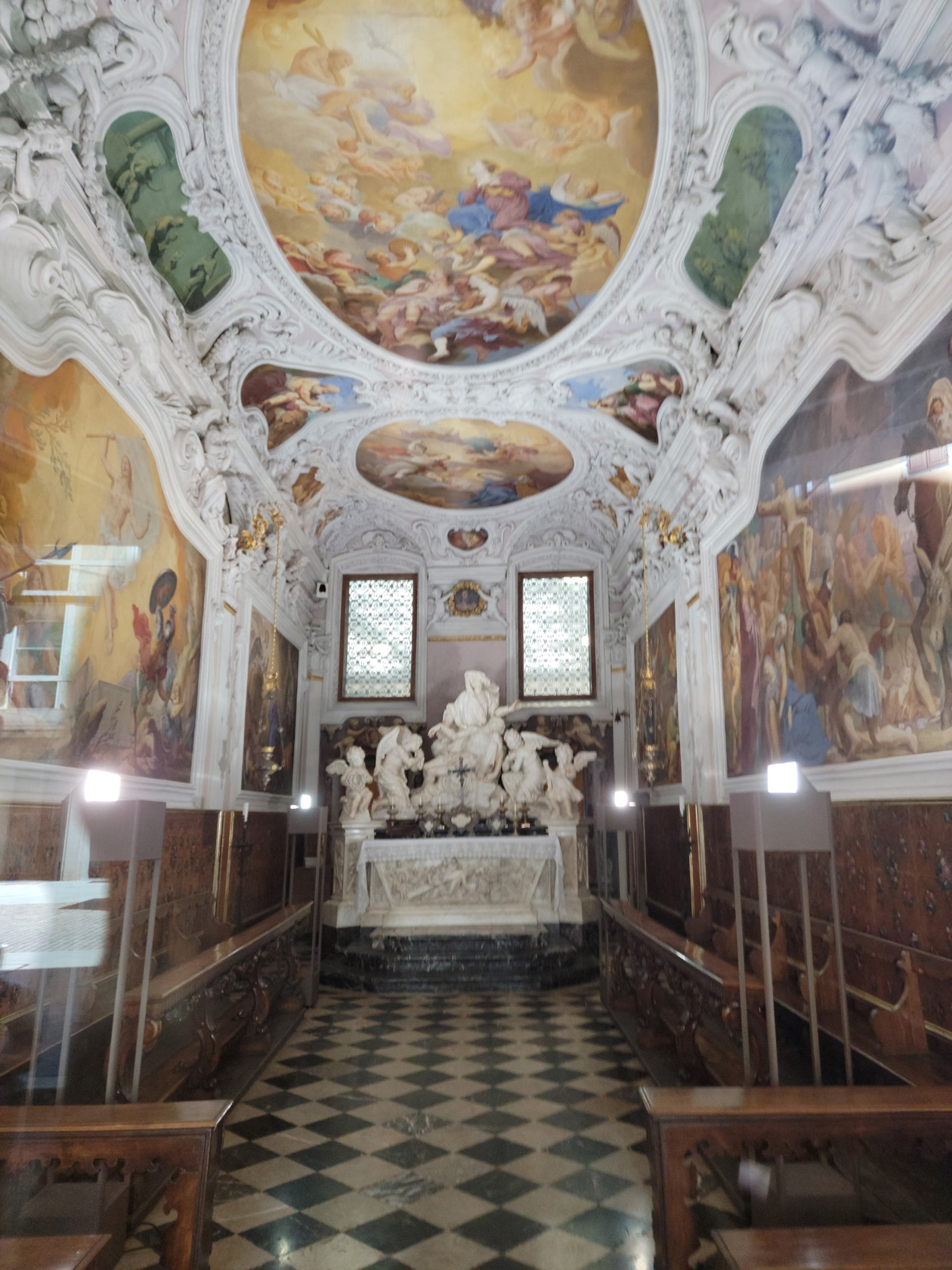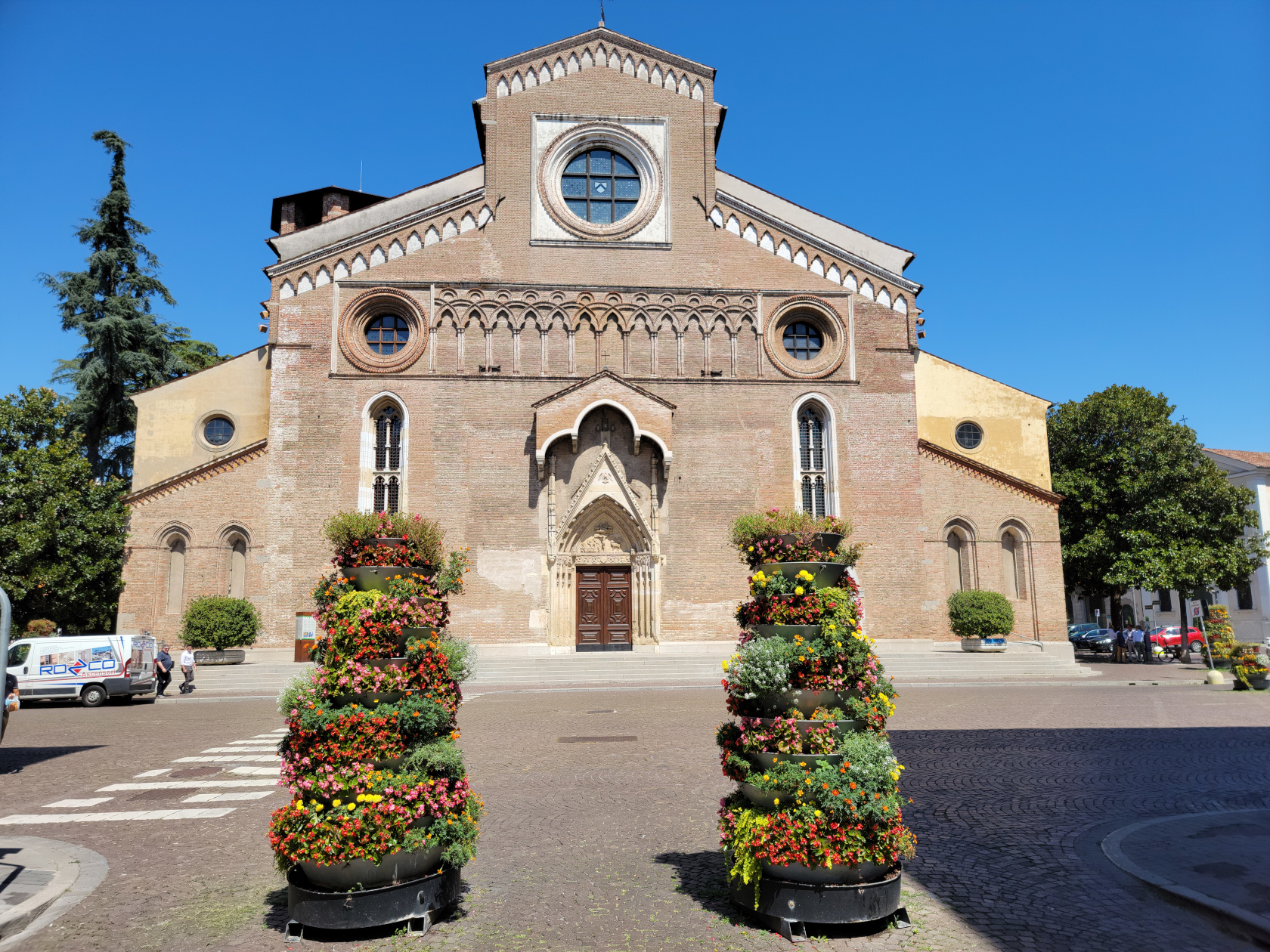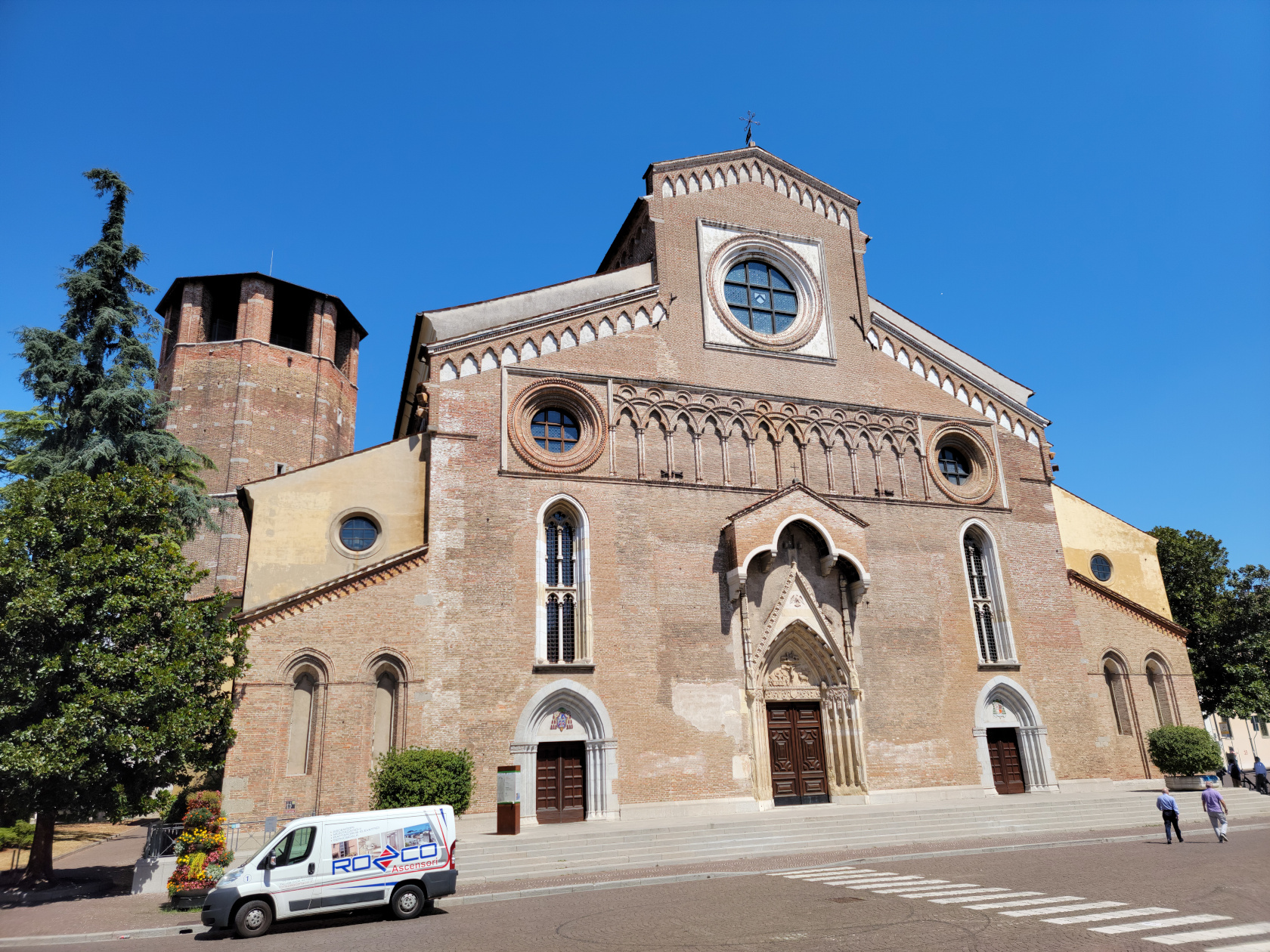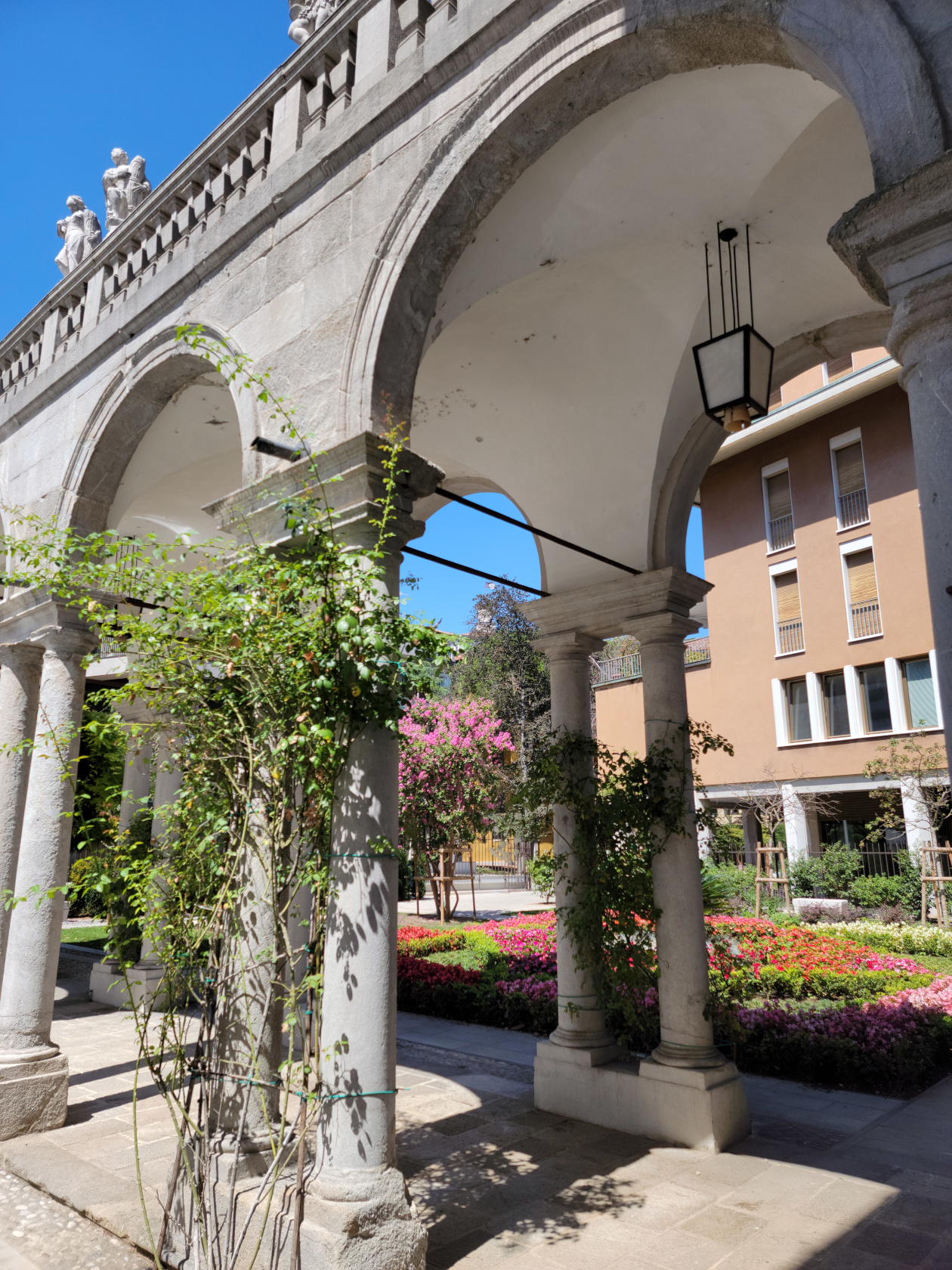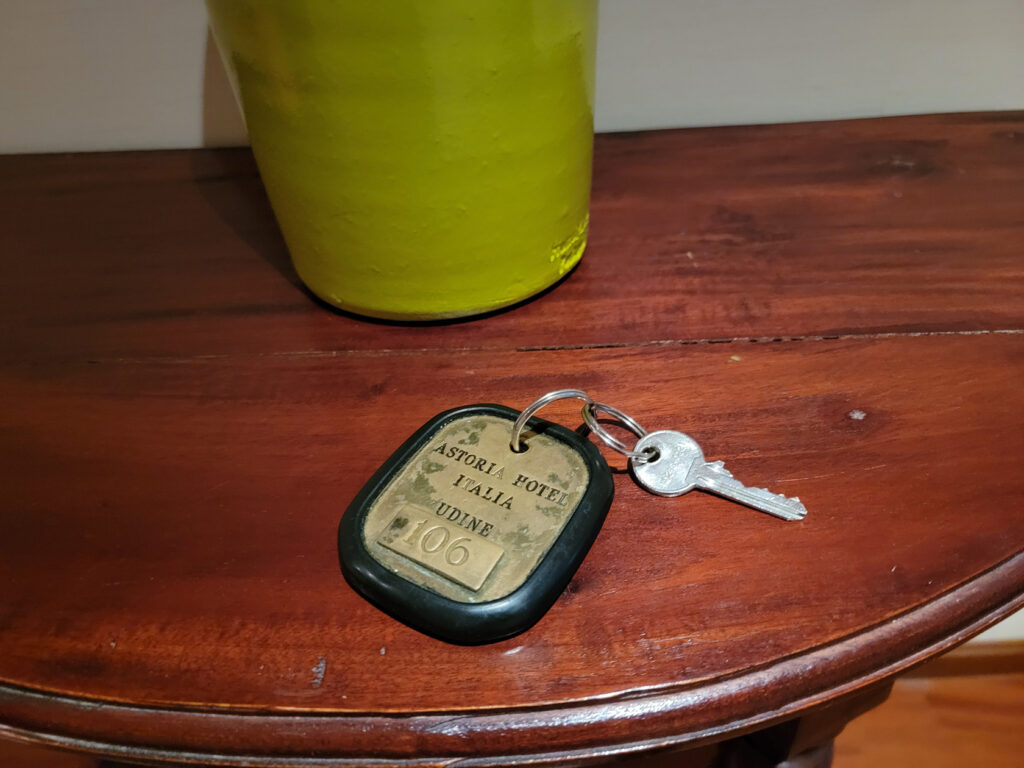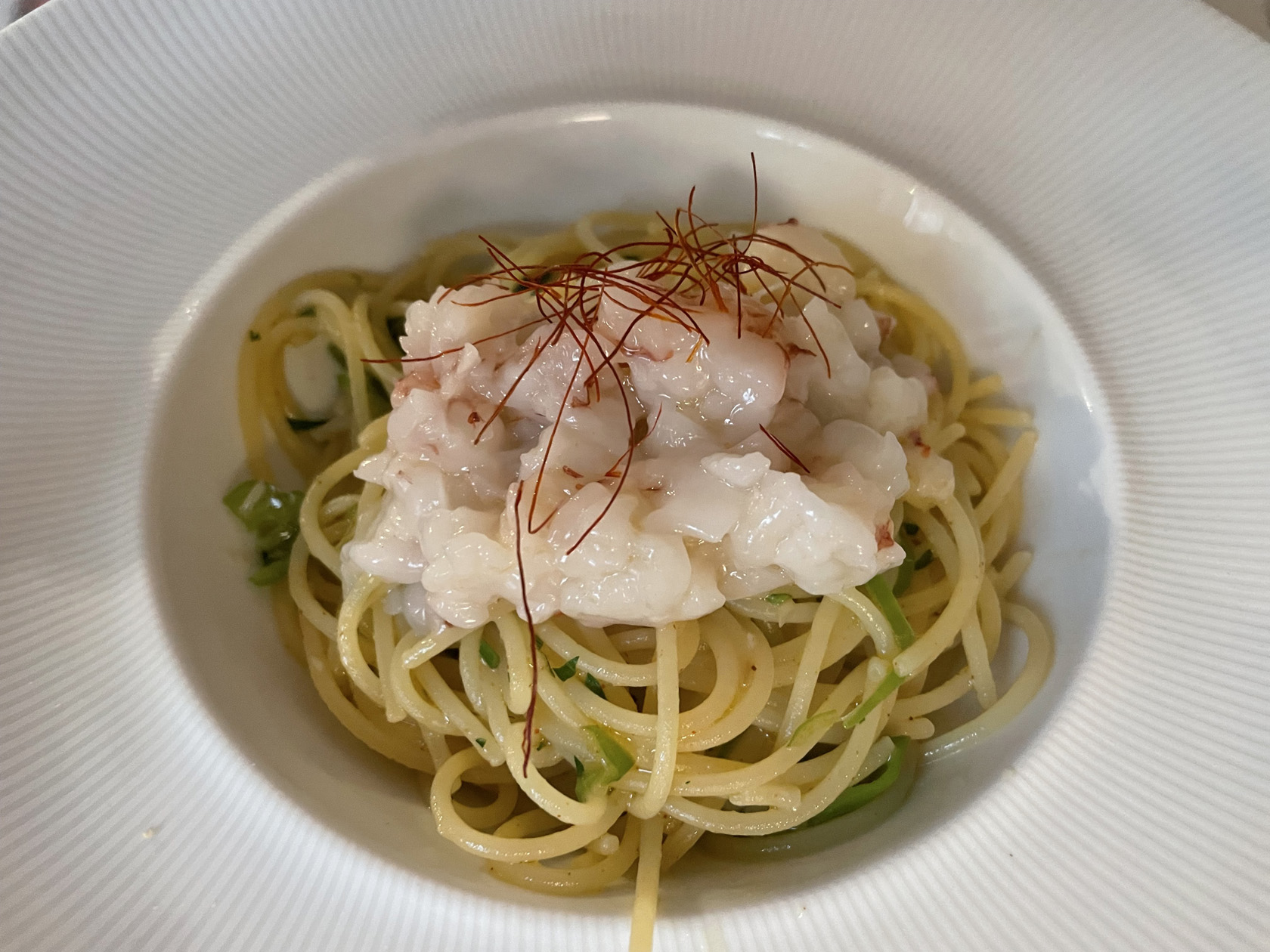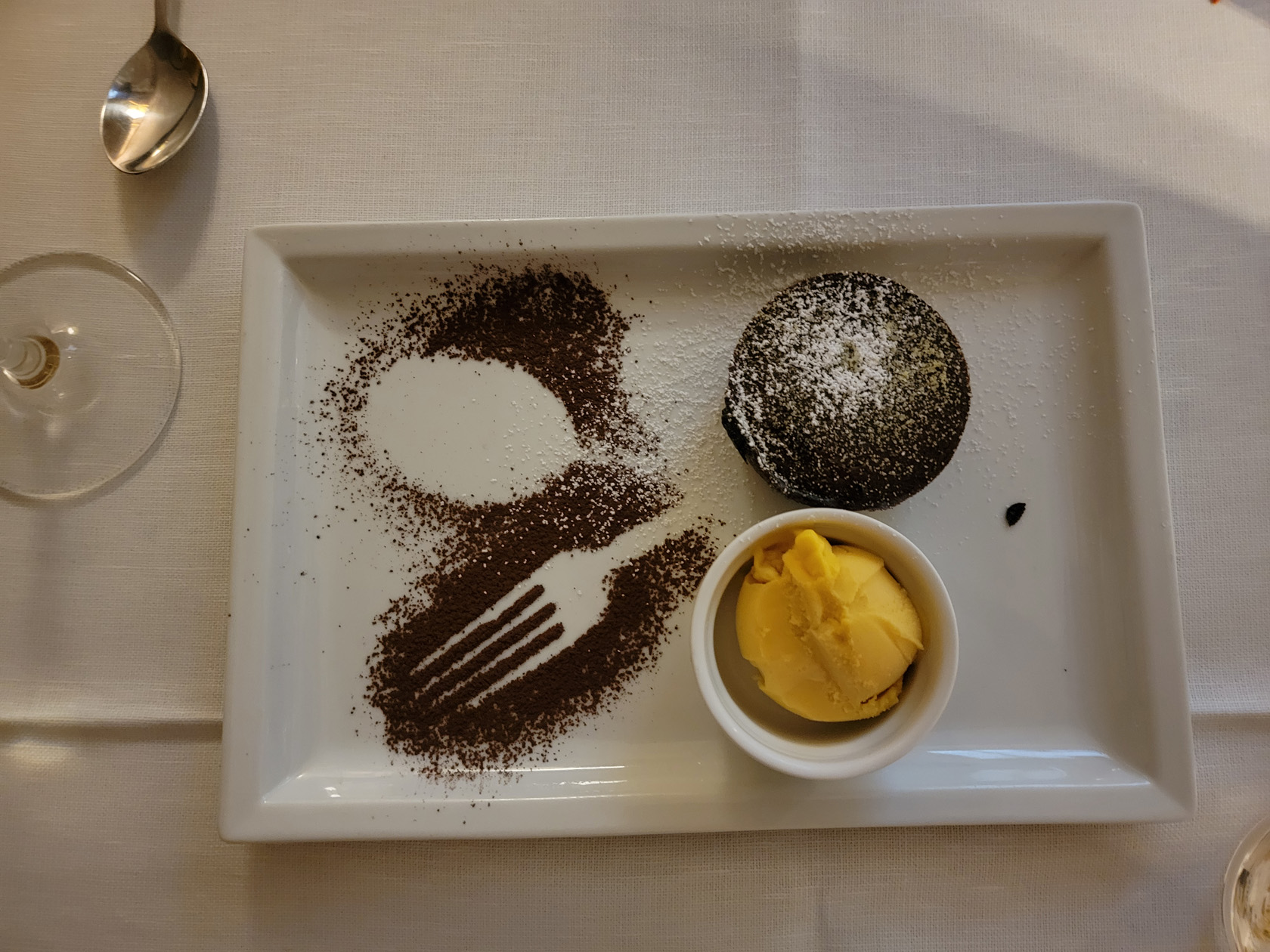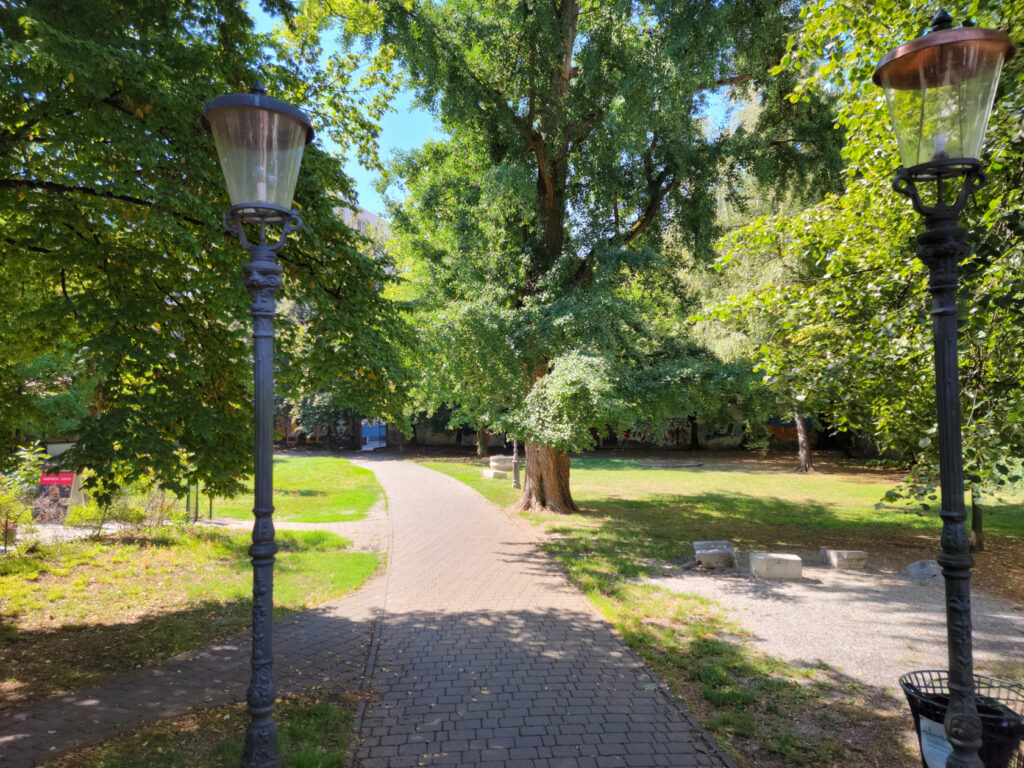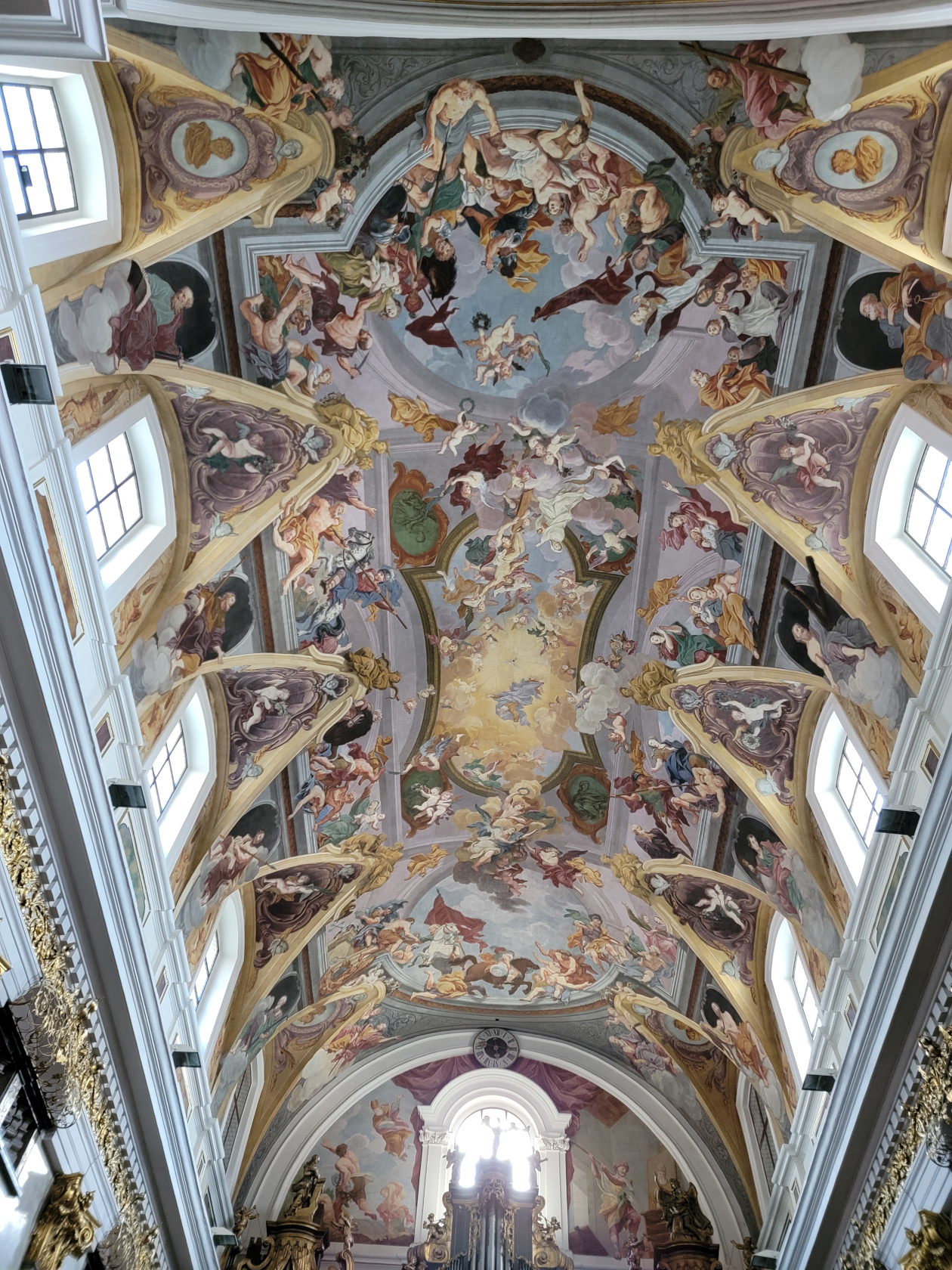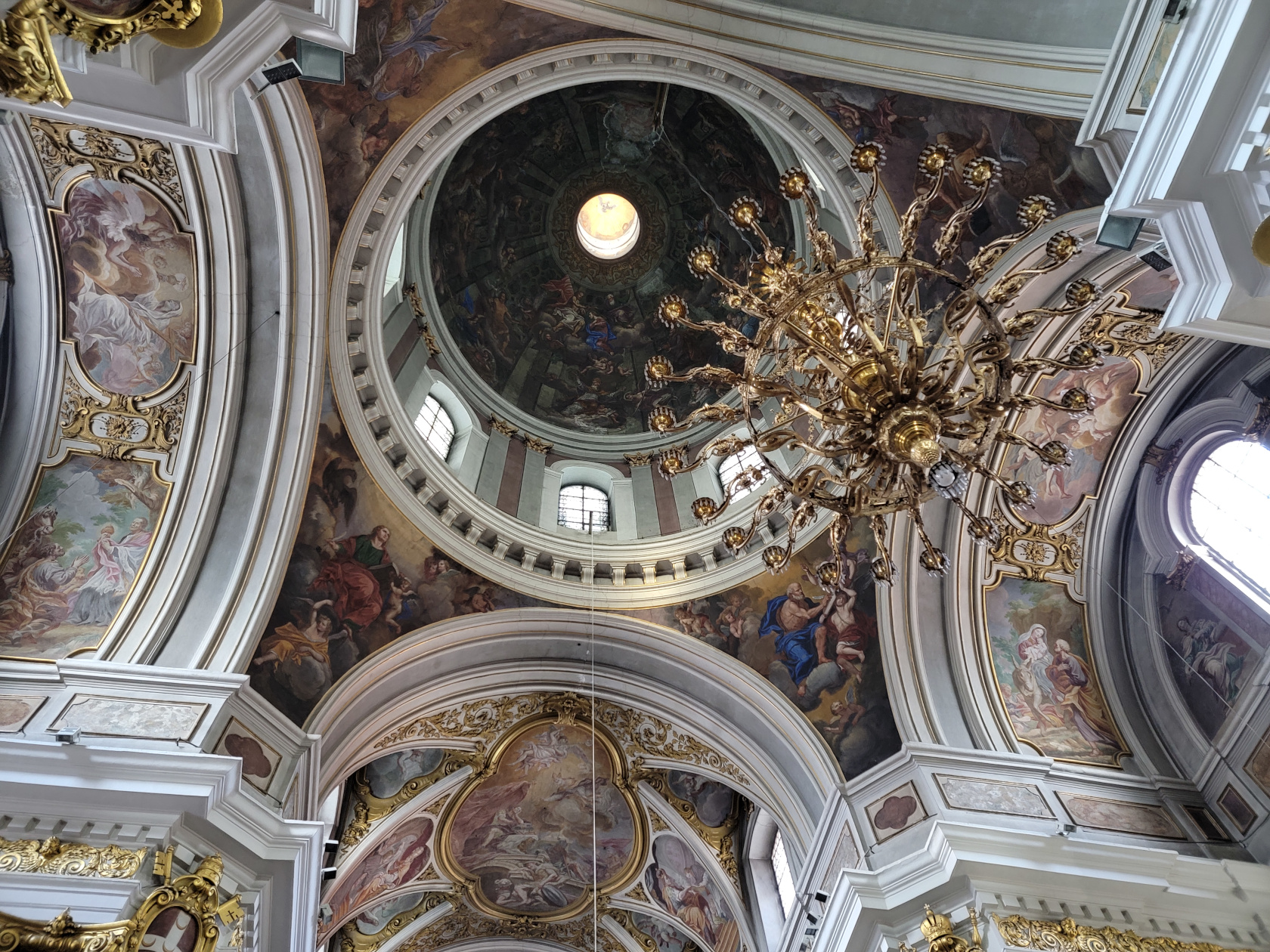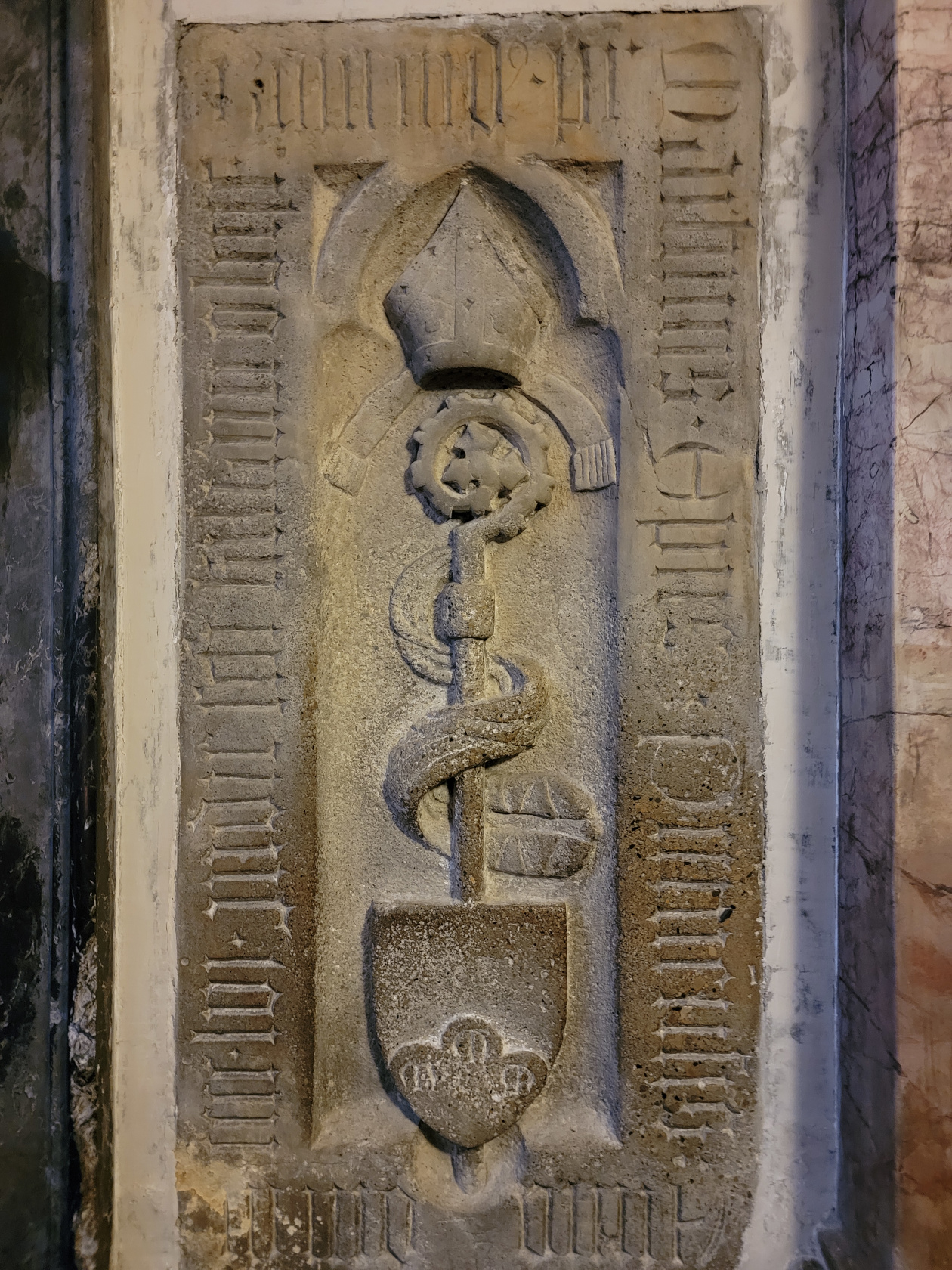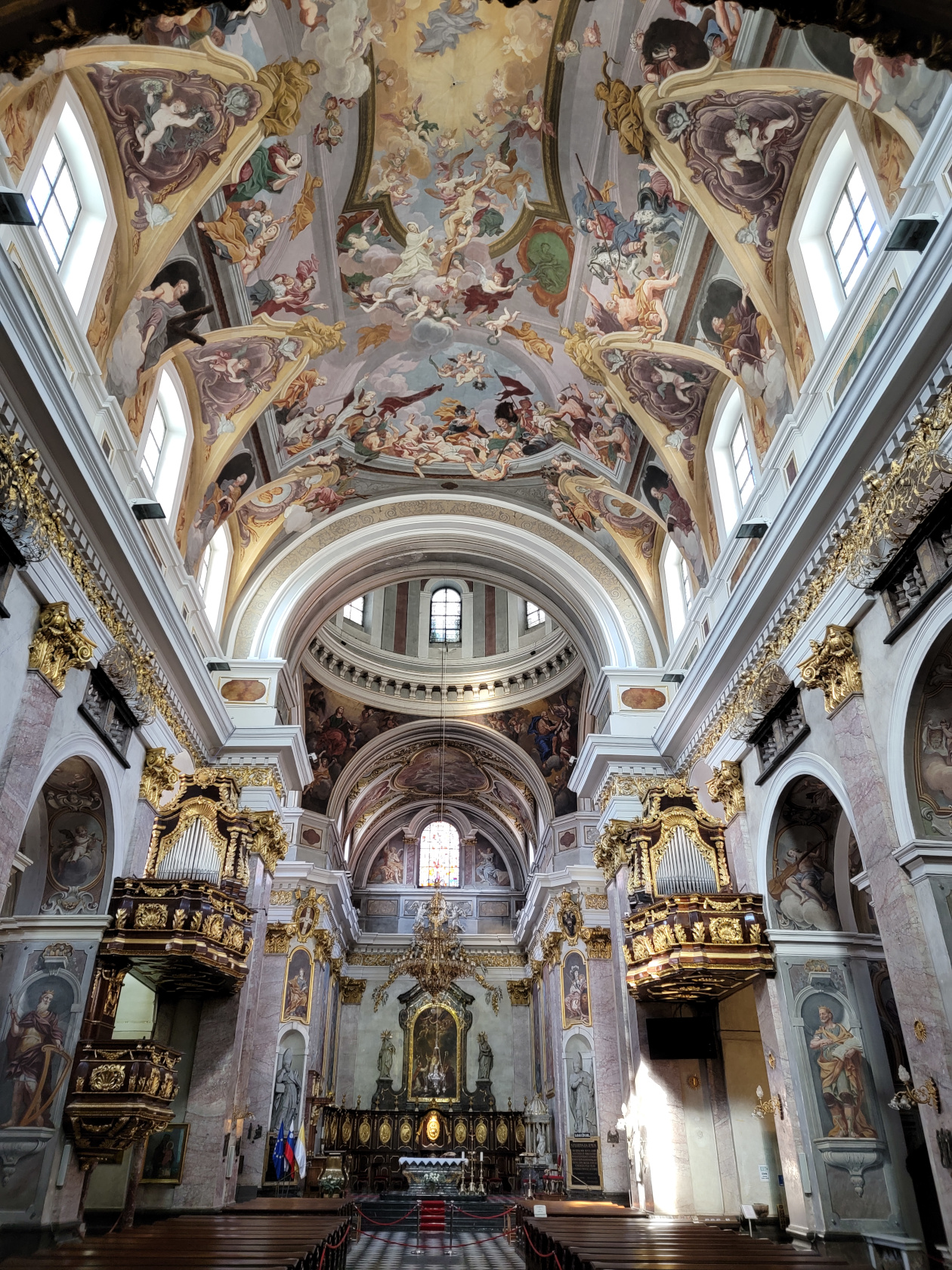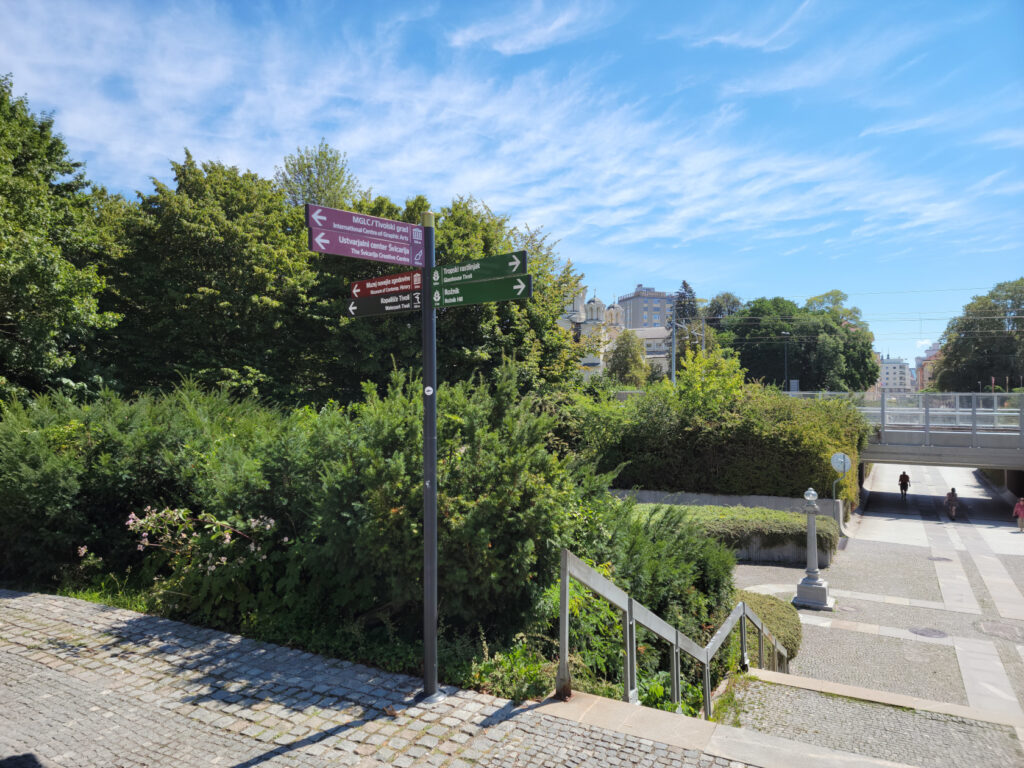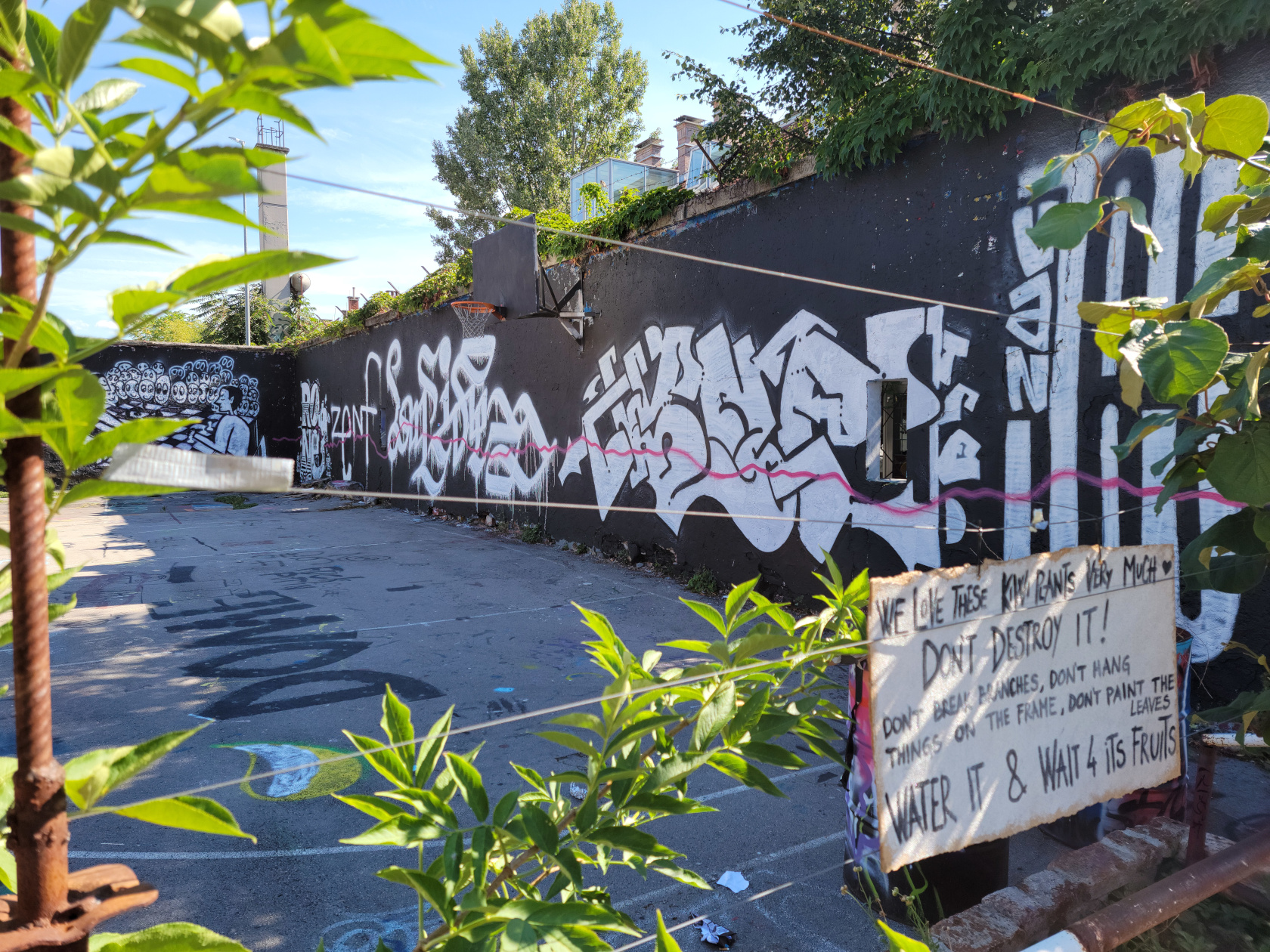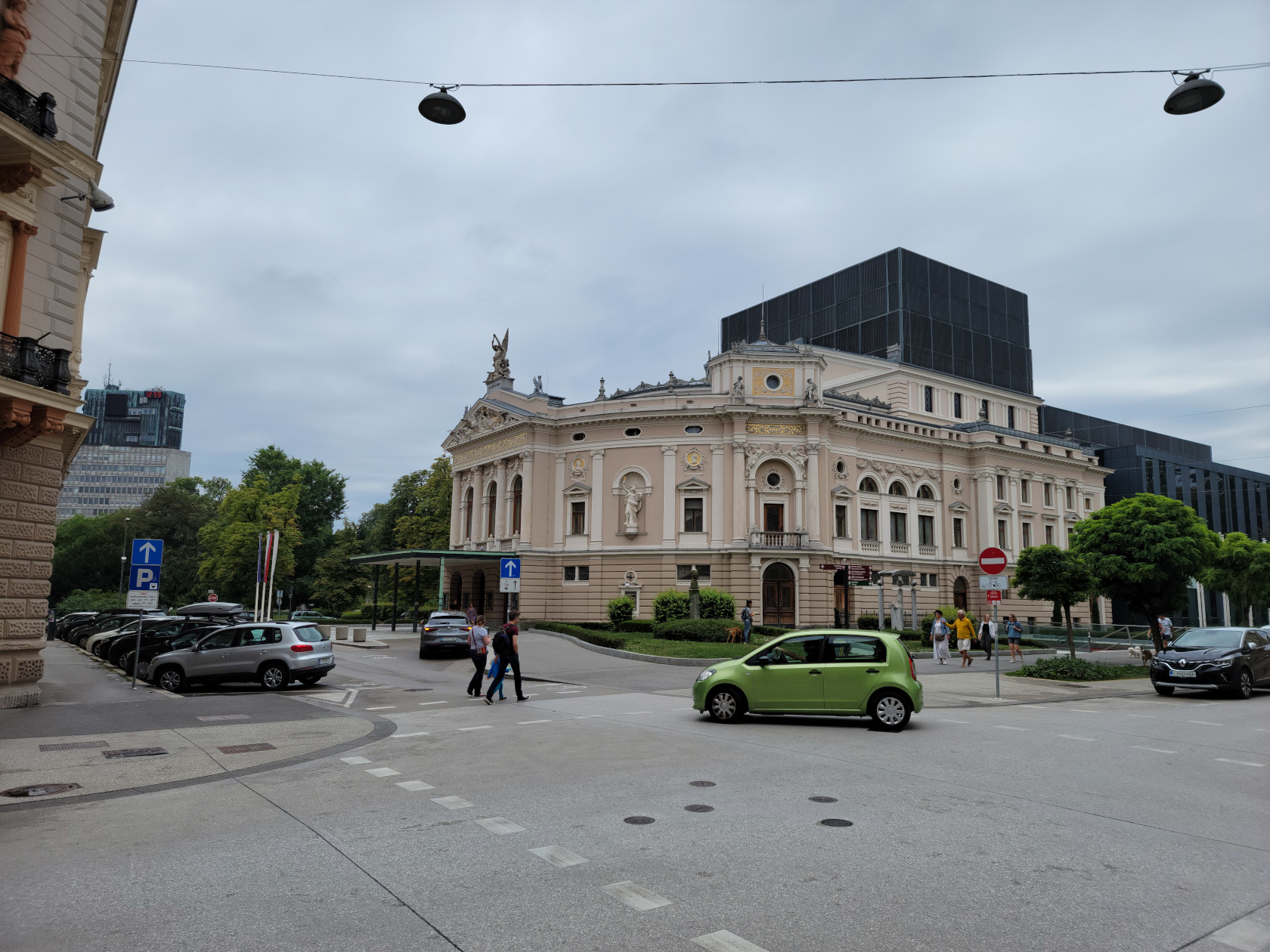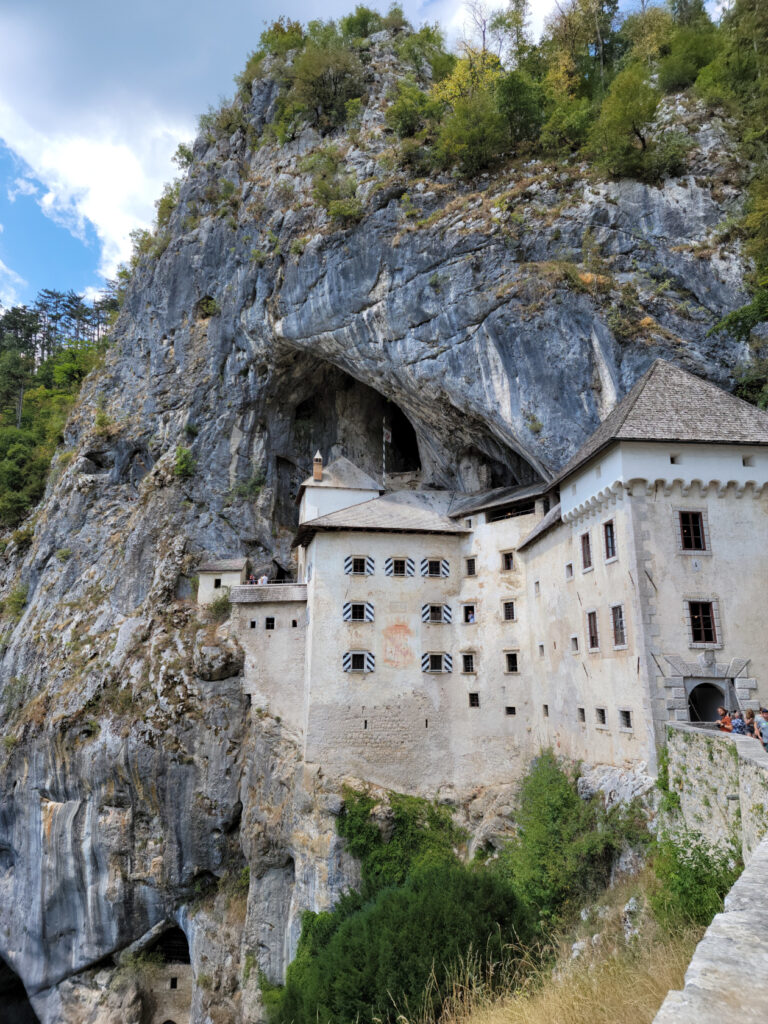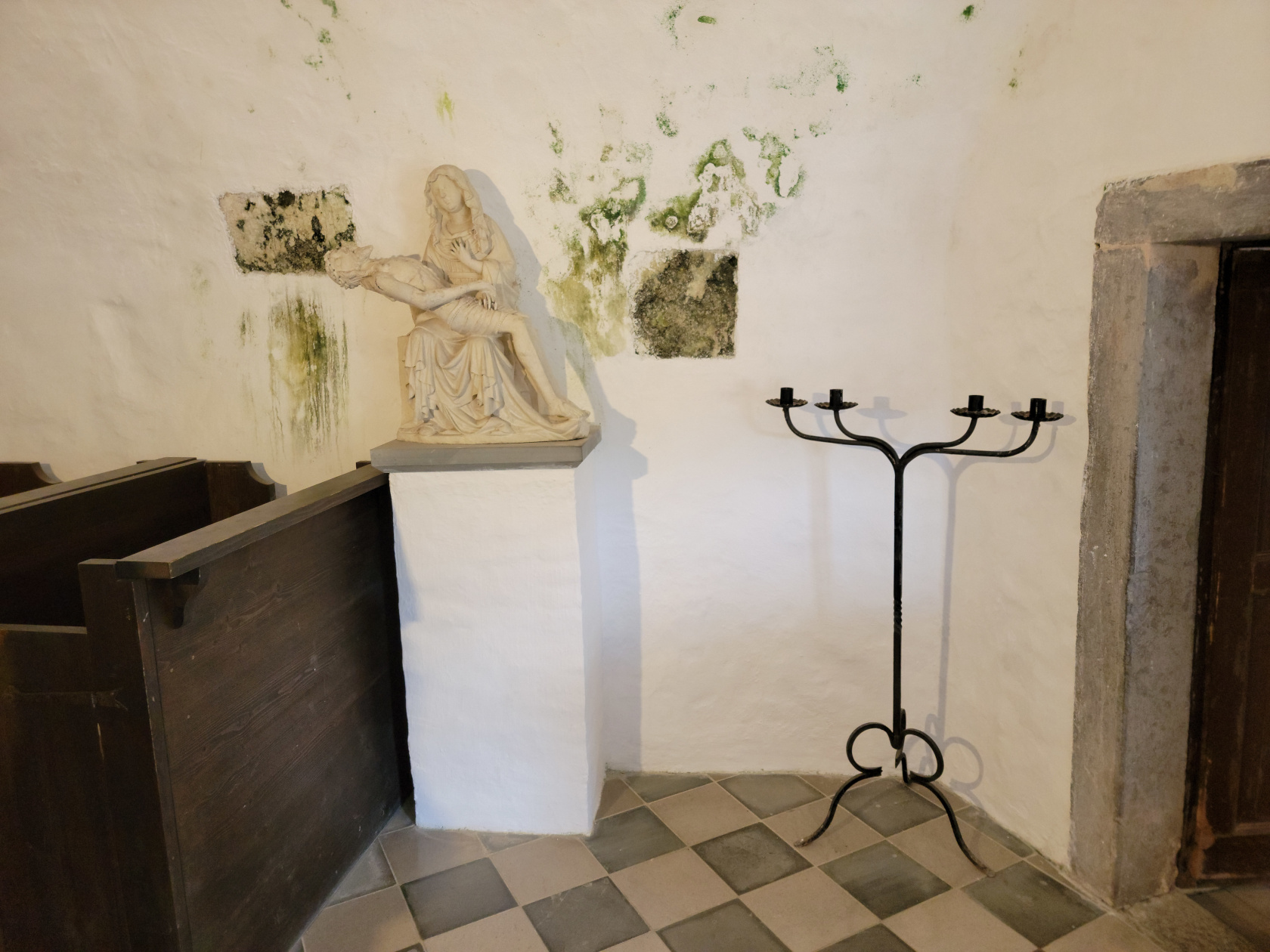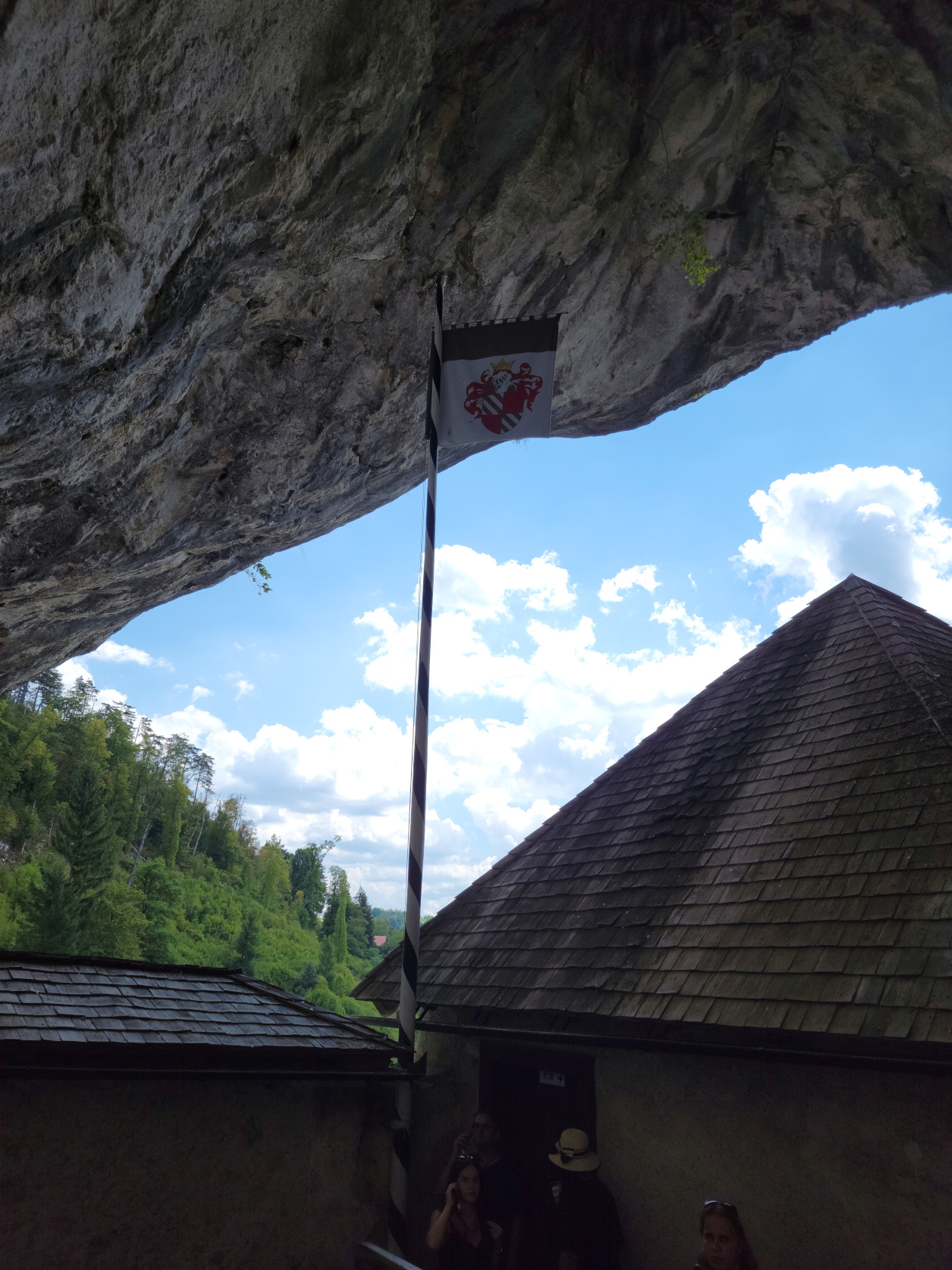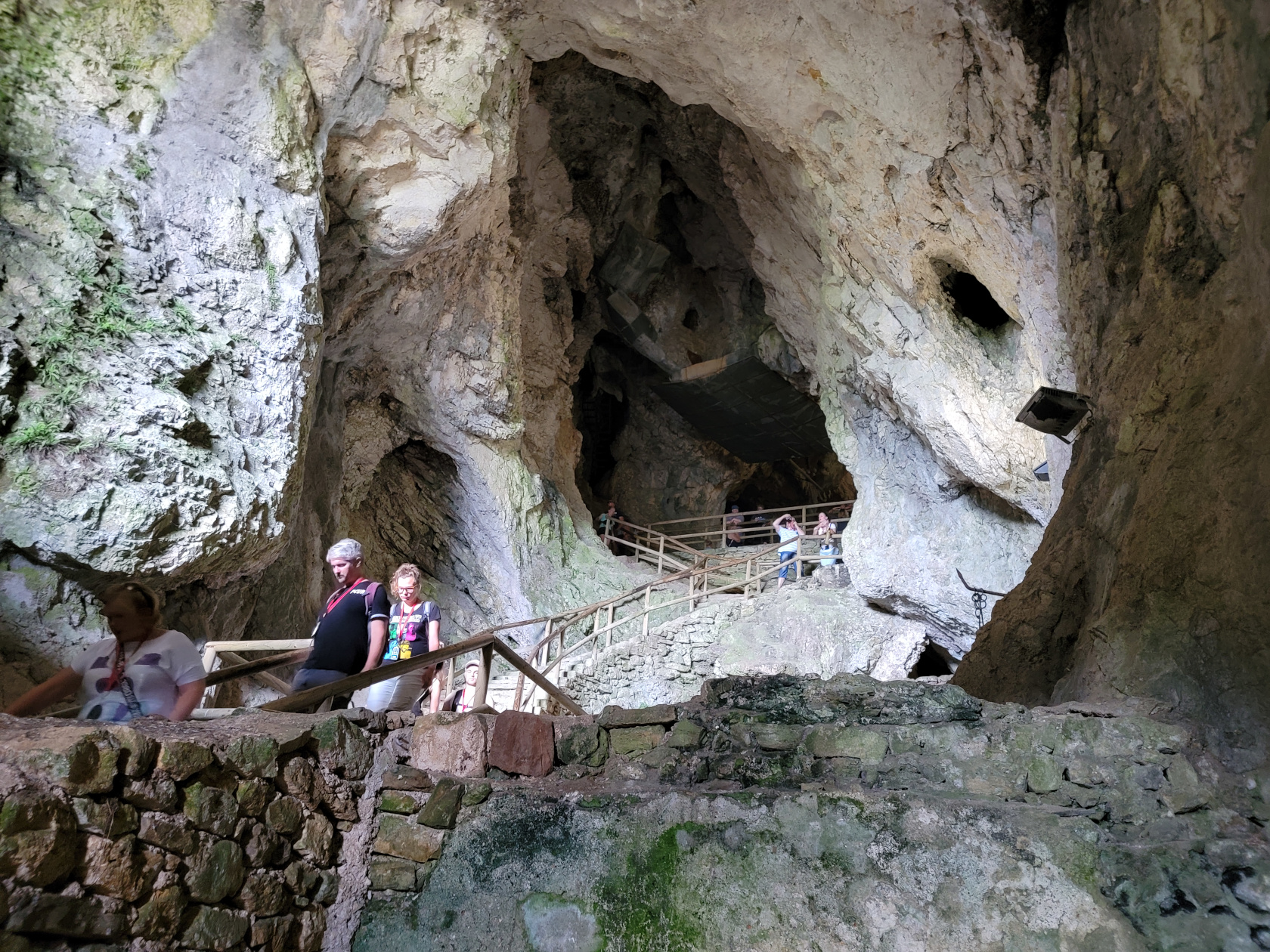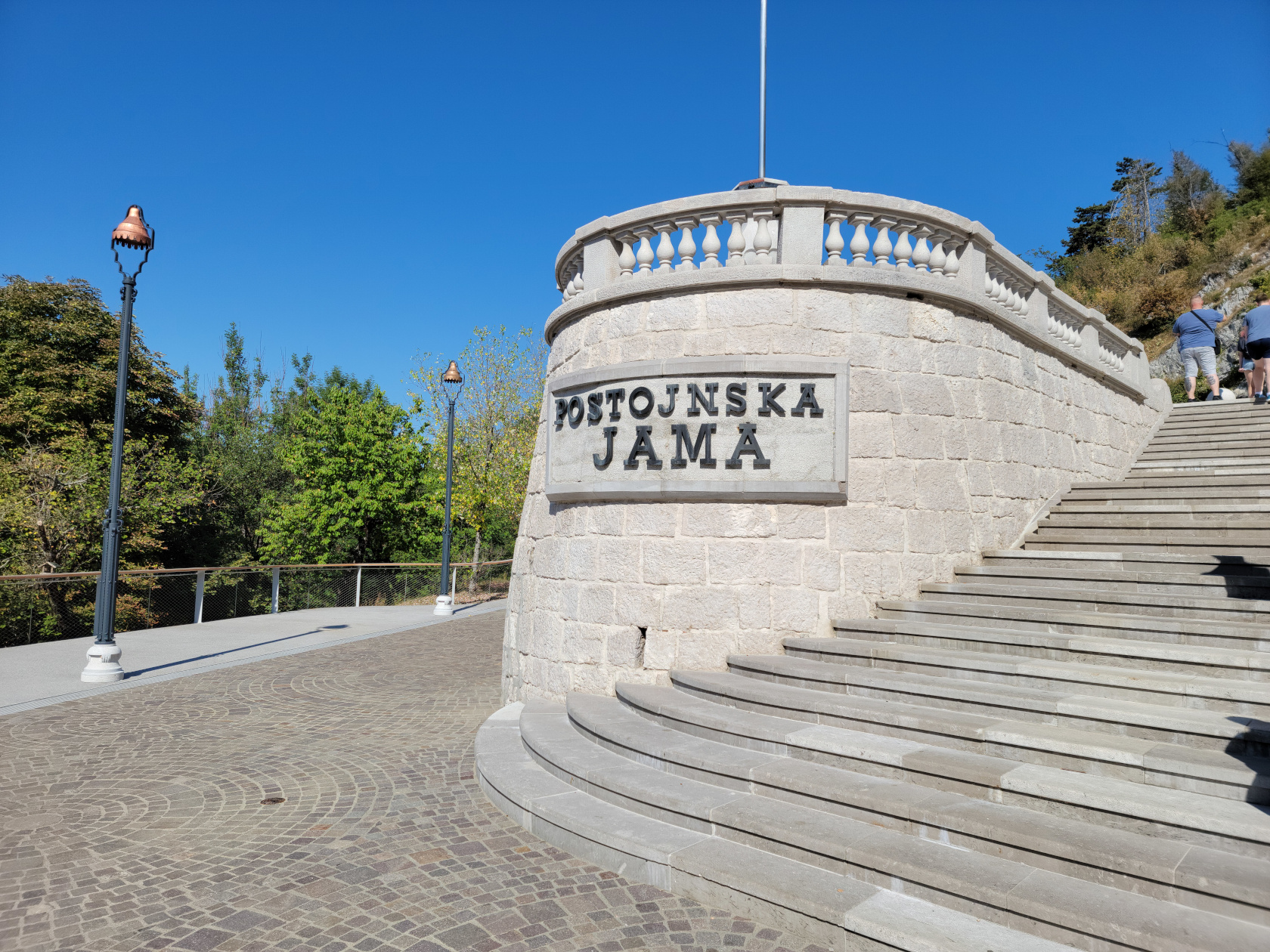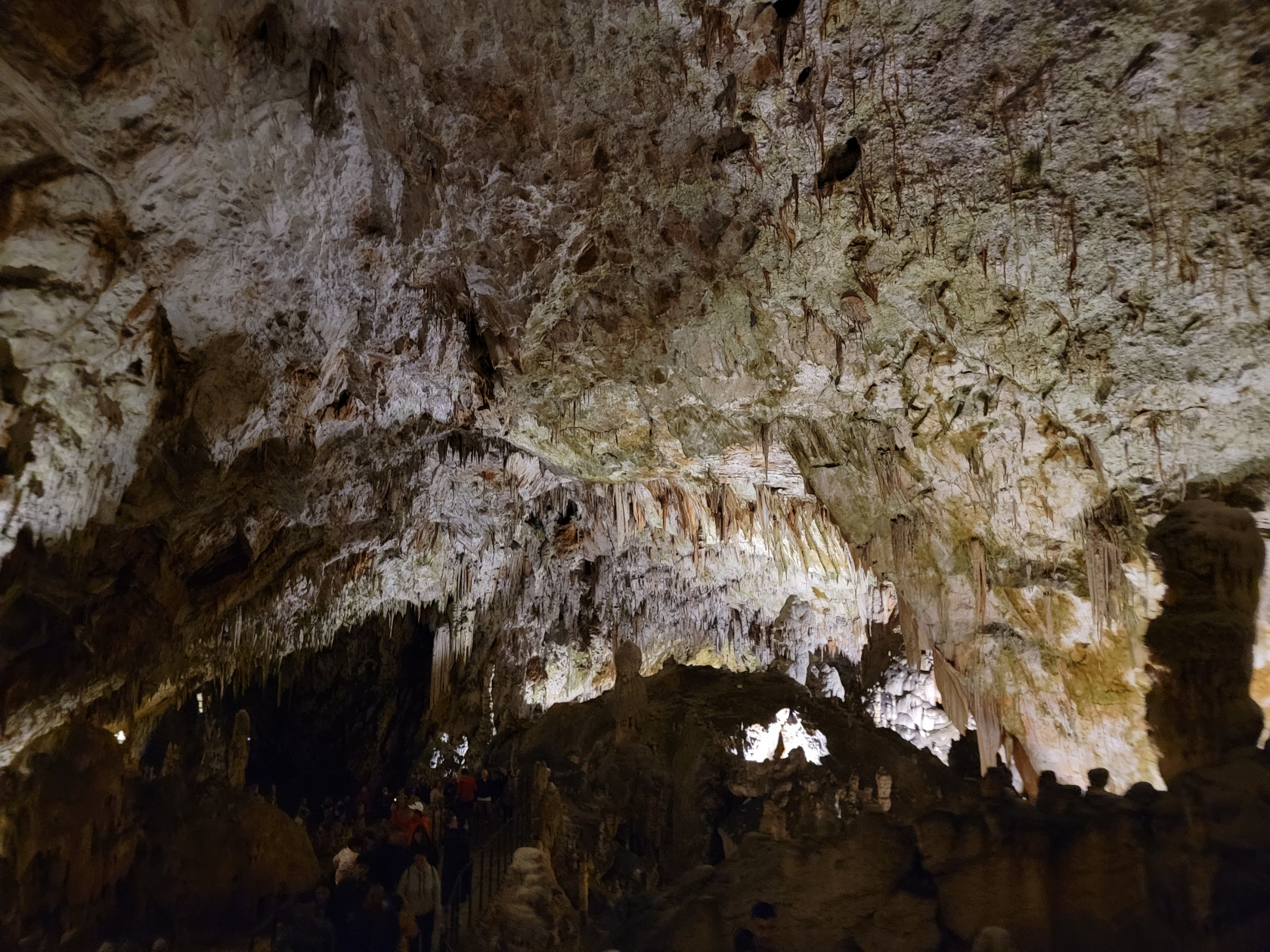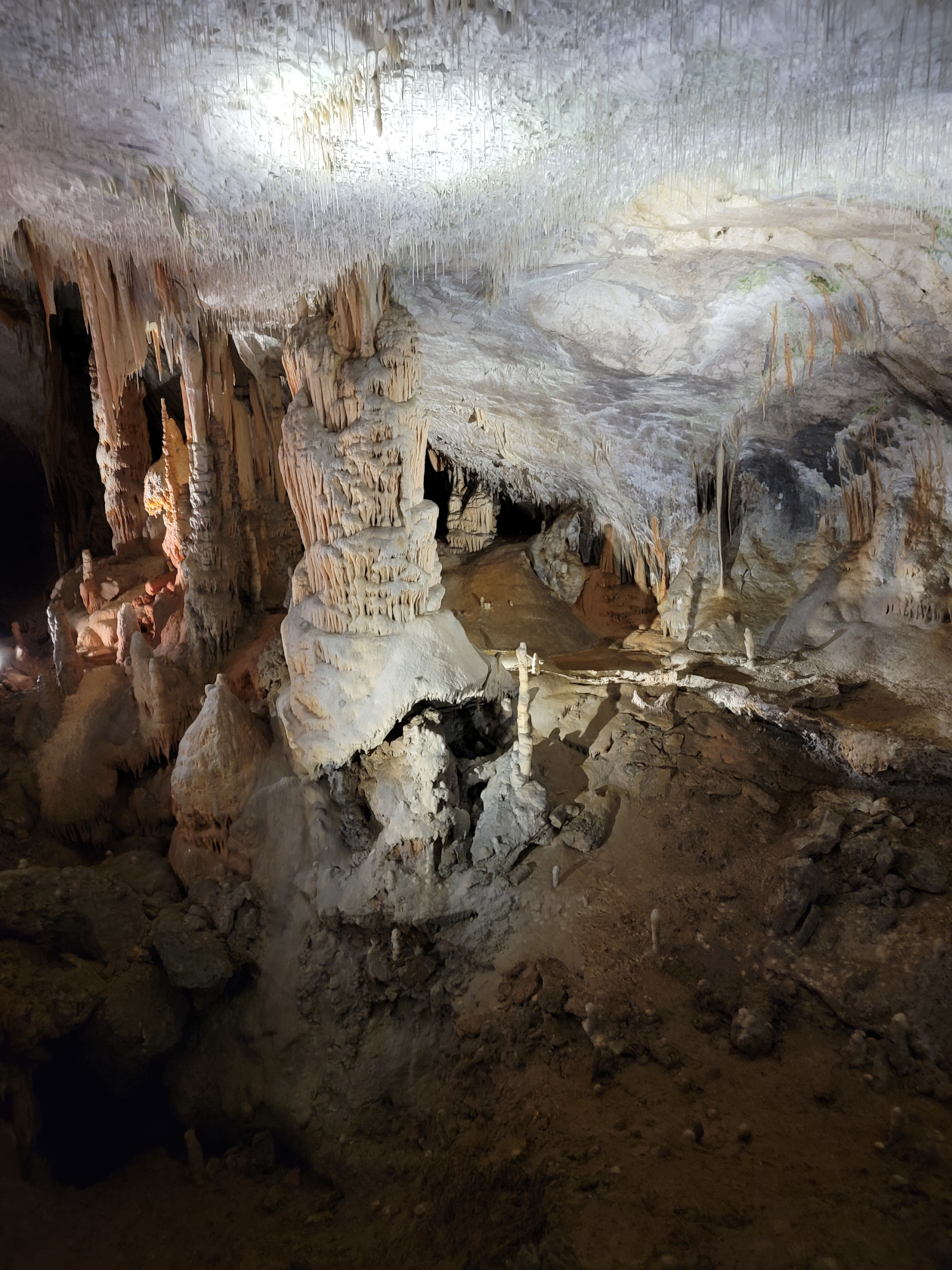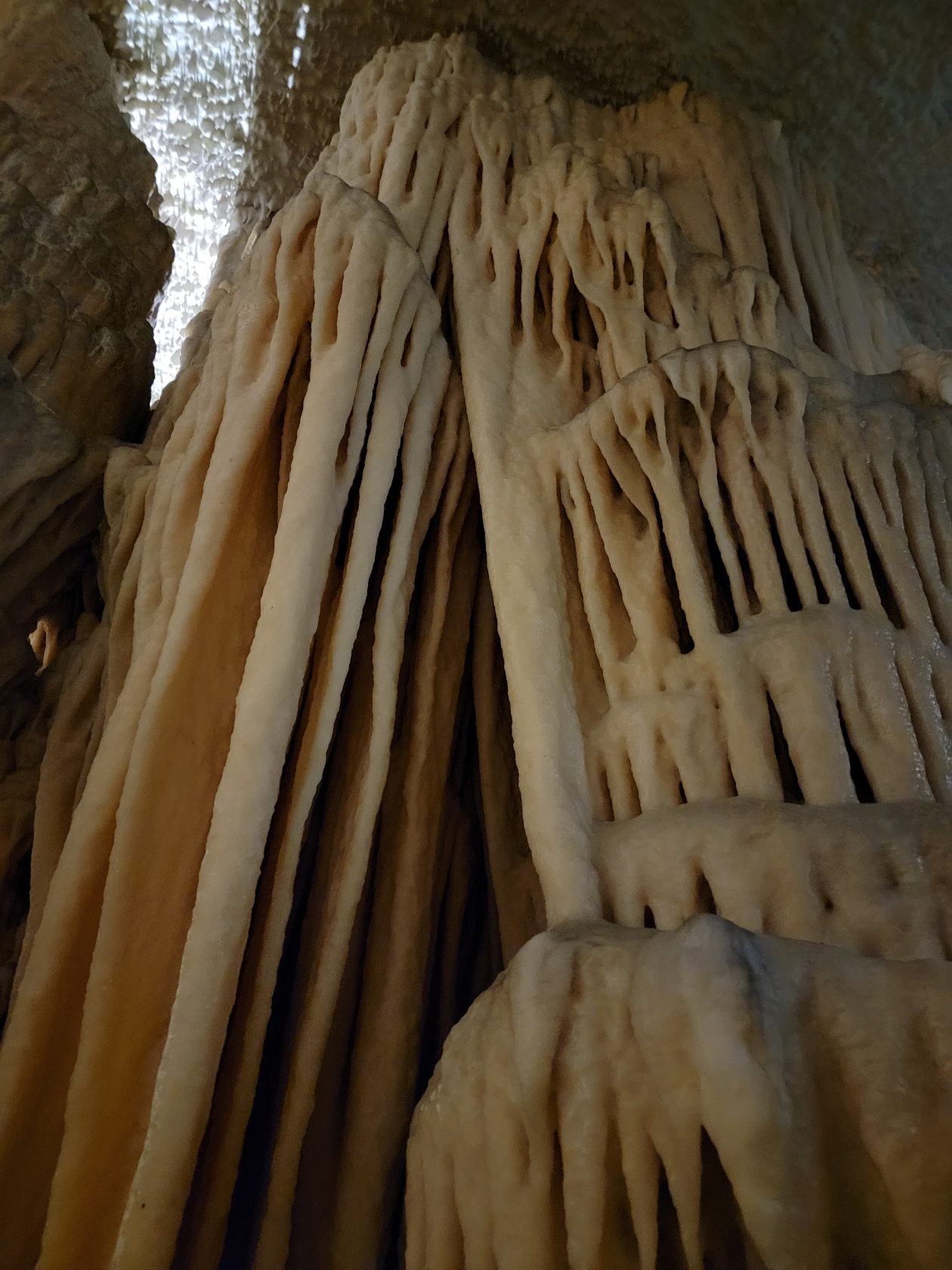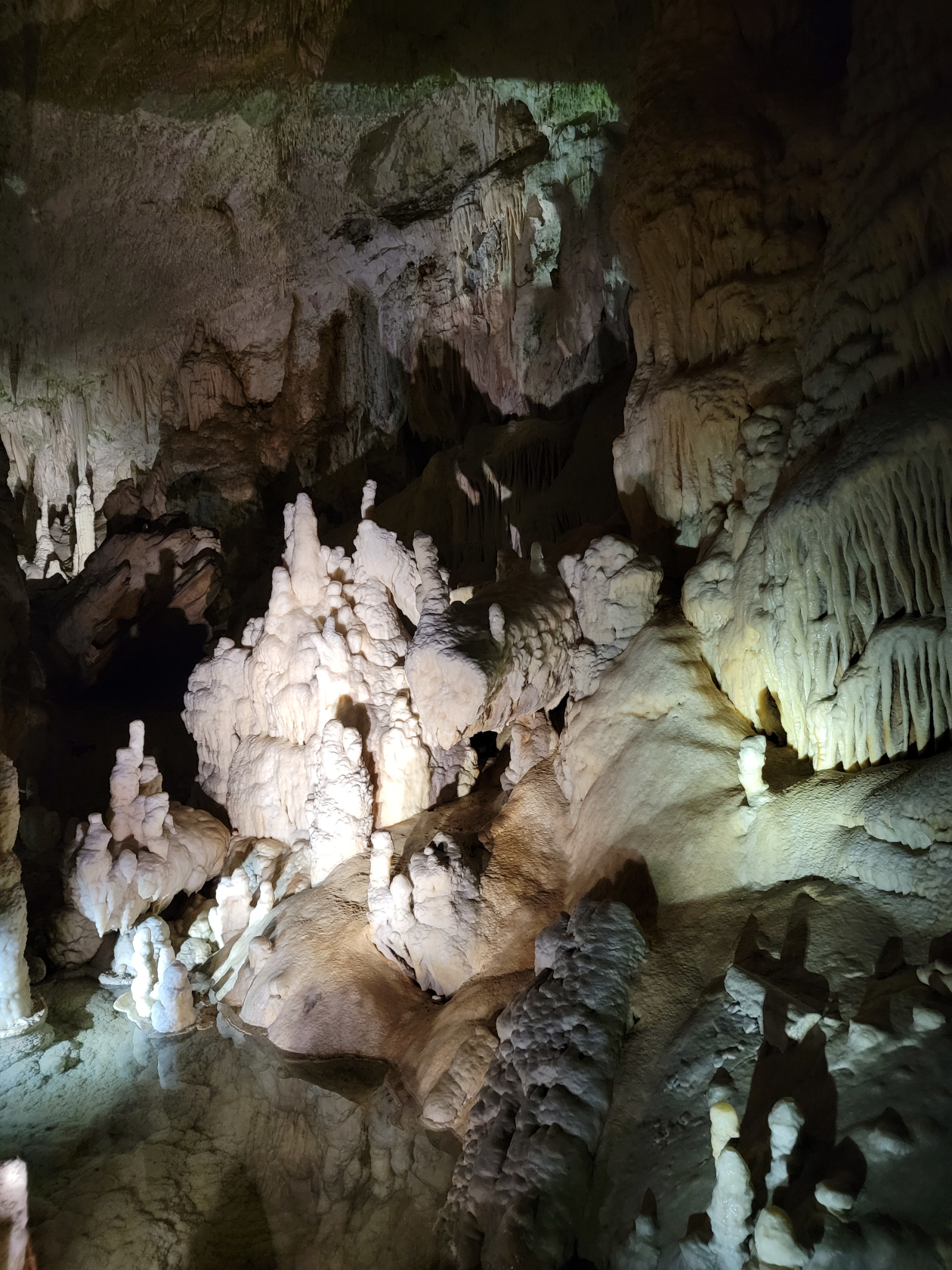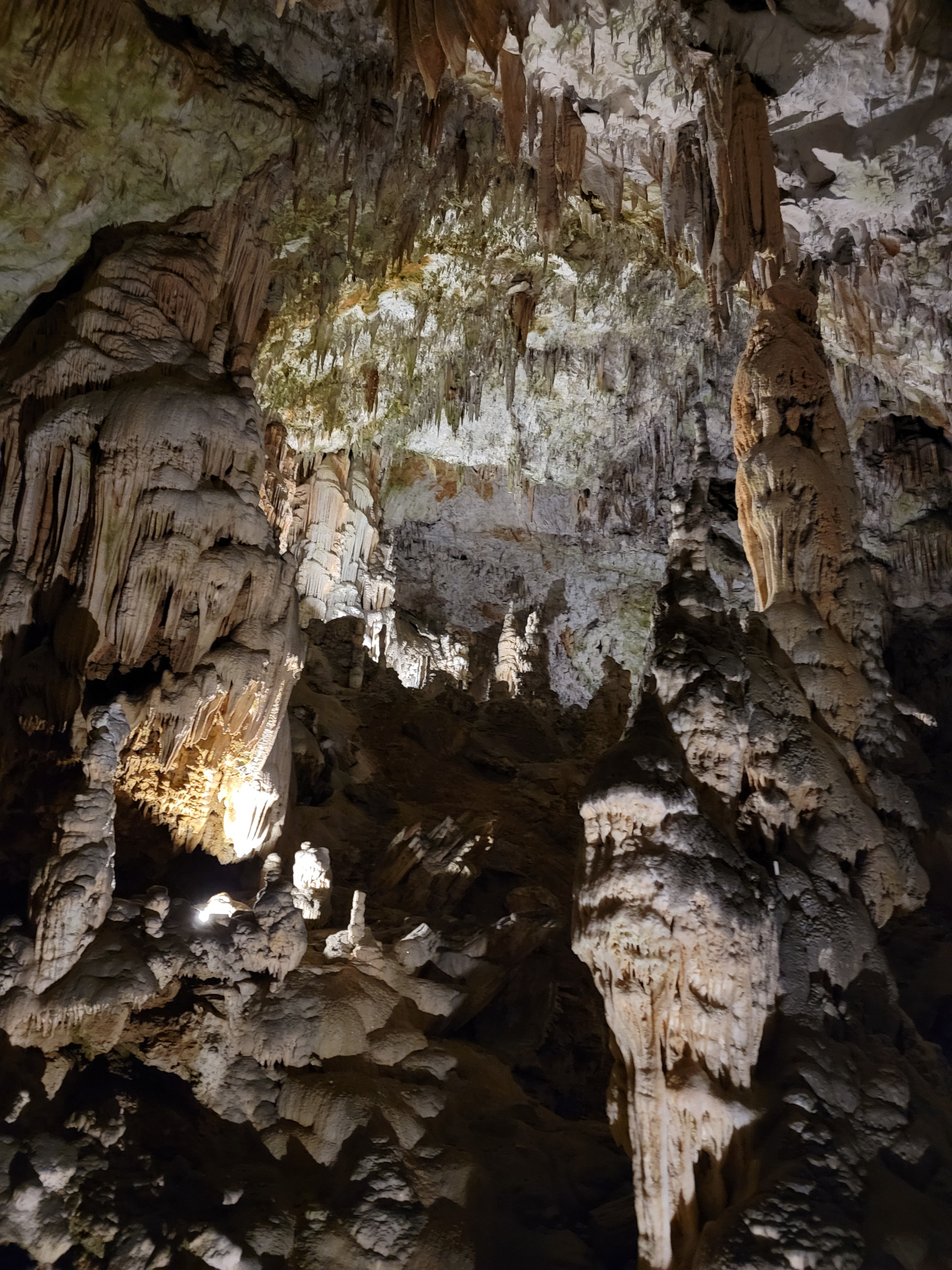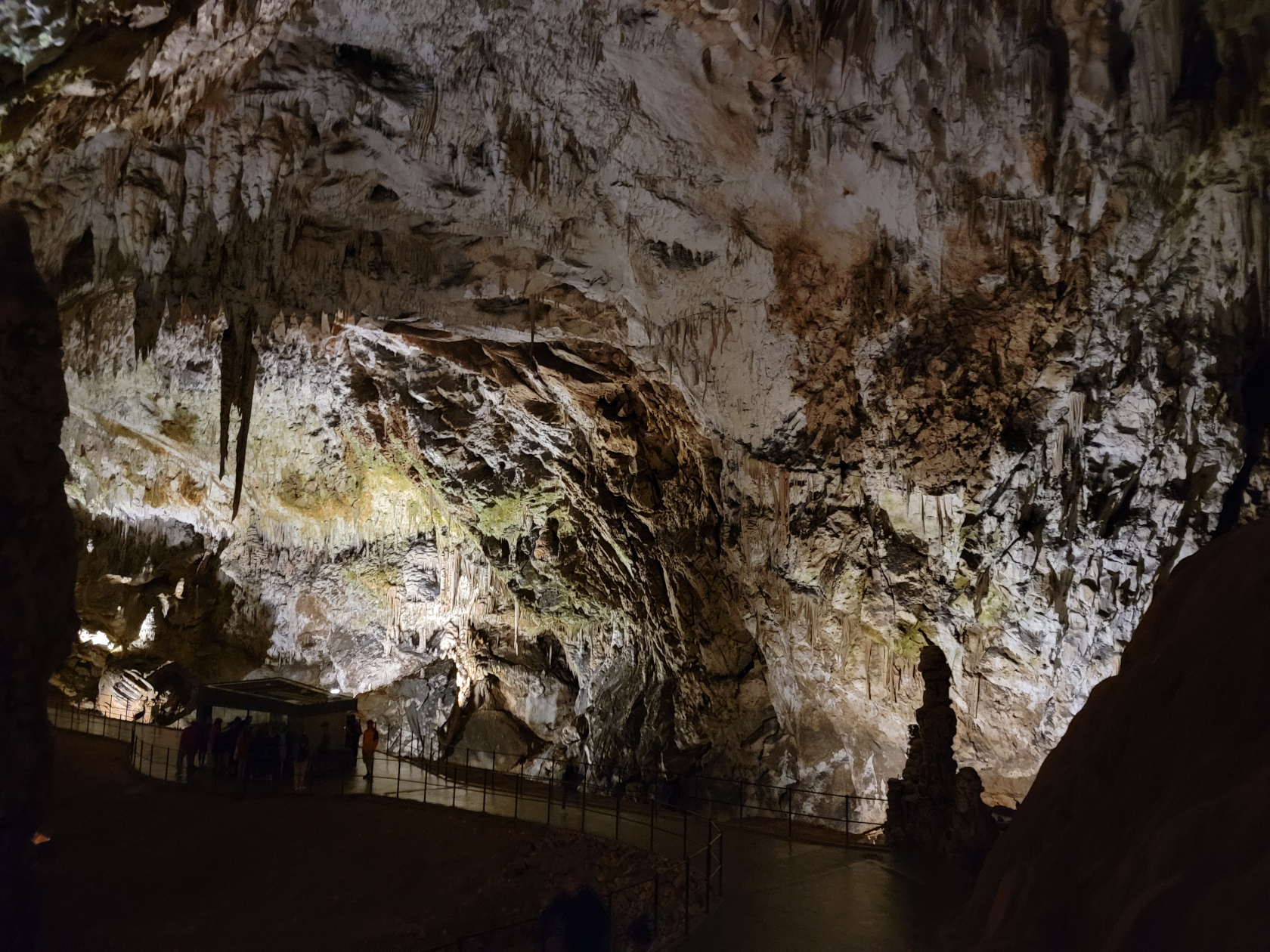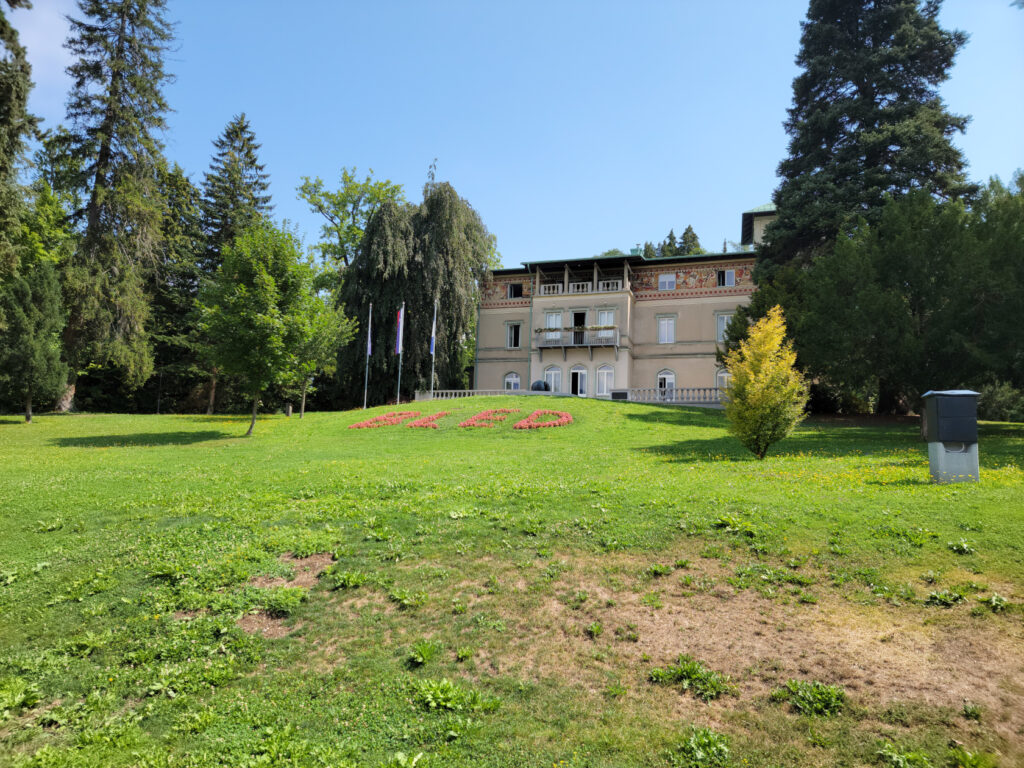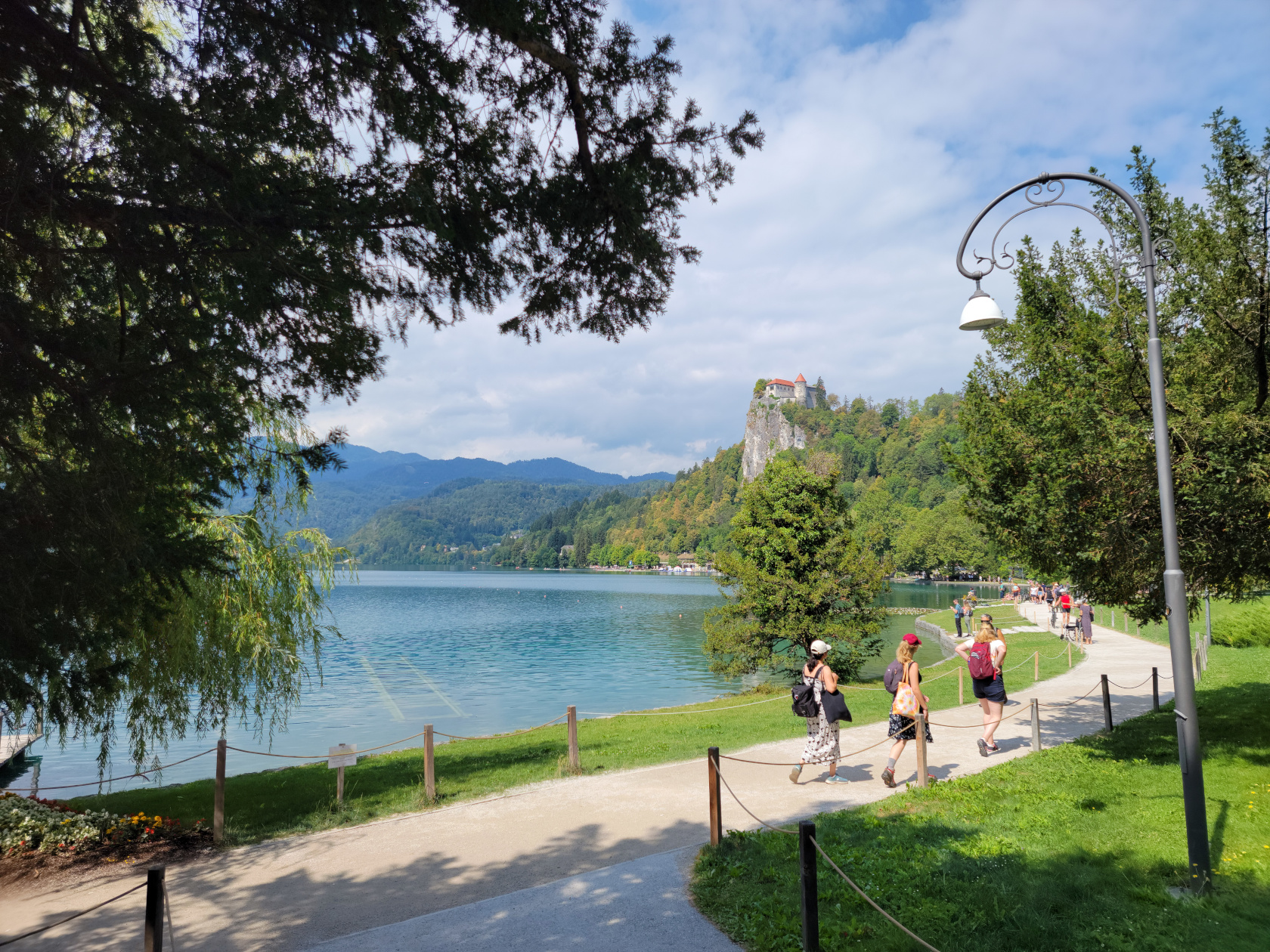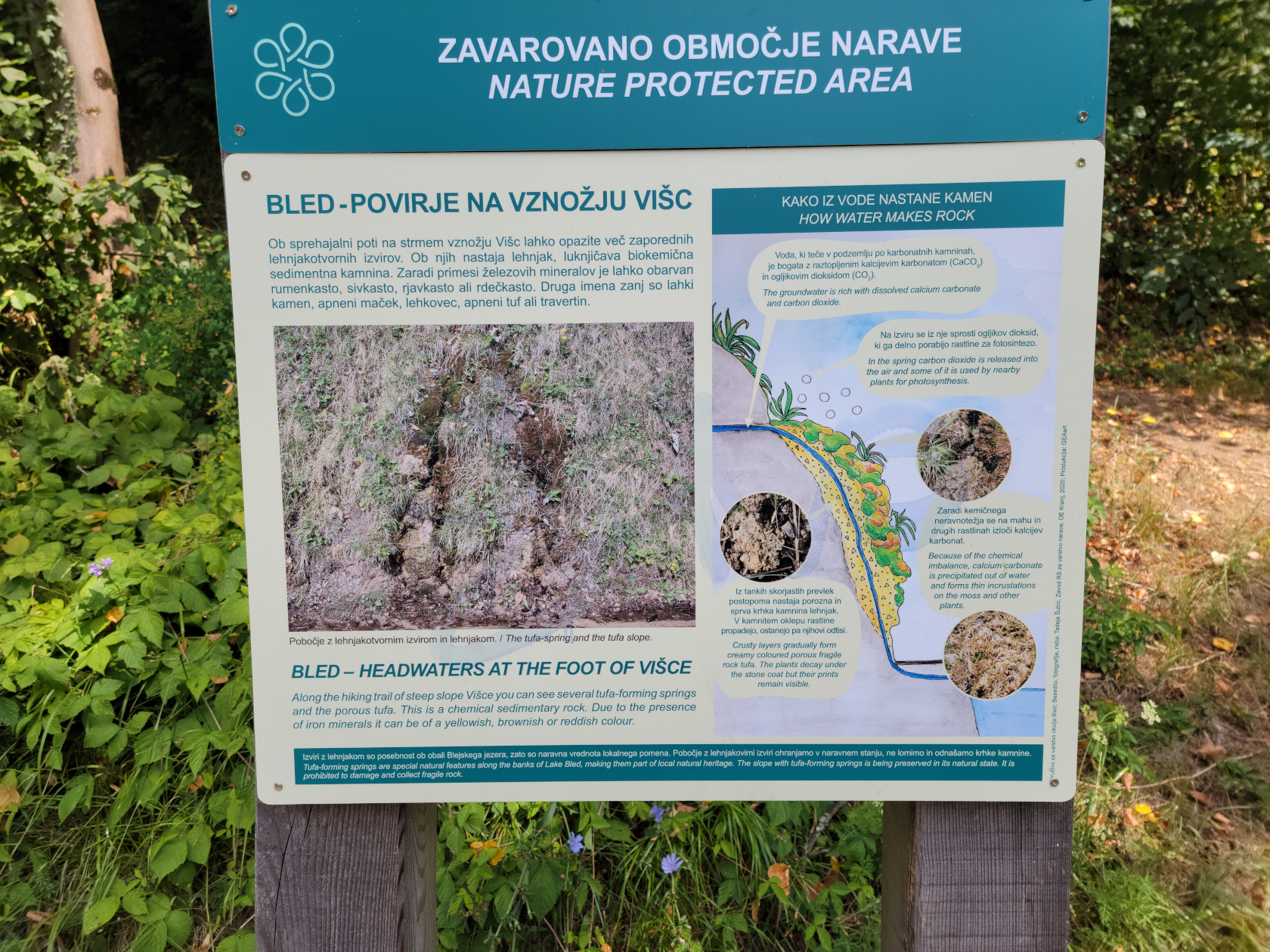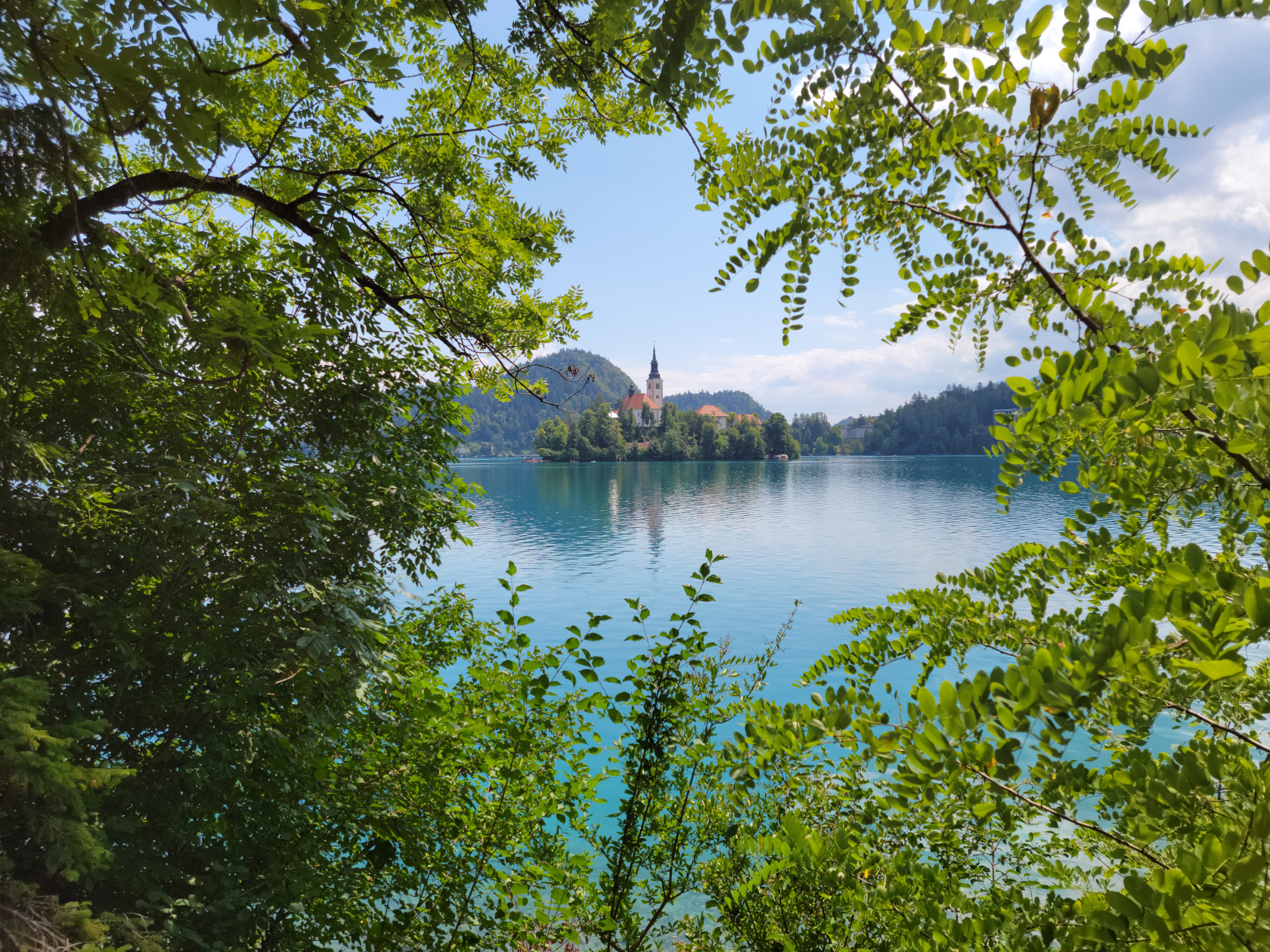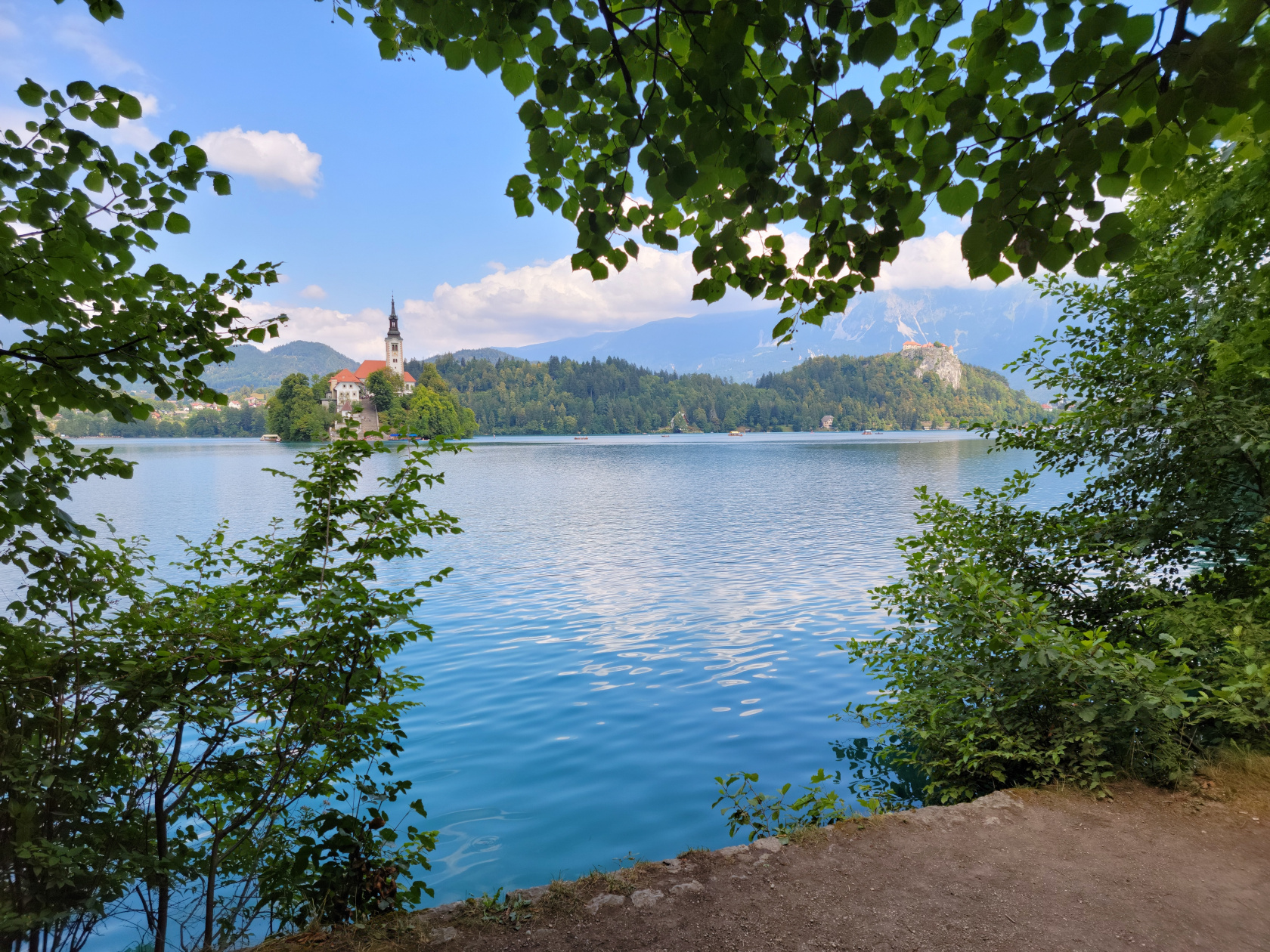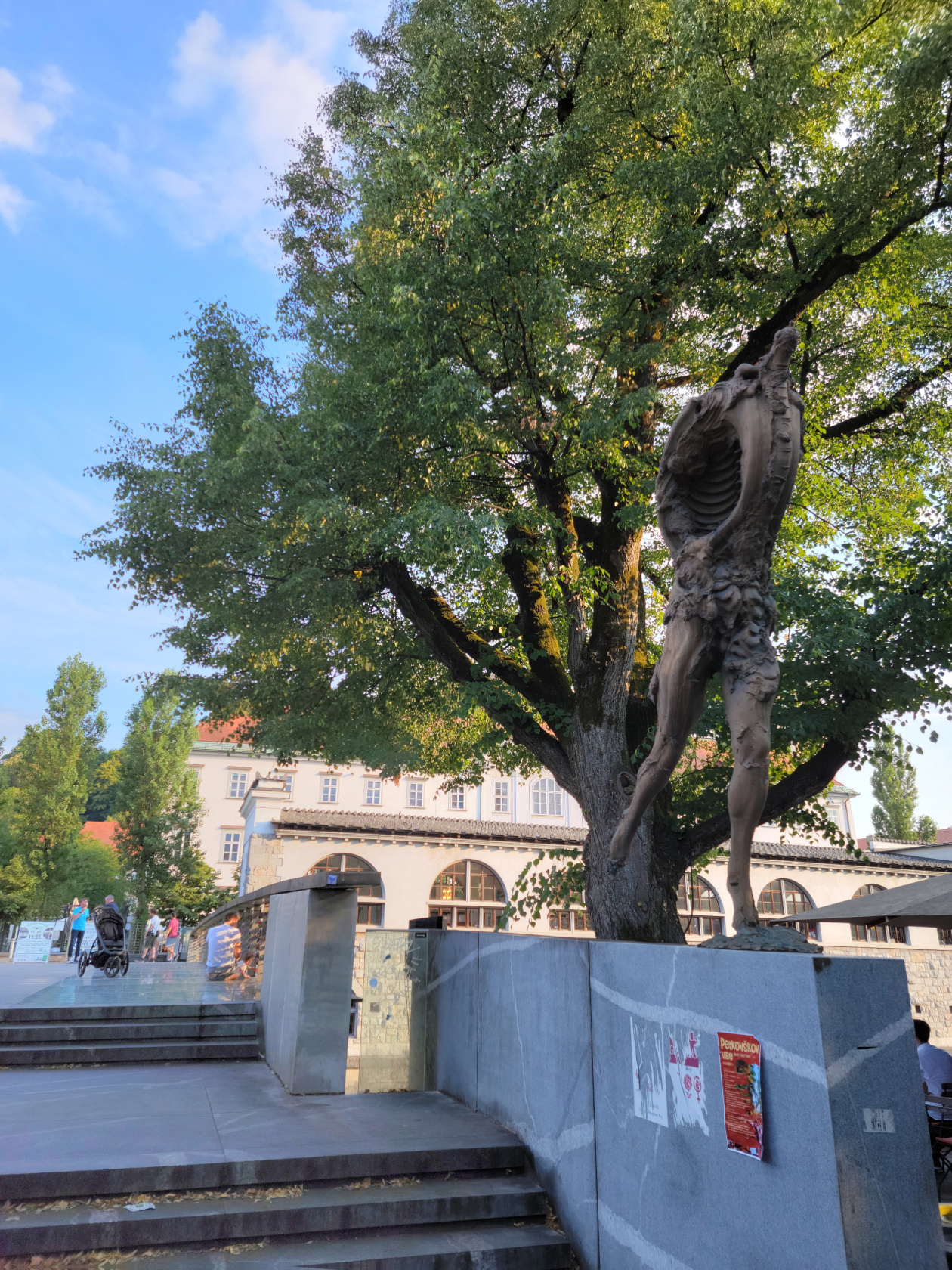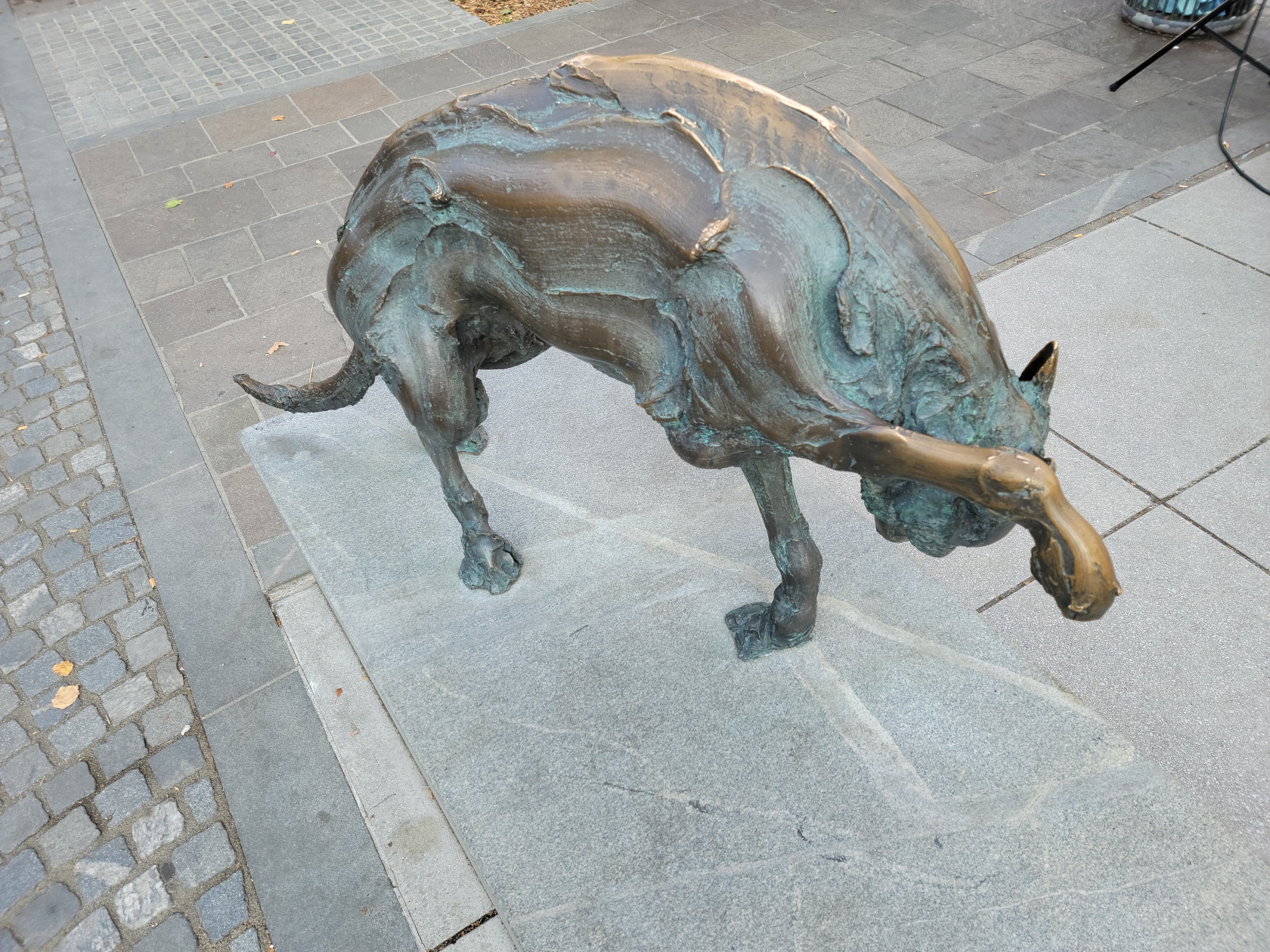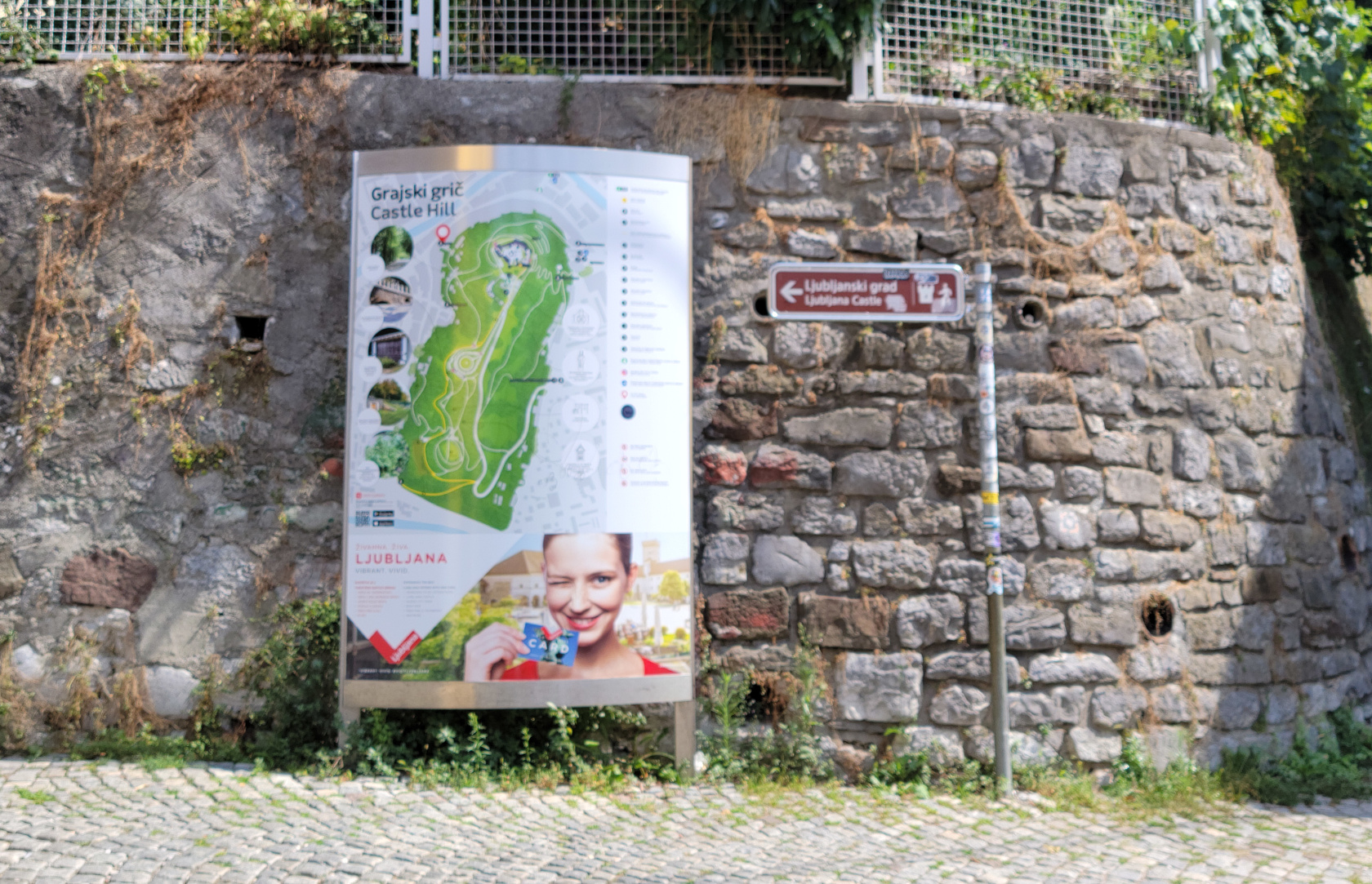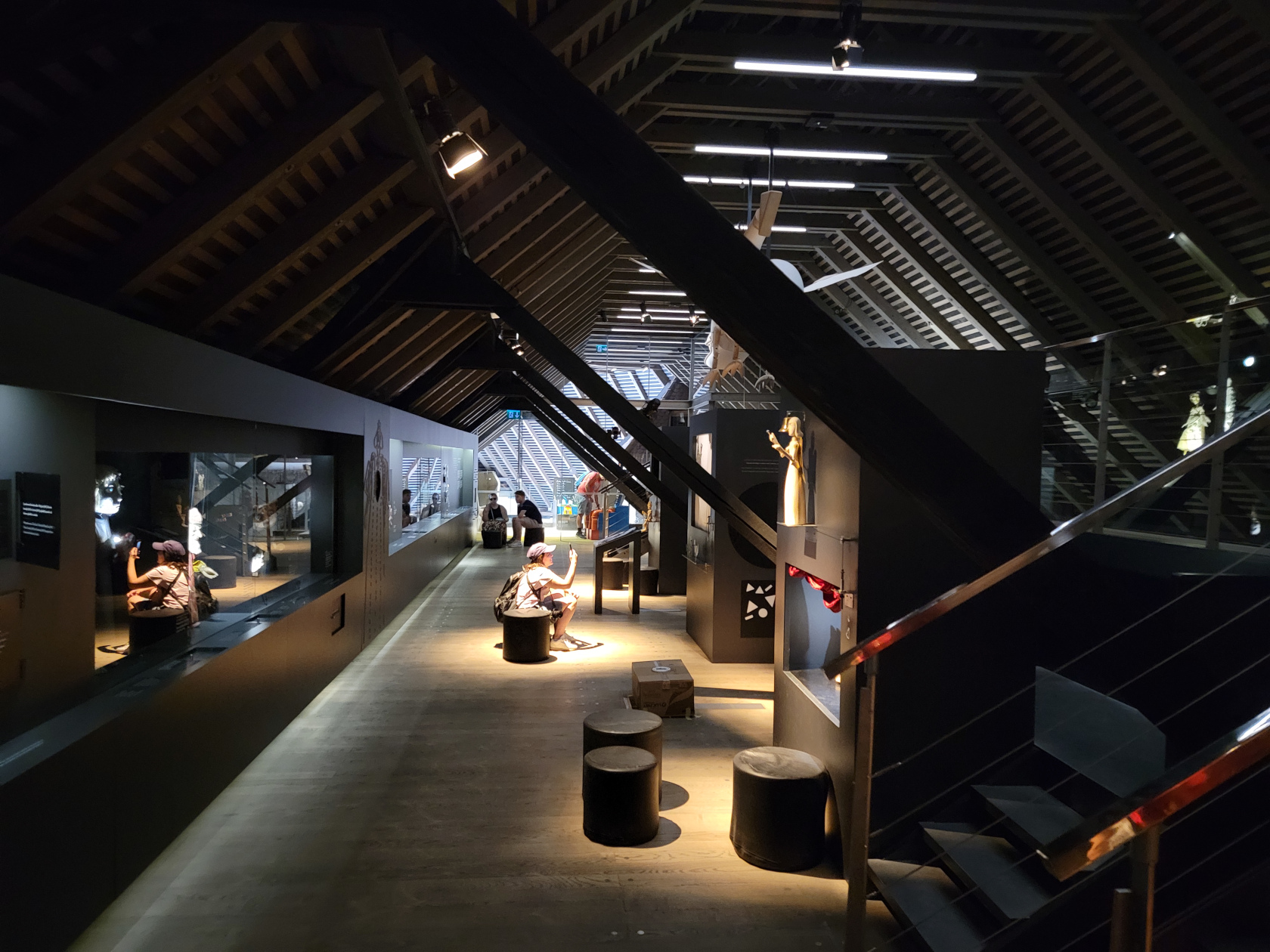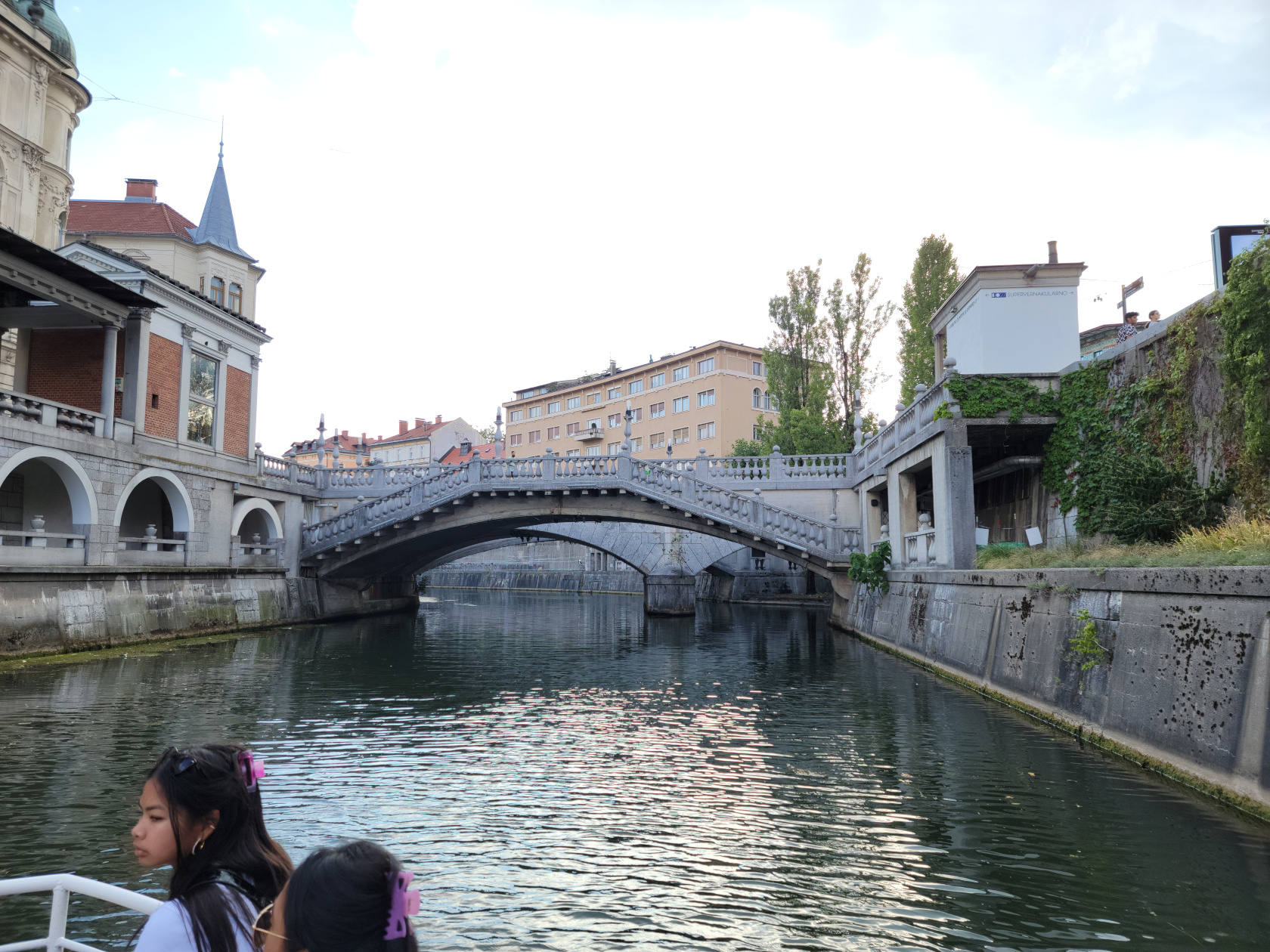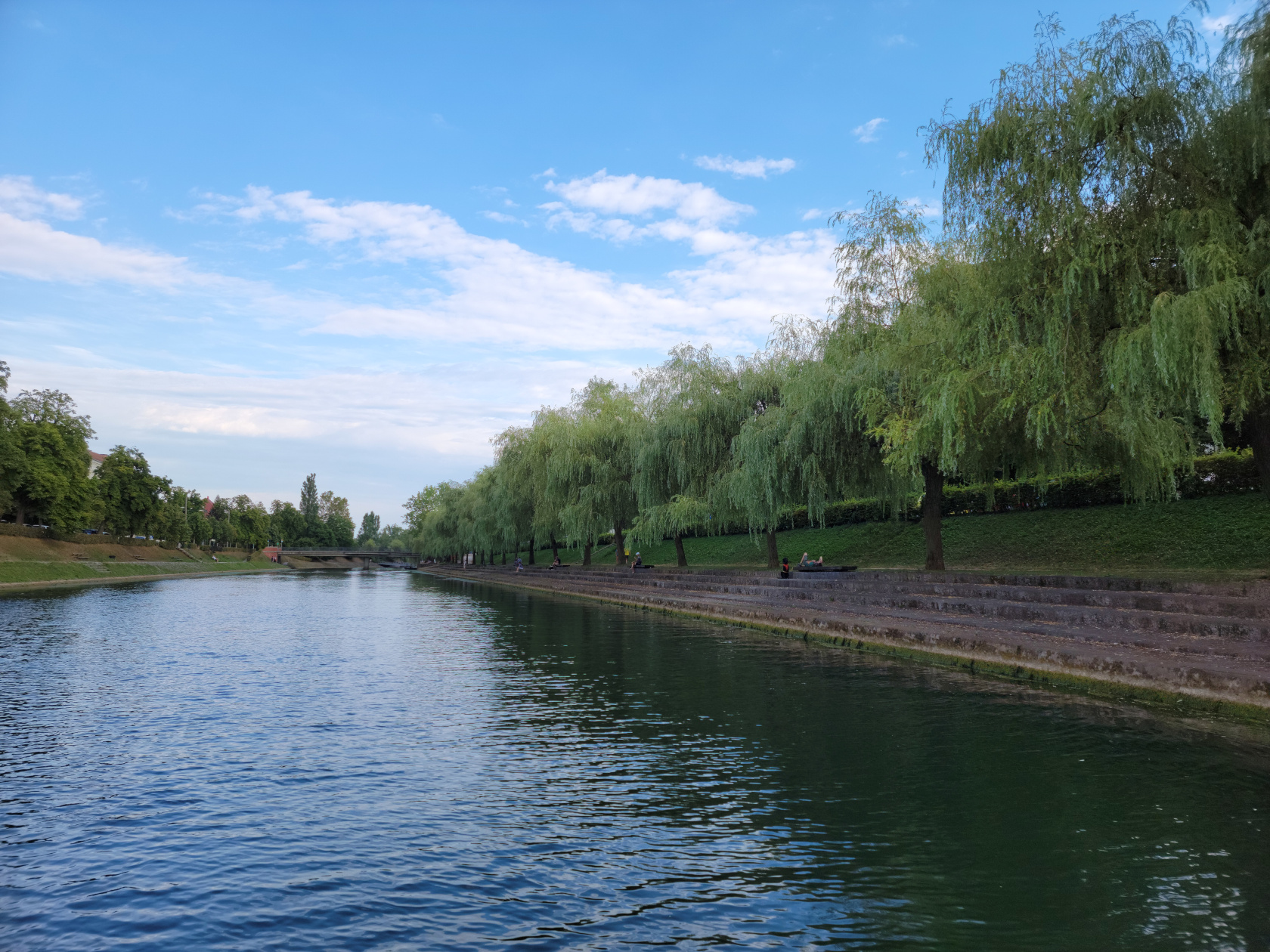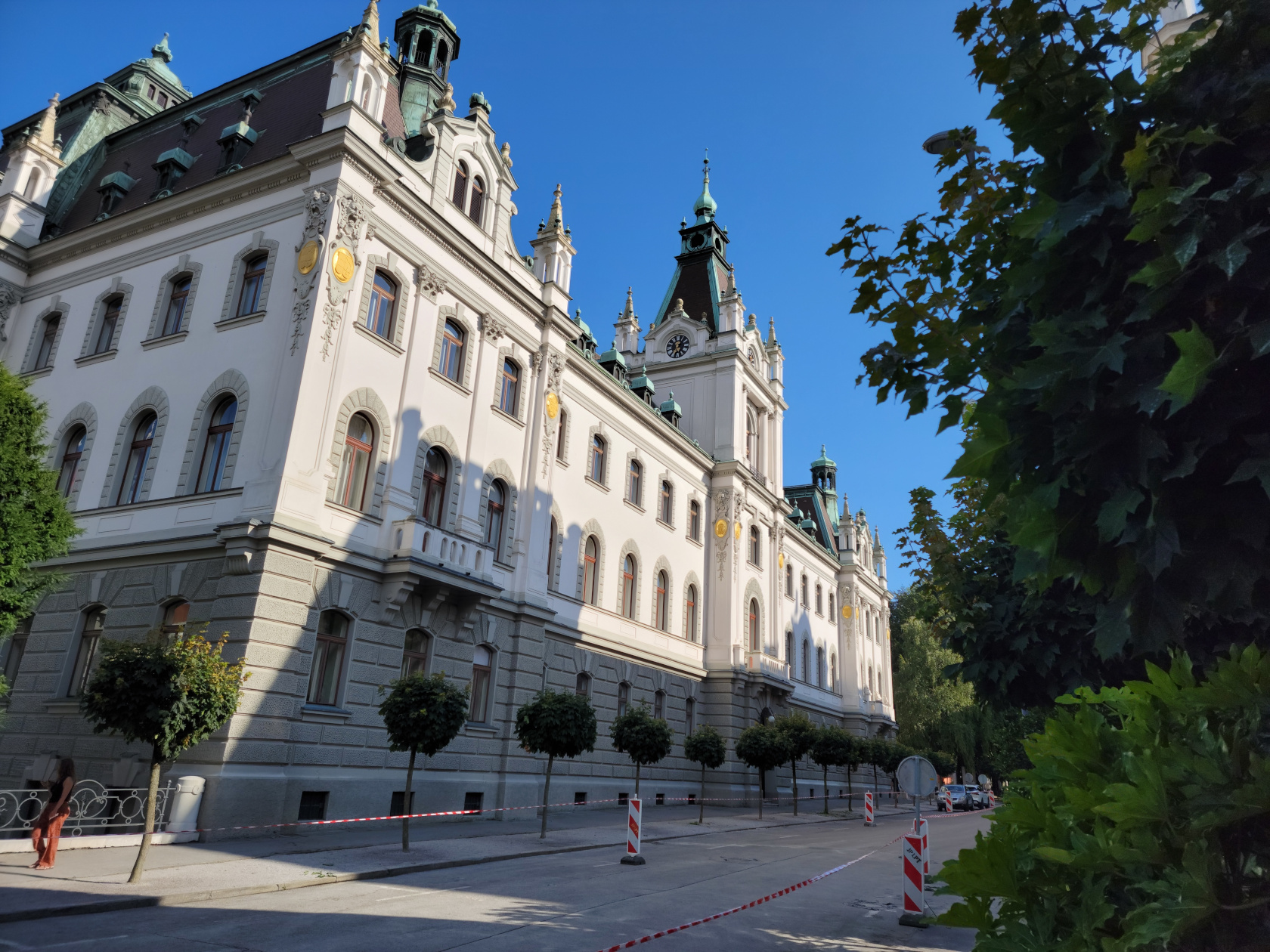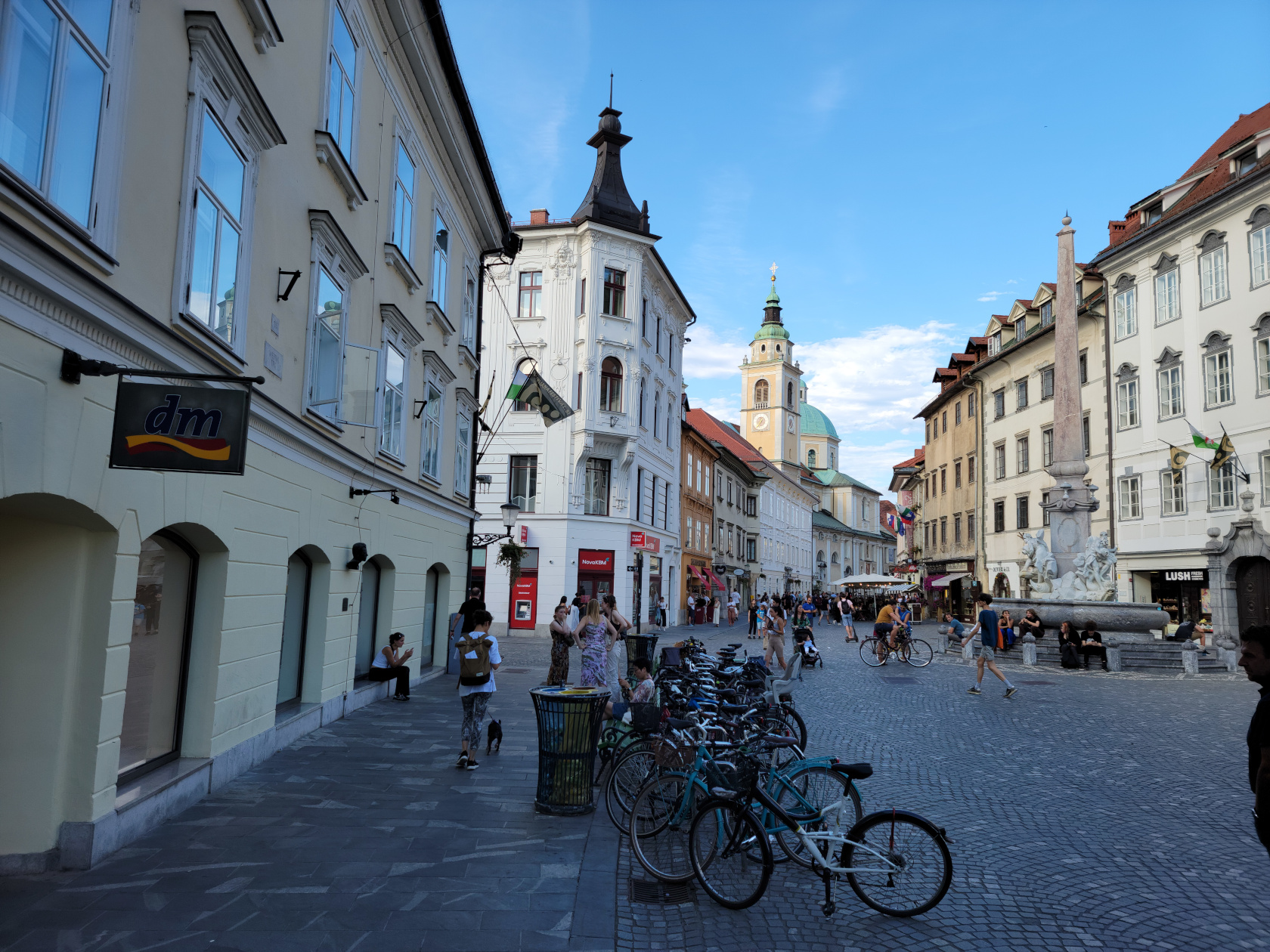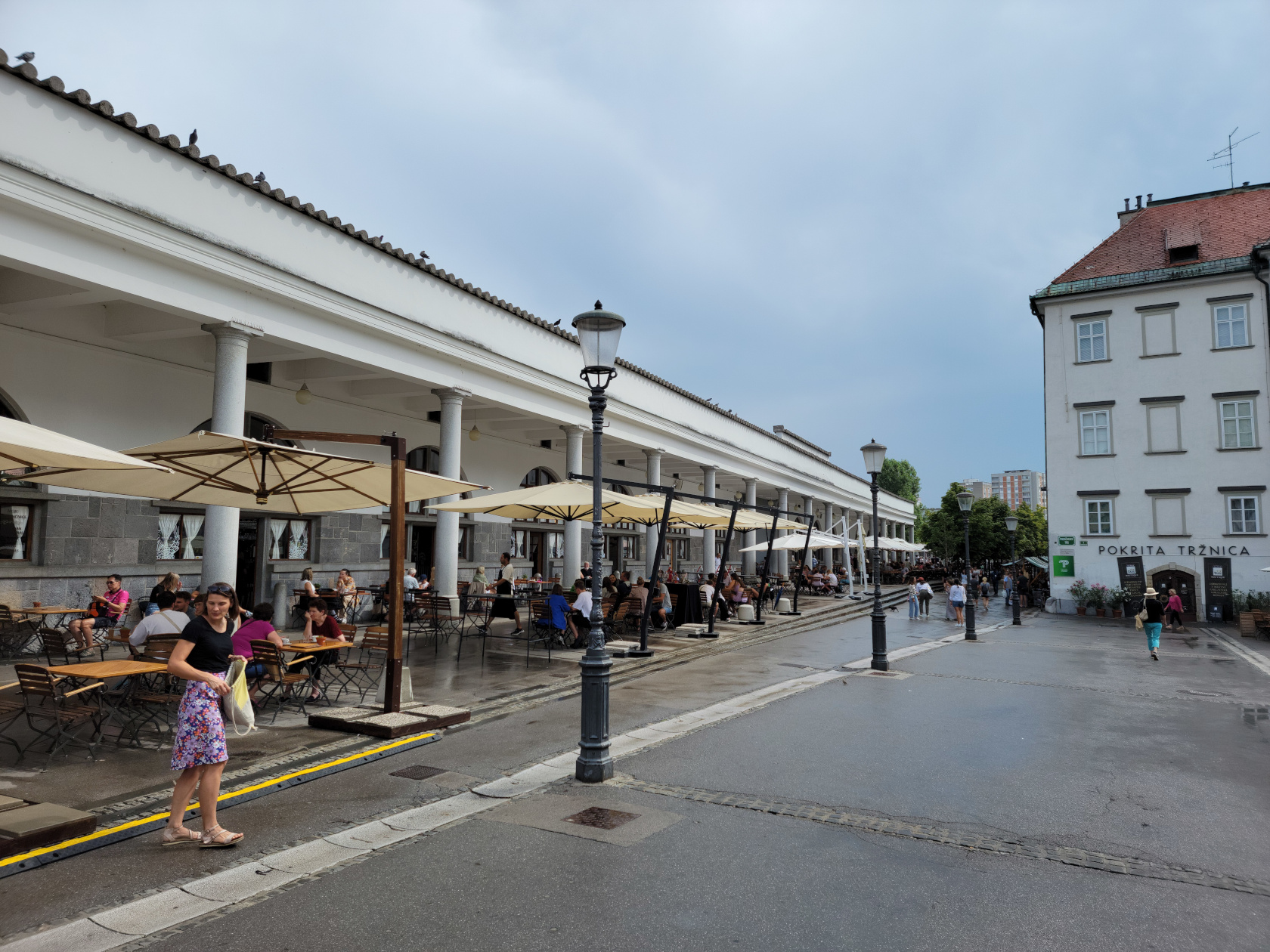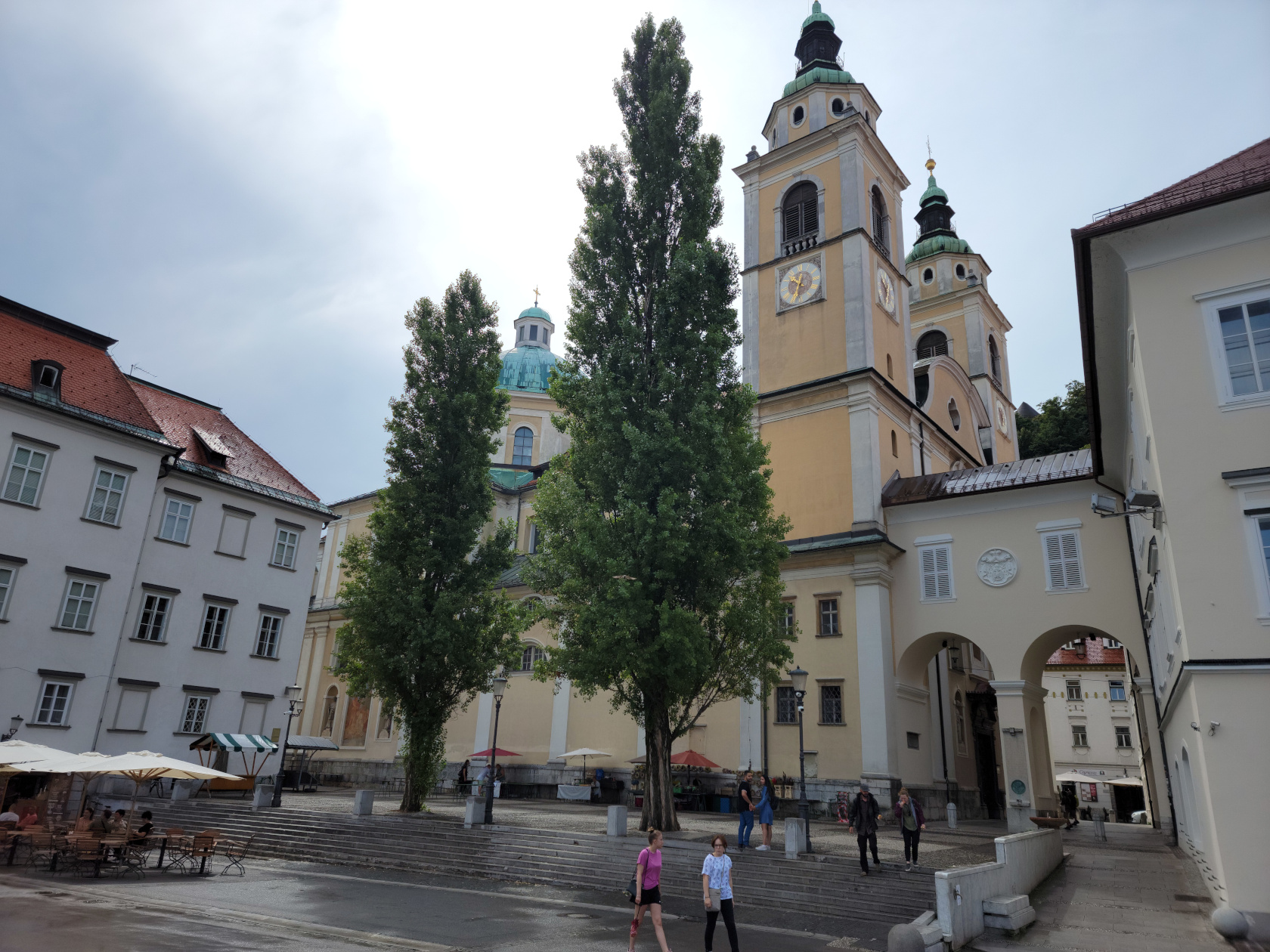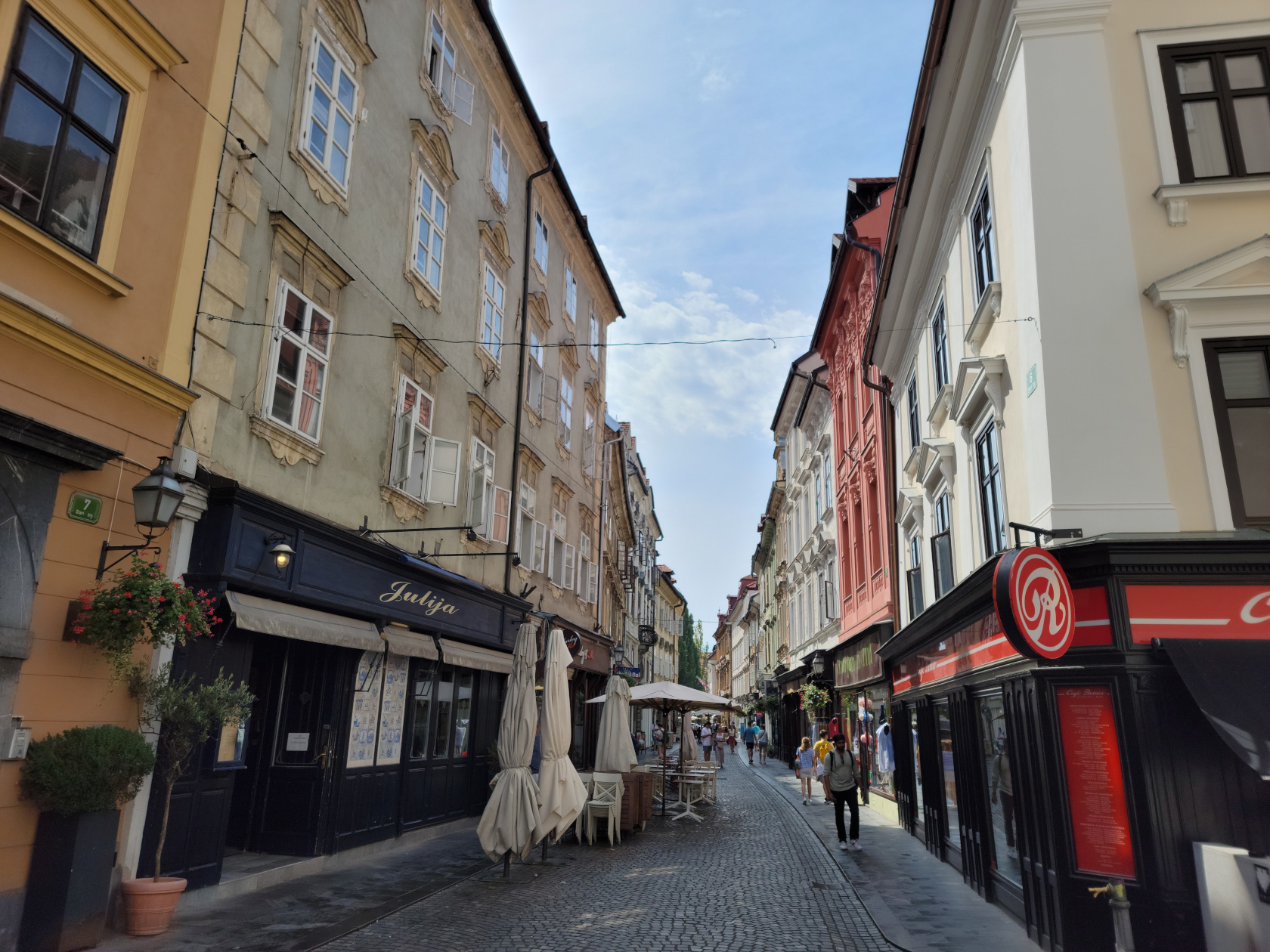Like many other people who have lived an appreciable time, there are things in my life that are not easily dispensed of nor discarded. For some, it might be an old car which holds special memories of past trips, vacations or the odd sojourn to another country. Similar items, to many other people, might hold very fond memories, where, when it comes to that point in time when the item is worn out or past its usefulness, it is time to think of discarding it. However, when and if such a personal item still appears to be in good shape, it is very difficult to make that decision. So it is for me and especially things I wear. For example, my hiking boots, they are – shall we say – my friends when I am hiking.

My Old Sole
As I related in one of my past articles this year, Villanova, Italy – Hiking to Rifugio Jervis – Up, Up, Up!, I ran into difficulty during our hike with my hiking boots, when the soles of both boots decided to start falling off. I don’t recall what made me notice it, but somewhere at the top of the climb, I saw the issue when I stopped and placed my foot on a rock.
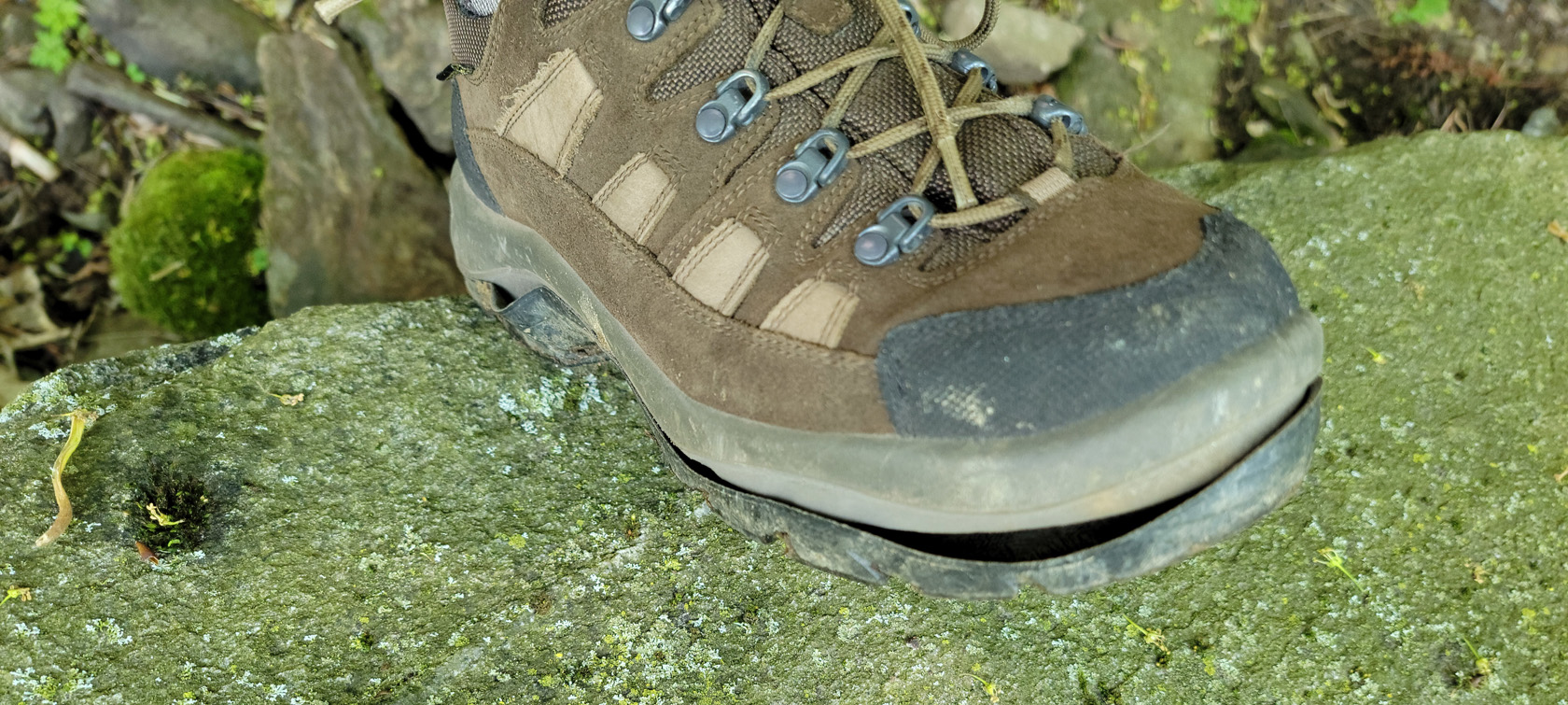
I purchased my hiking boots back in 2012 when LL Bean, the famous clothing retailer and manufacturer was having a sale. I purchased them for $125 at the time, which I think was 50% reduction from the normal price. The model was going out of style and they were probably liquidating their inventory of the item.
Guarantees In Life
As most of us know, nothing is guaranteed in life except death and taxes, is an old saying. For a very long time, LL Bean had a lifetime guarantee on most, if not all, of the products it sold. When they changed their policy, it was not doubt to staunch the amount of fraud that was occurring with its products on the second hand market and for other reasons, which was never the intention of its guarantee.
It was not my intention when I contacted LL Bean to invoke an old guarantee policy, that was in force when I purchased my boots. I acted in good faith to determine if they could repair my boots, and inquired about the process. What I got in return from their support group, left me somewhat dismayed and nonplussed.
I am so sorry you have experienced this issue. If you’re not satisfied, you can return or exchange an item within 1 year with proof of purchase. After a year we will accept returns of defective items on a case by case basis.
If after viewing the special conditions and if you feel they do not apply, you are welcome to send this item to our returns department for their evaluation with the original order number. Our returns department or retail representatives will determine if the return is accepted once they have the item in hand.
So after reading the above, I still thought that the glue that was used to weld the sole onto the boots was defective and inquired on whether or not they could repair it. The reply I received was to the affect that I would have to send the boots in to determine if this could be done. If they decided the glue was defective, they would not repair the boots, but rather send me an equivalent pair of boots of their choosing.
Anyone who has hiked enough in very comfortable boots will tell you, it’s not easy to find a good comfortable pair. Some even have to be broken in and at my age that might take too long.
I tried to reason with them via email and explained to them I did not want a new pair of boots. All I wanted was for their repair department to glue the soles back onto the boots and send them back and inquired about the cost. They replied that they probably could not repair the boots since they were so old and sending a new pair was the only option.
Therefore, I choose to keep my boots and decided to find some time in between our travels to research any local options we might have in Turin and Piedmont.
Il Mago Della Scarpi
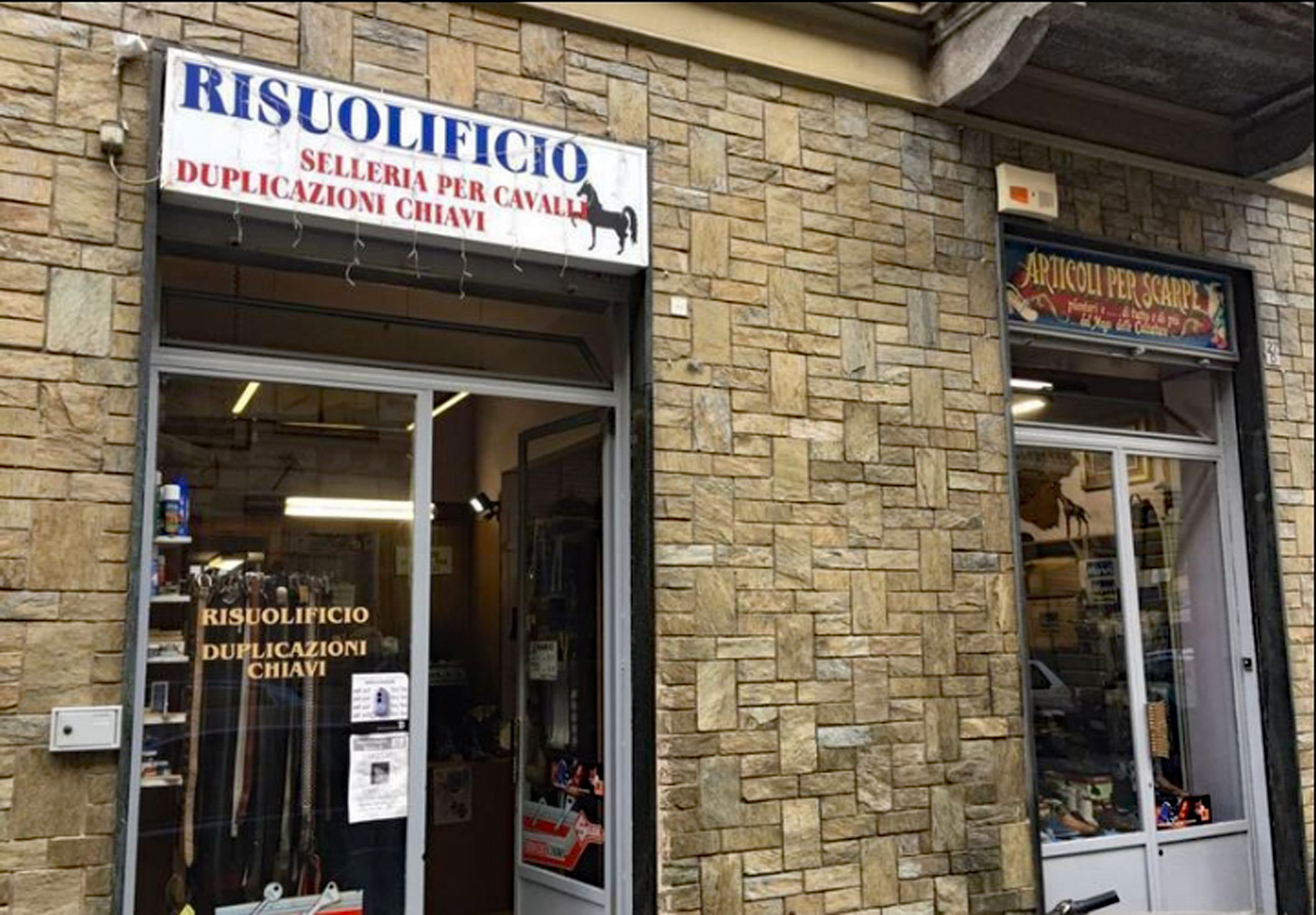
Our local shoemaker in Turin is named Alex. He has a nice little shop on via Eusebio Bava, across the Piazza Vittorio Veneto from us. I initially tried to contact him in early August, but his shop was closed due to Ferragosto. This is when most Italians head for the hills for the beach in commemoration of the fifteenth of August, and normally last about two weeks, or until the first Monday in September. However, I was in luck, Alex came back early and I was able to get in to see him this week.

I brought my cache of boots in a plastic sack and quietly entered the store. His daughter was playing by the cash register, while Alex was off to the left, doing what shoemakers do, repairing shoes. I introduced myself and showed him my boots. He took one, bent the sole down and scratched the inner sole adhesive and said they could be fixed in Italian. He handed me a ticket, #97 and said to return in four days. I replied thank you very much and have a very good day, departed the store and went home.
I returned after my four day hiatus to see what Alex had done to my hiking friends. He related to me it was no problem to fix them and one of his helpers handed me two separate clear plastic bags from off the high shelves behind him with my boots in them. I took them out to get a very good look at them, before finishing the transaction. All I saw was an excellent job.
I was very happy, they look for all intents and purposes, brand new! Elated, I asked him how much did I owe him in Italian and his reply amazed me even more – 4€. I asked him, each? He said, No, total. I didn’t know what to say. I gave the man 6€, a 50% tip! He was very happy, I was happy and I am pretty sure my boots were happy too. As you can see by the photographs above, they are like me, old soles, but not yet ready for the dumpster. To add to the irony, they were originally made in Italy. So, I guess, they had to come back home in order to get properly fixed anyway. The way things just work out, lends some credence to Karma, for better or worse.
My last thought on the matter: I am guessing if LLBean were to repair them, it would probably have cost me anywhere in the neighborhood of $50, upto the original cost of the boots themselves and perhaps even more. That is just a guess, but probably pretty accurate for America’s throw-away society.
